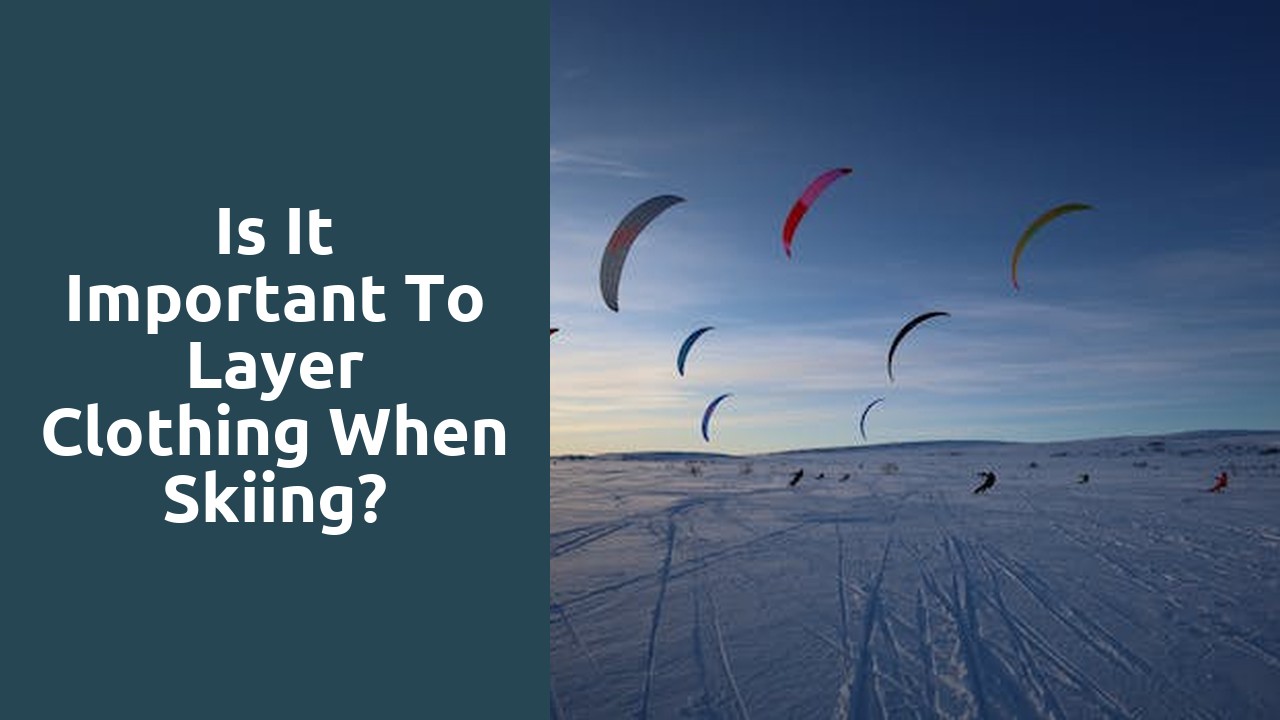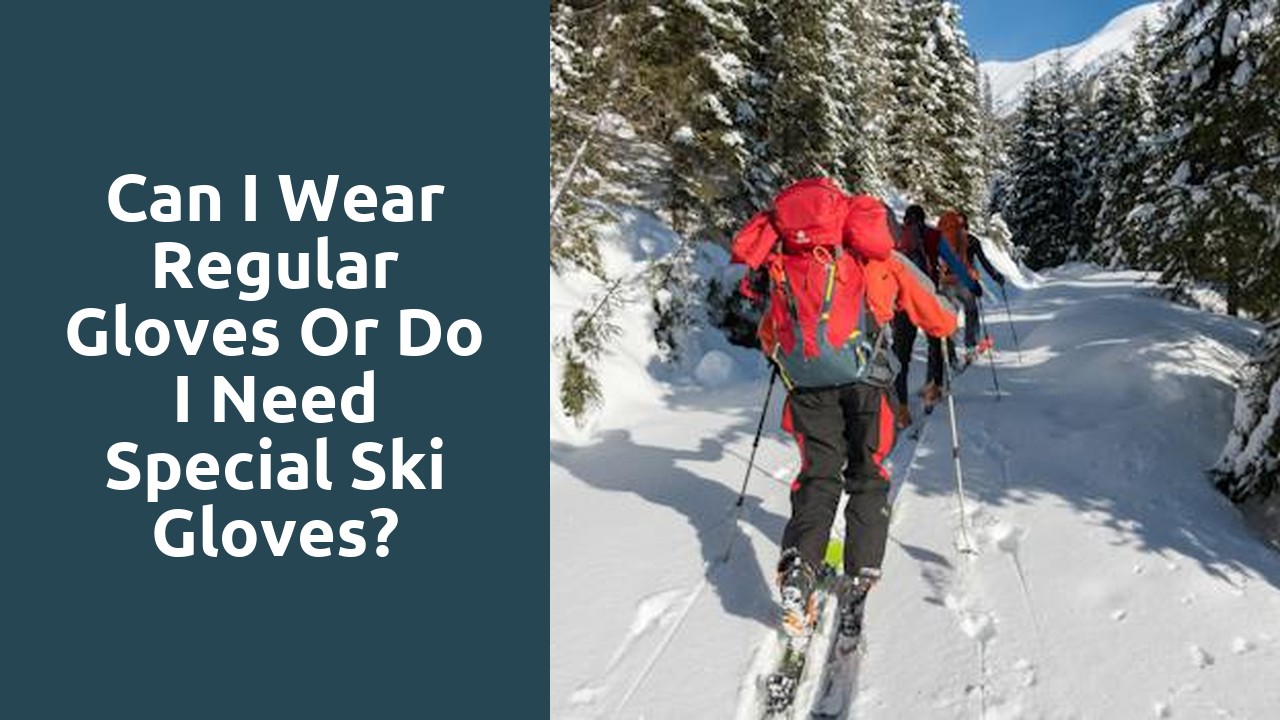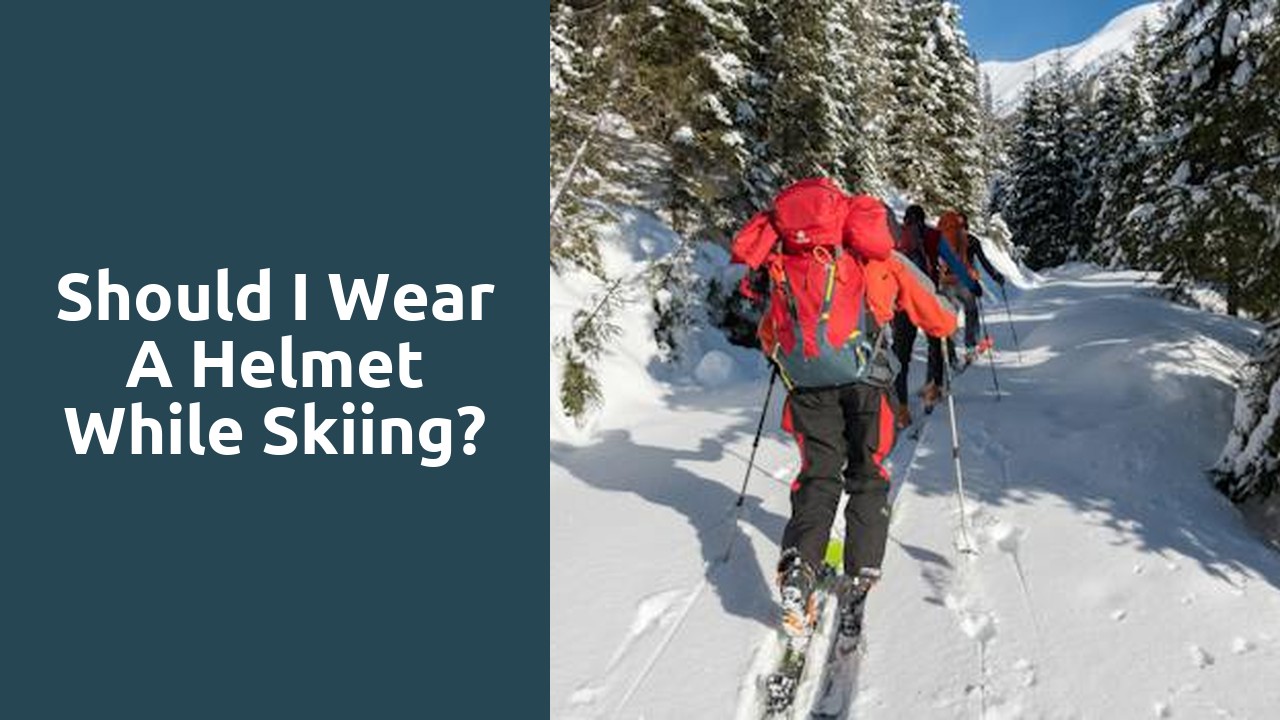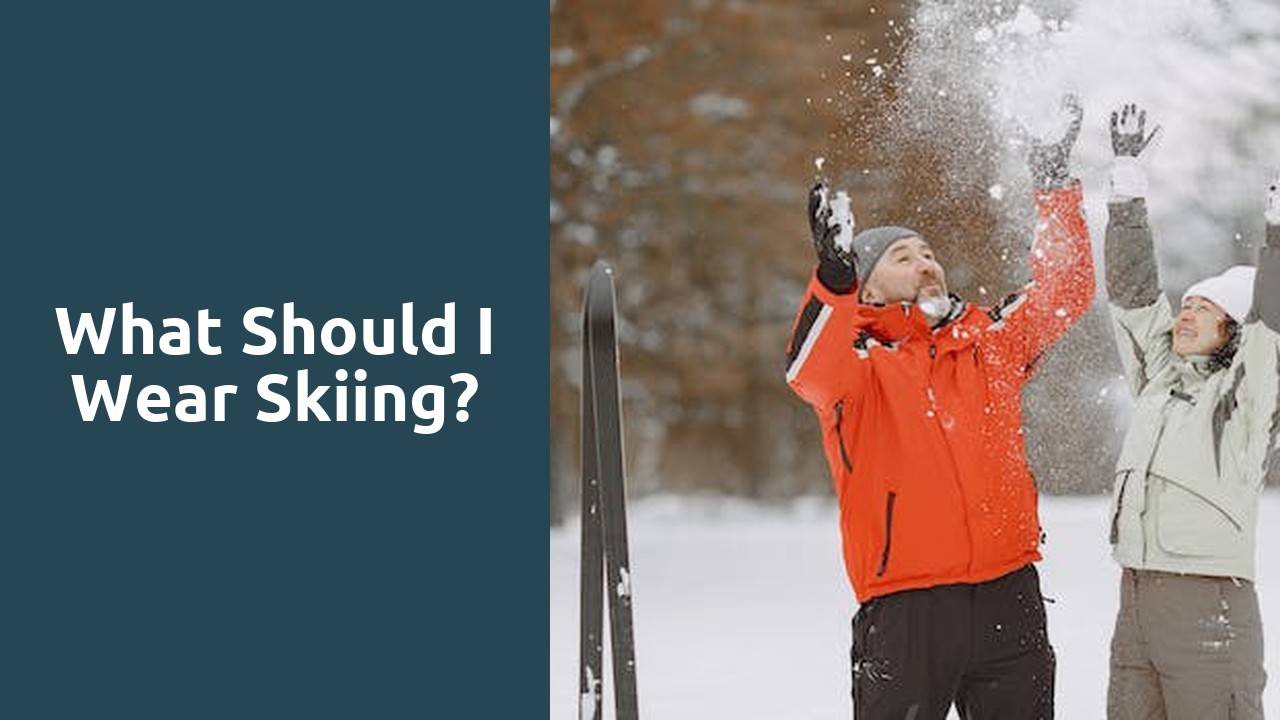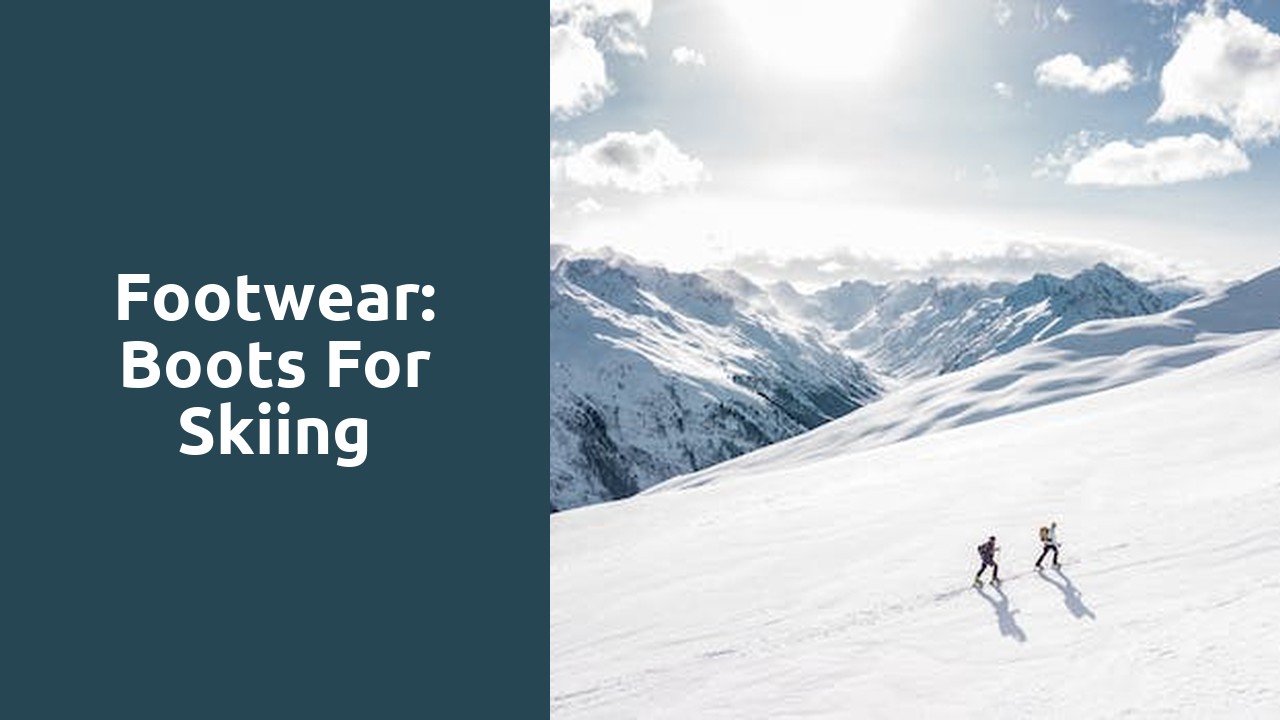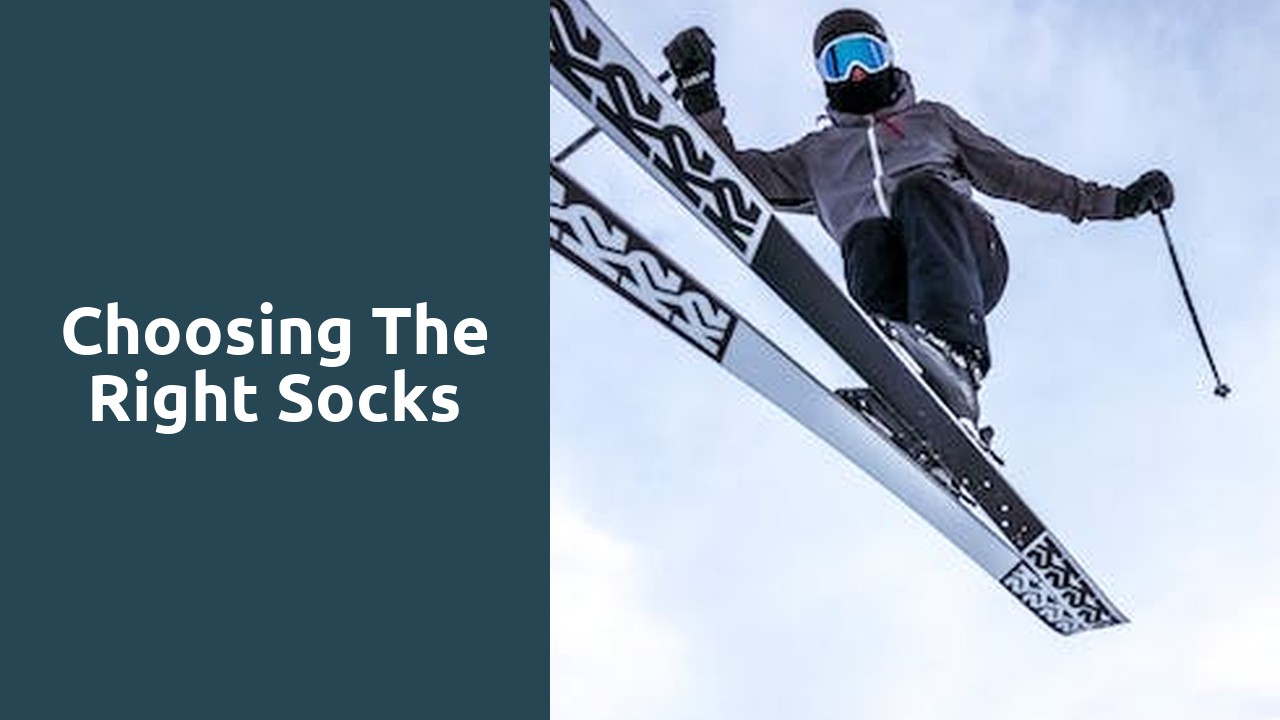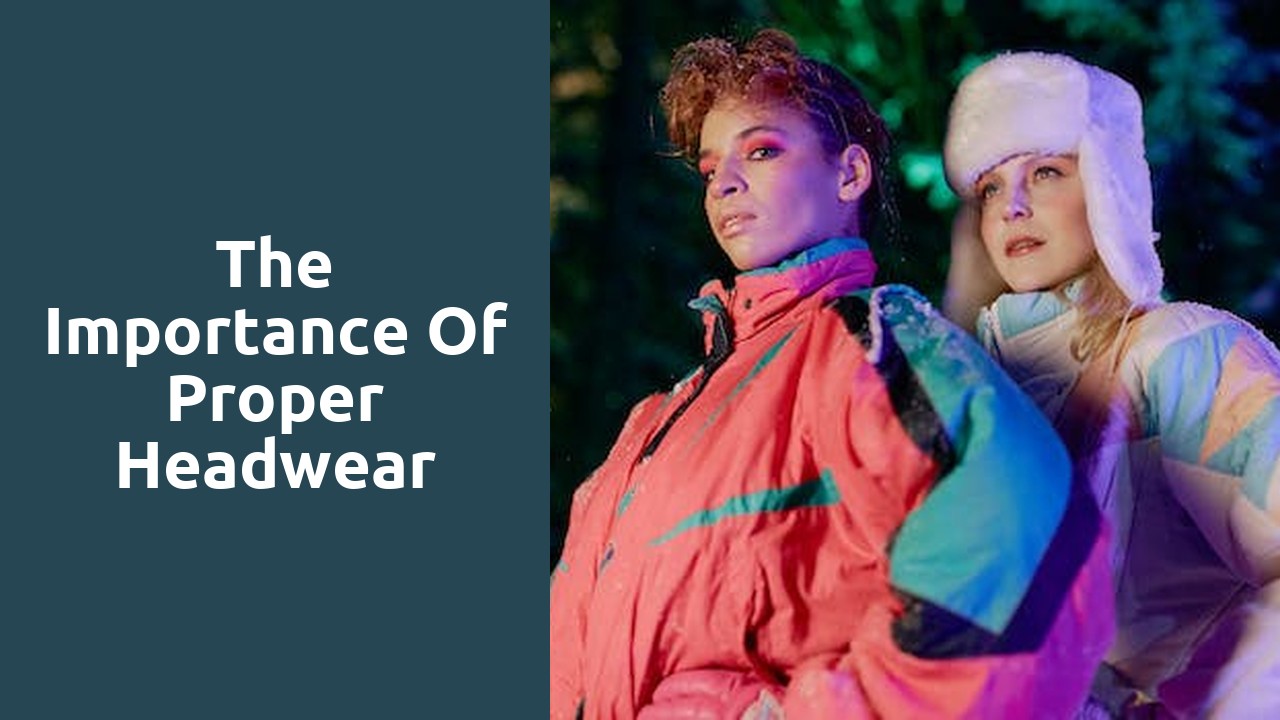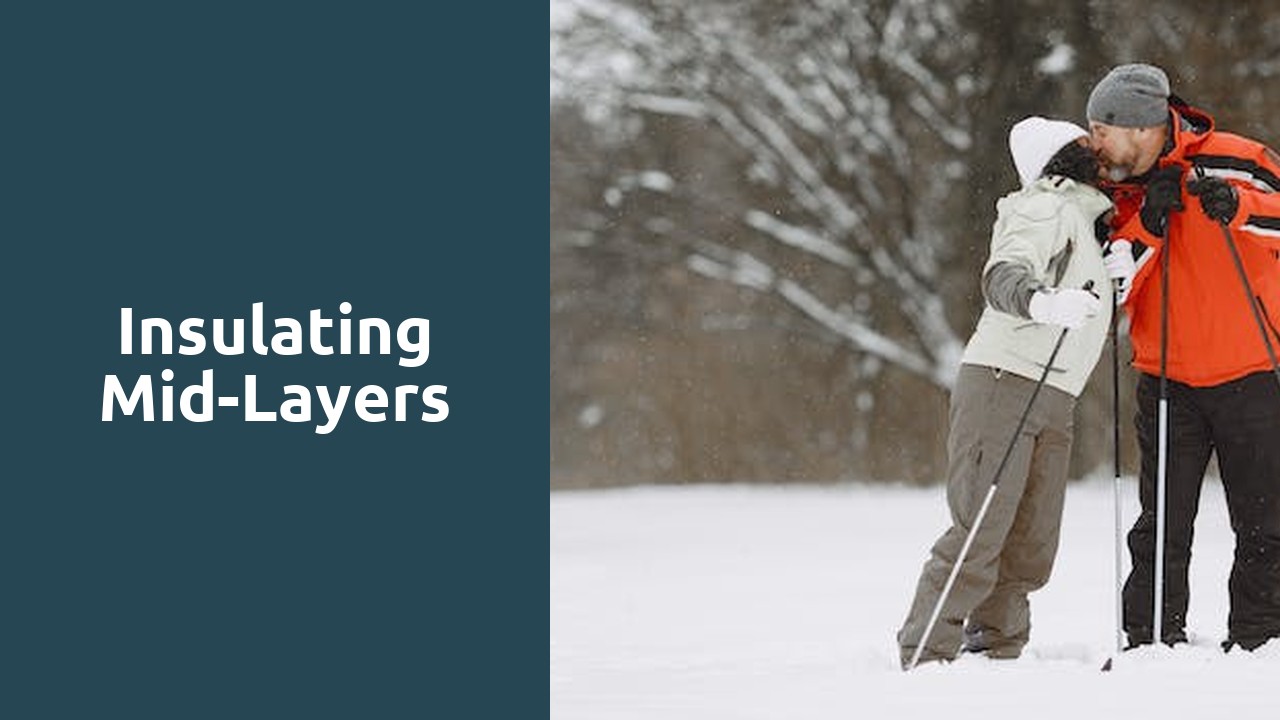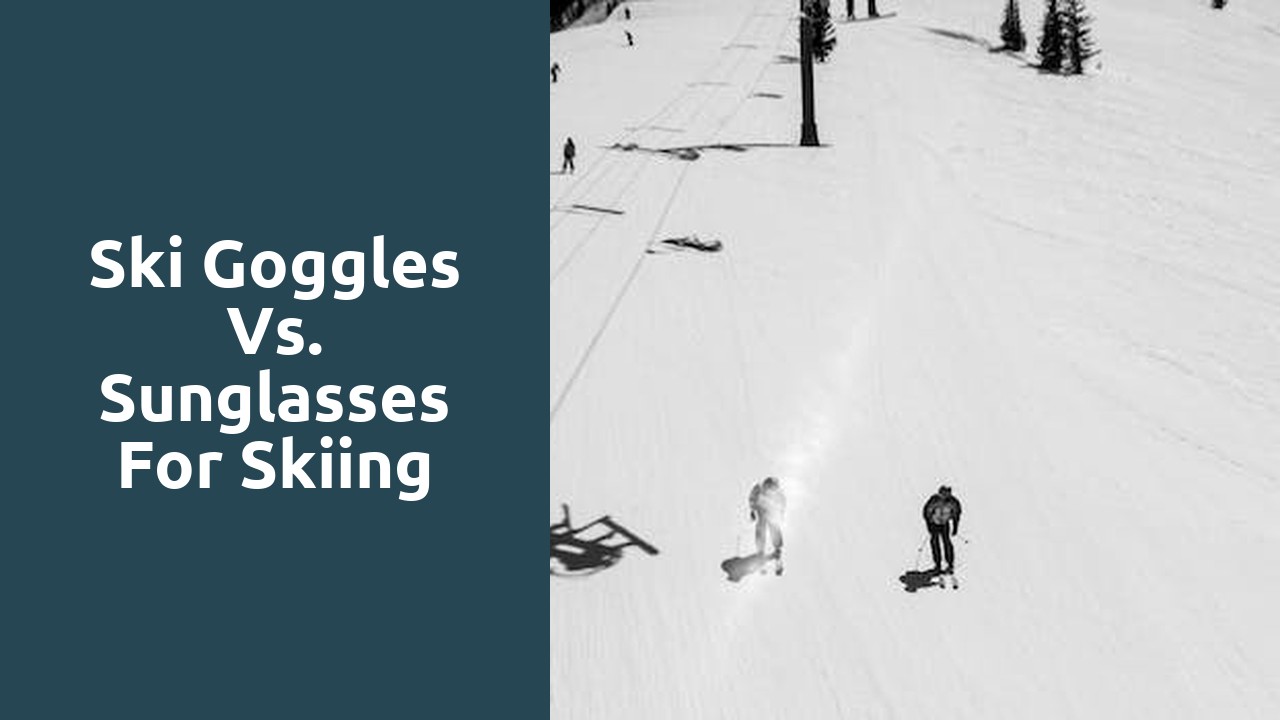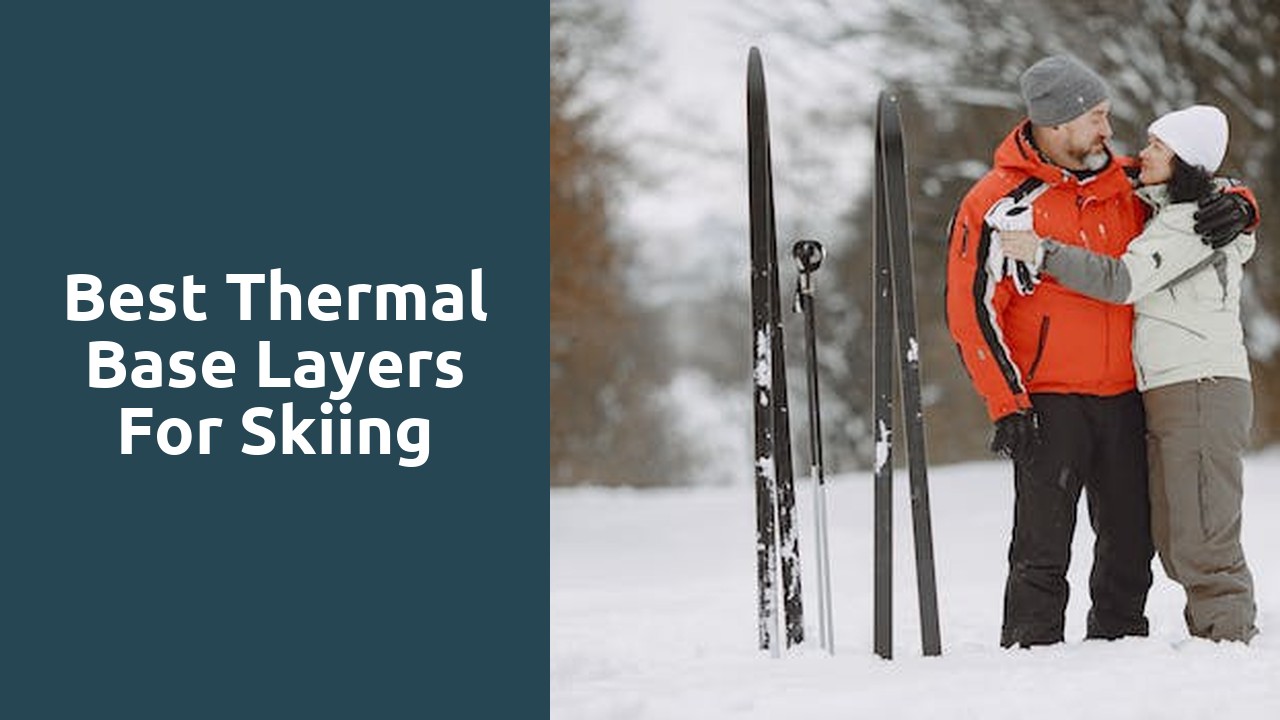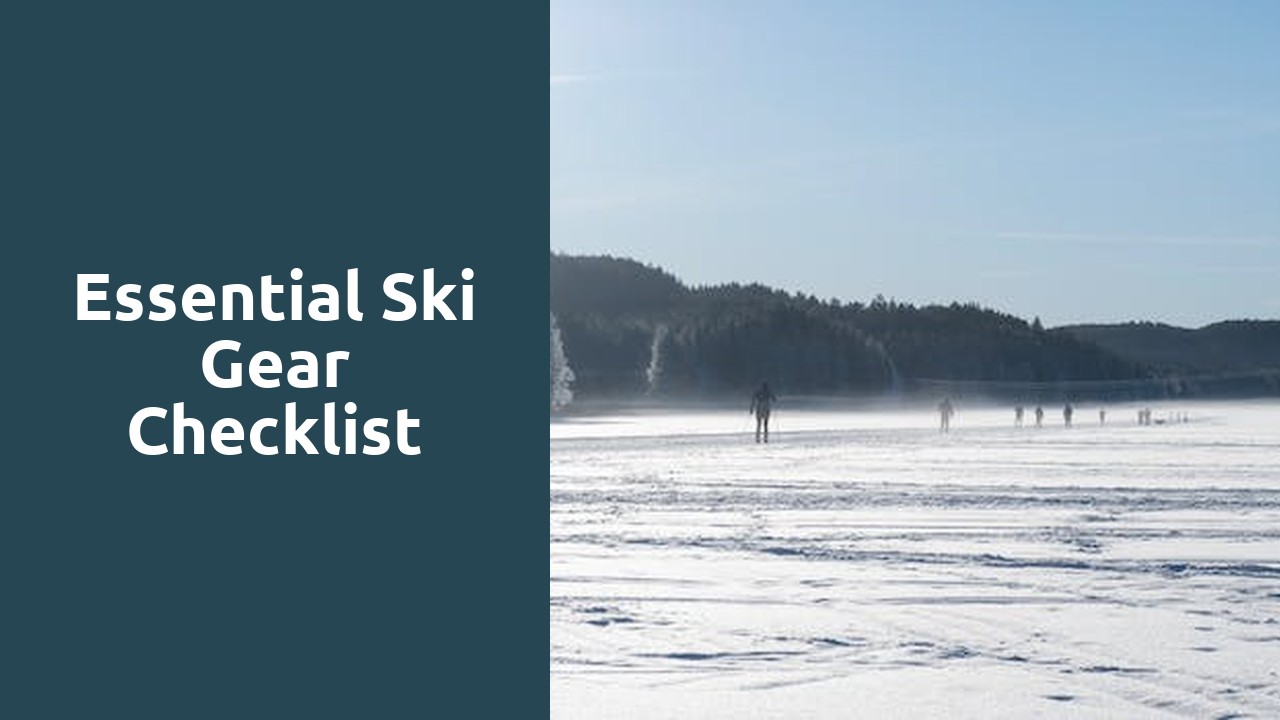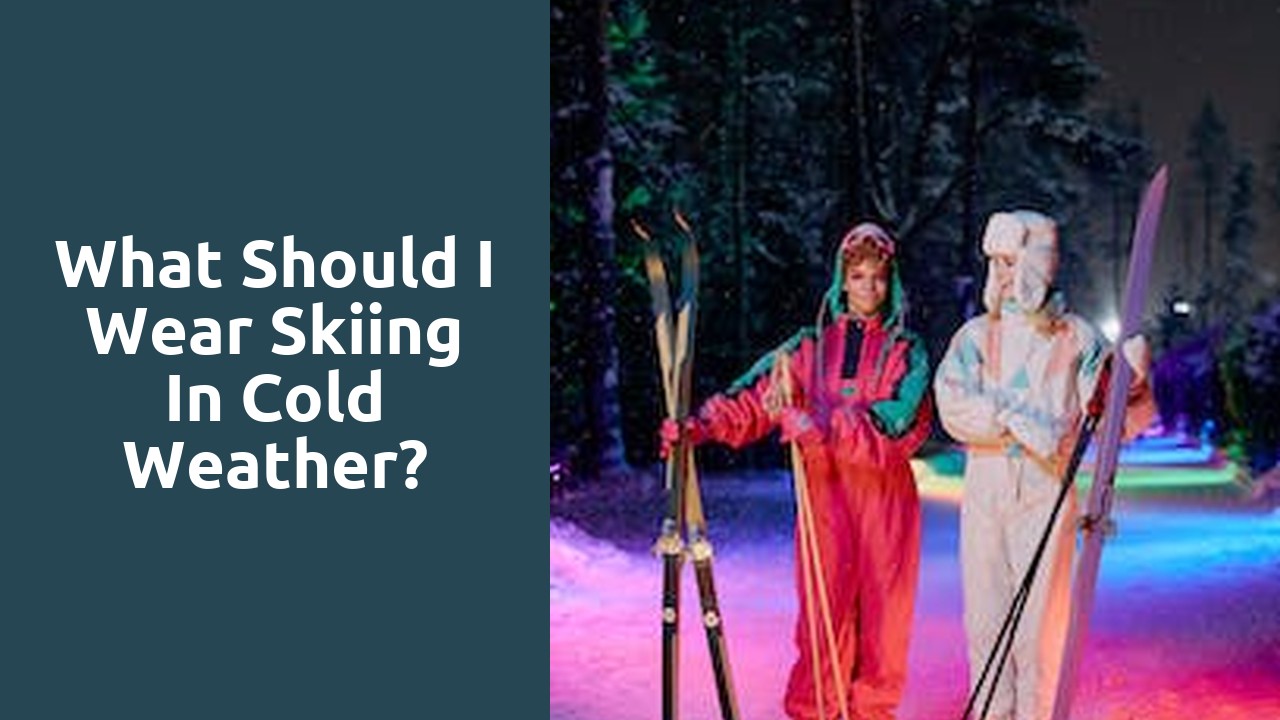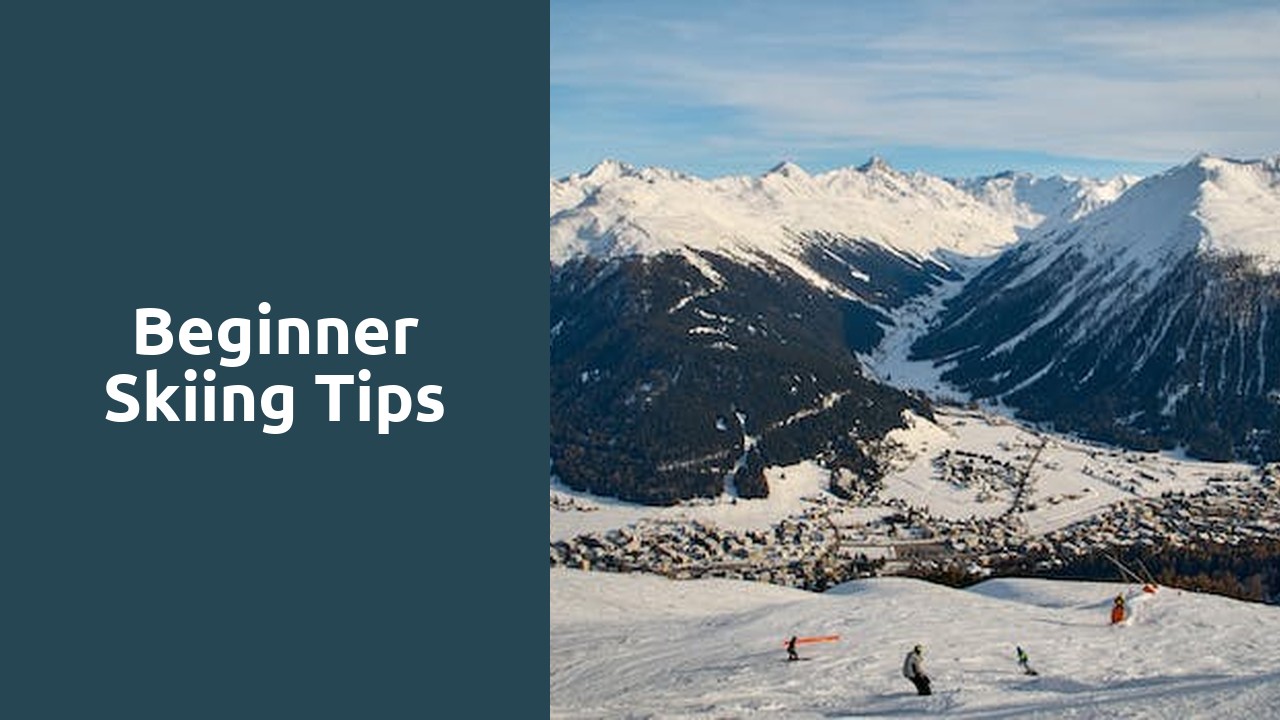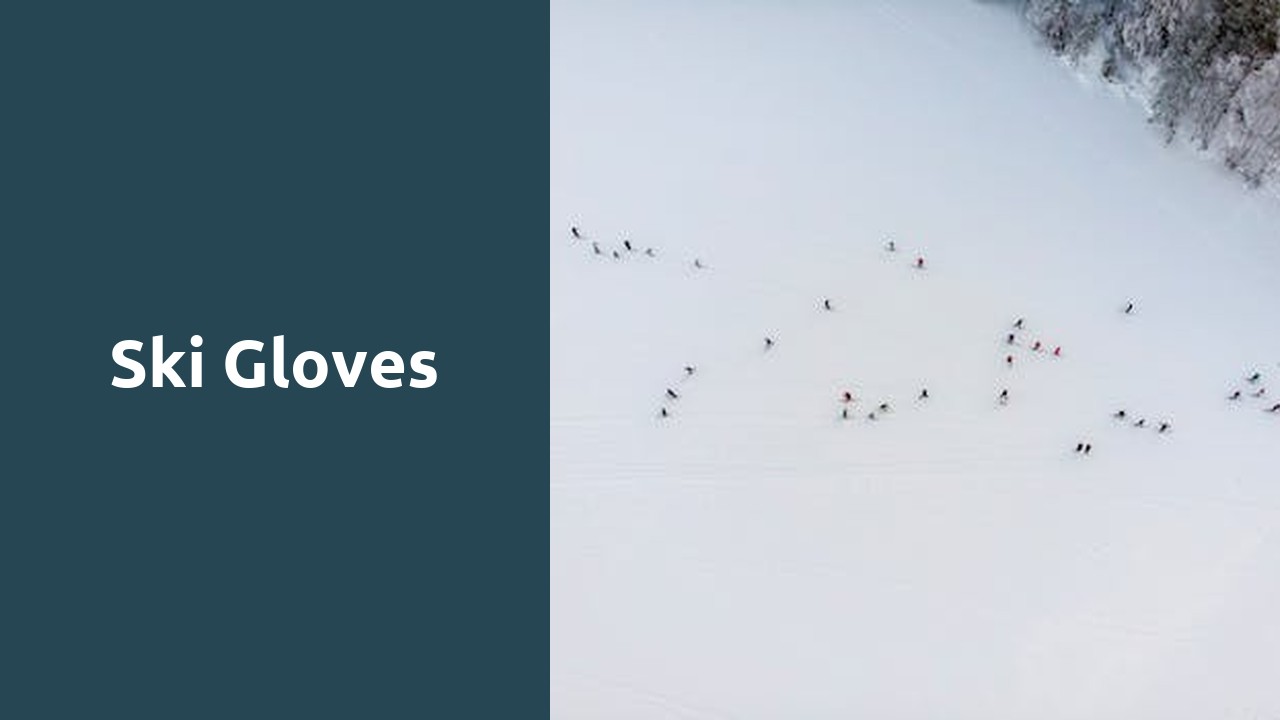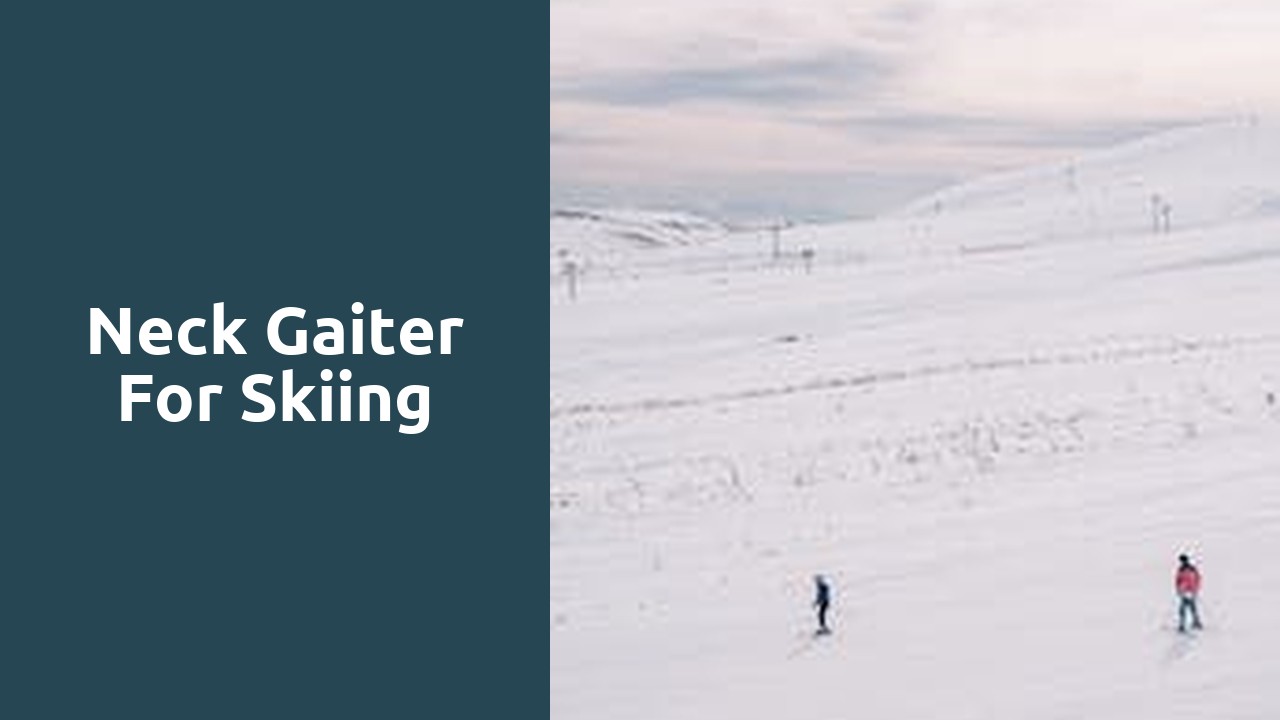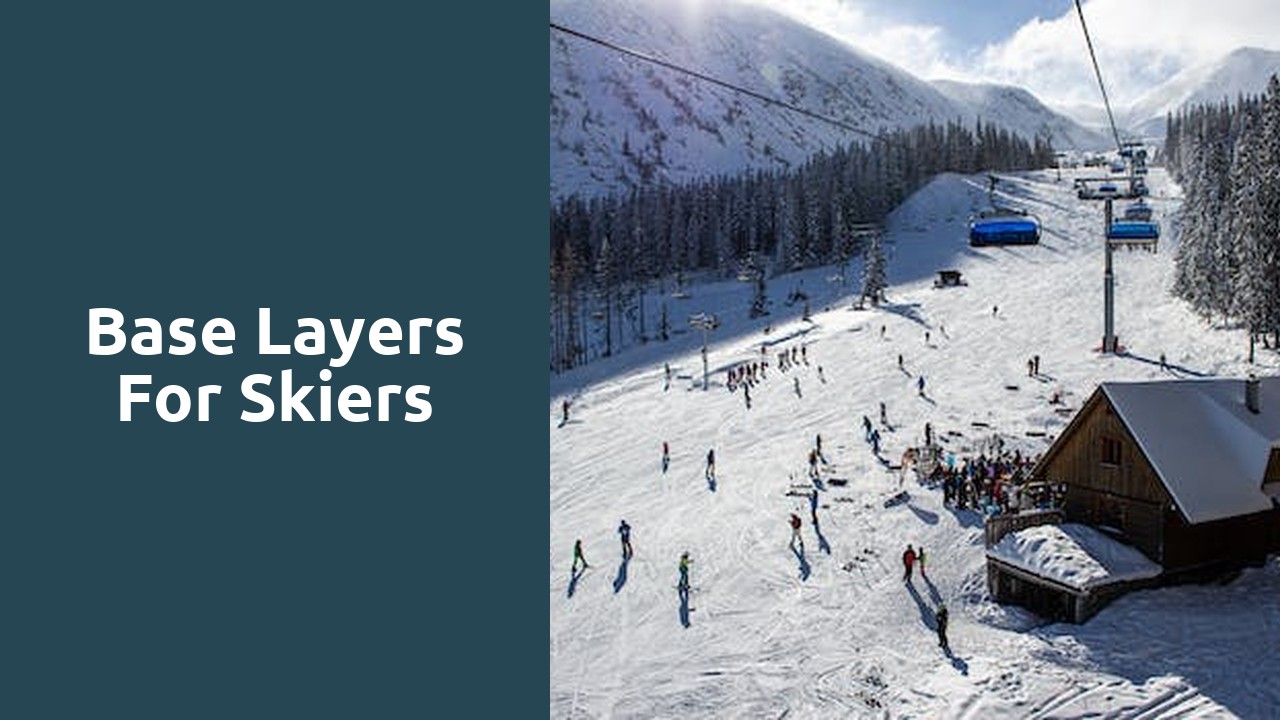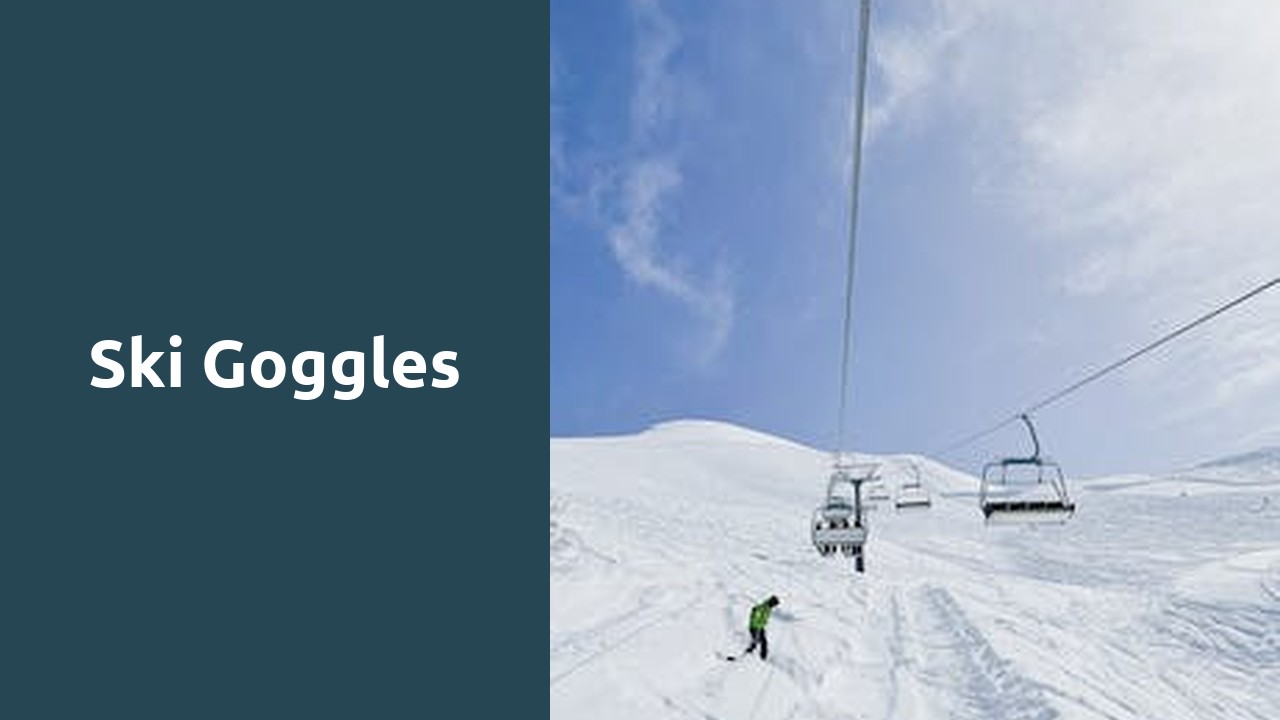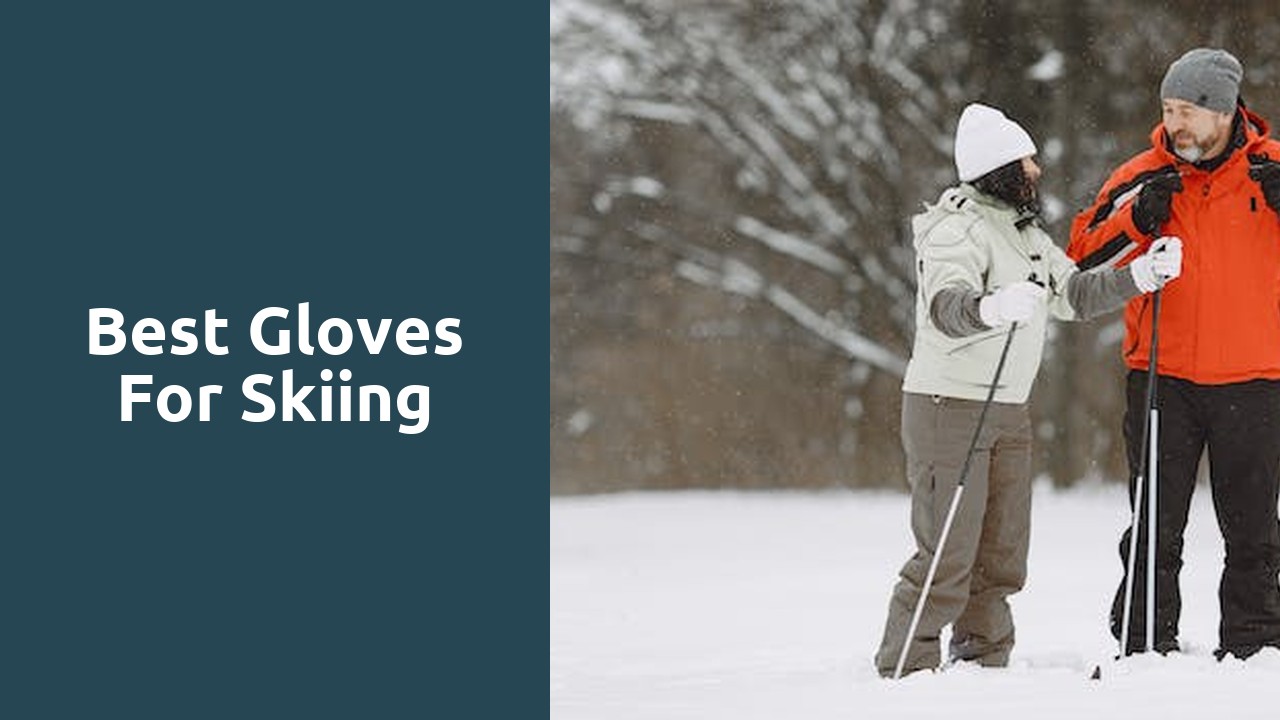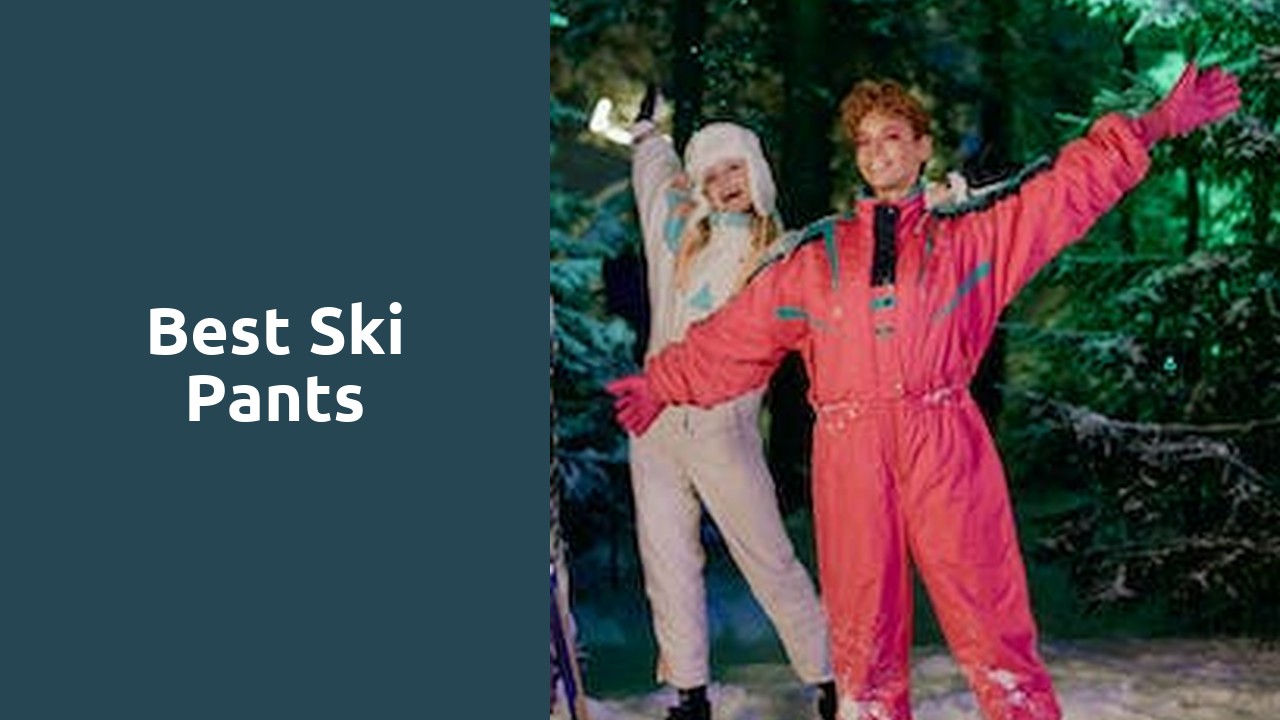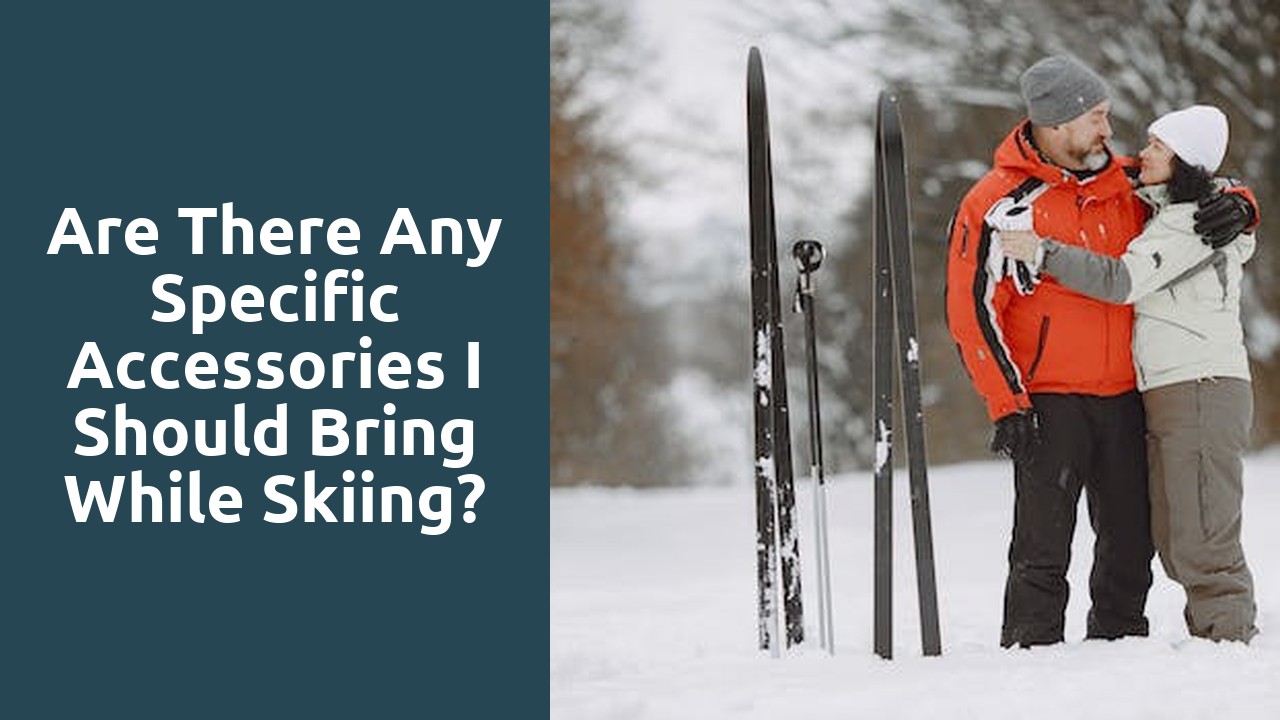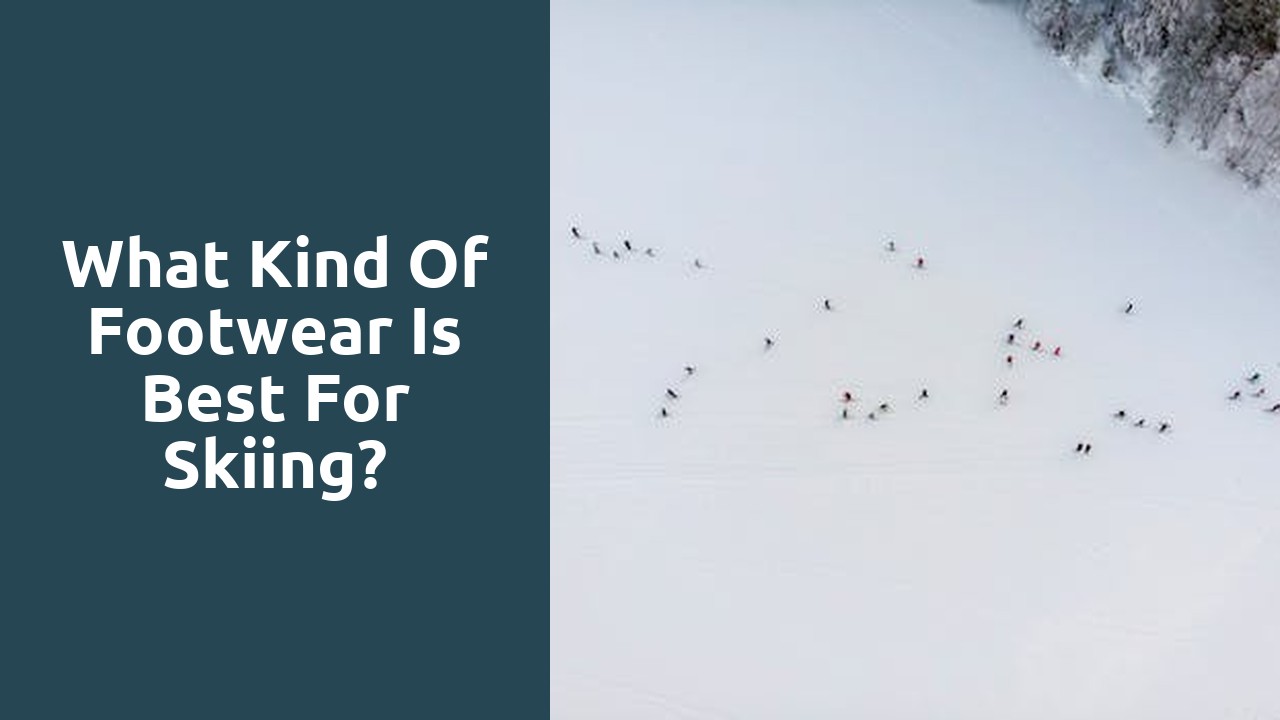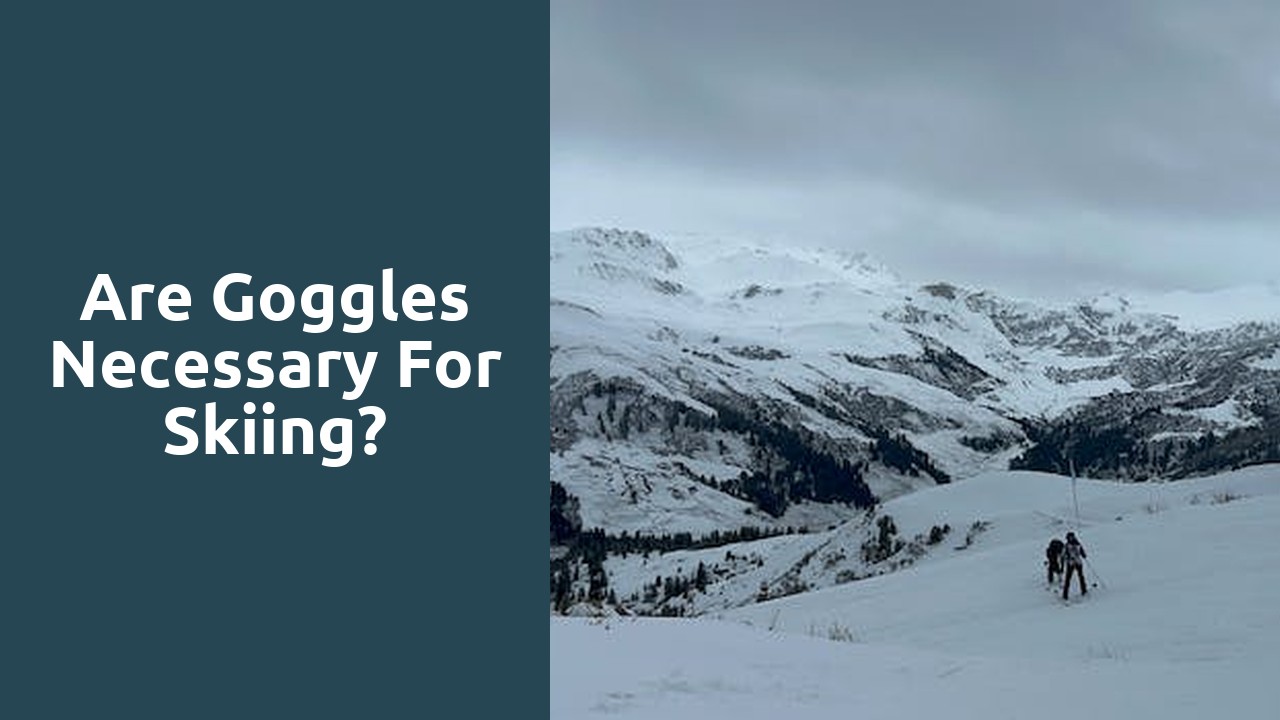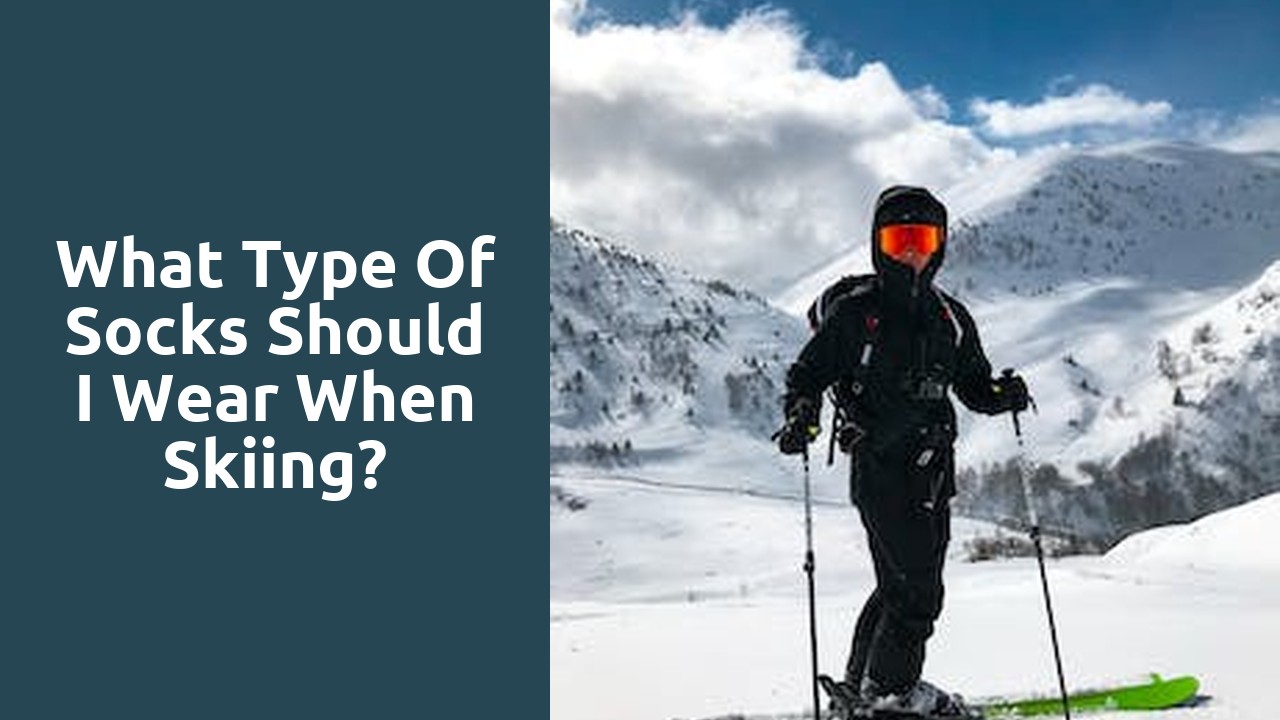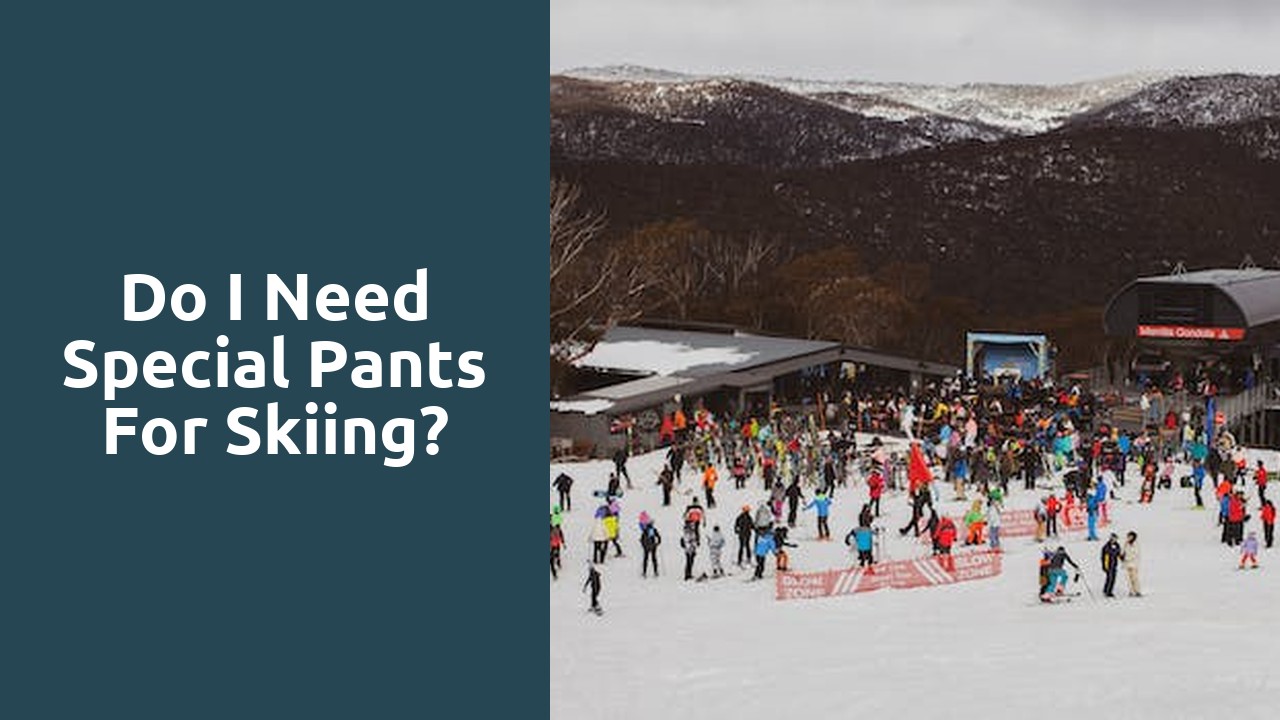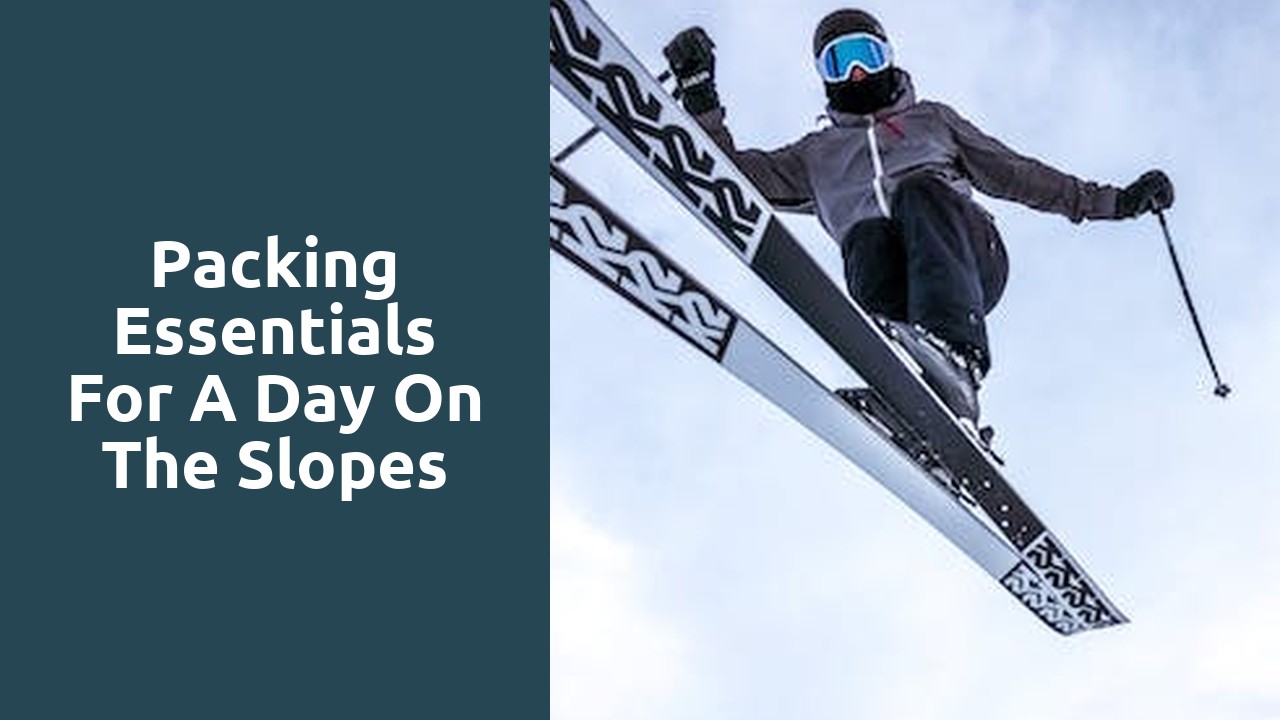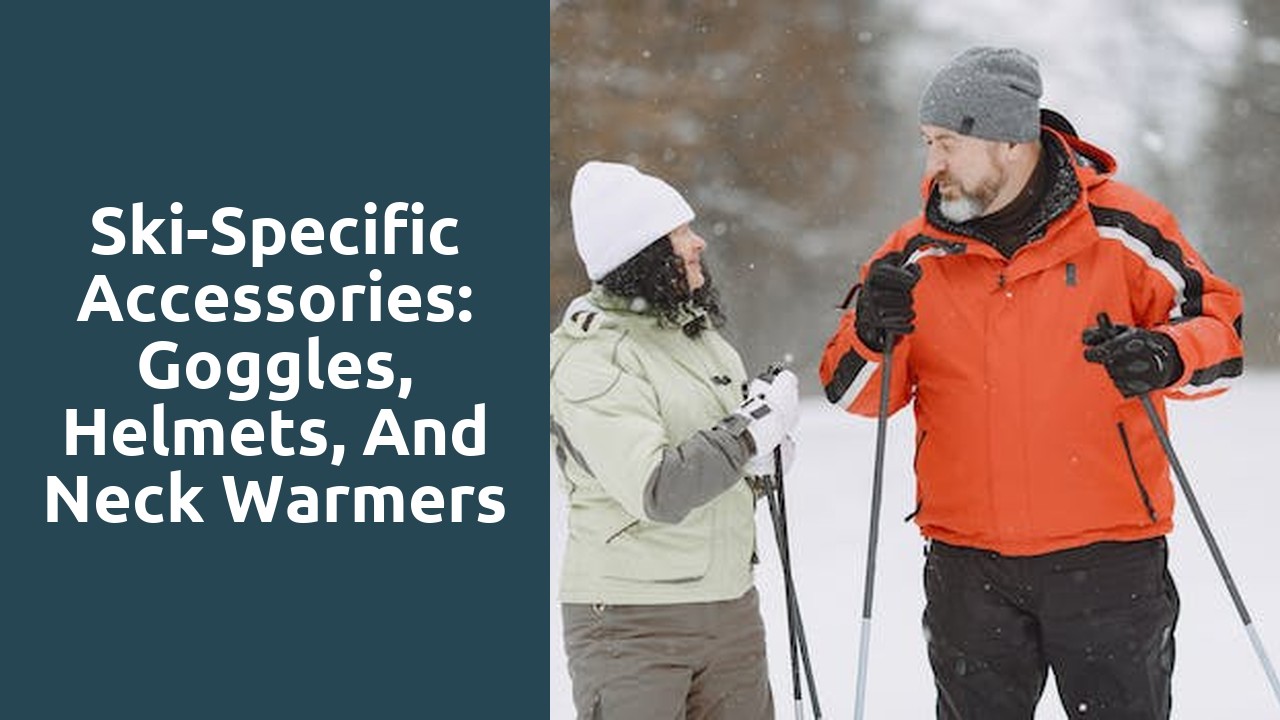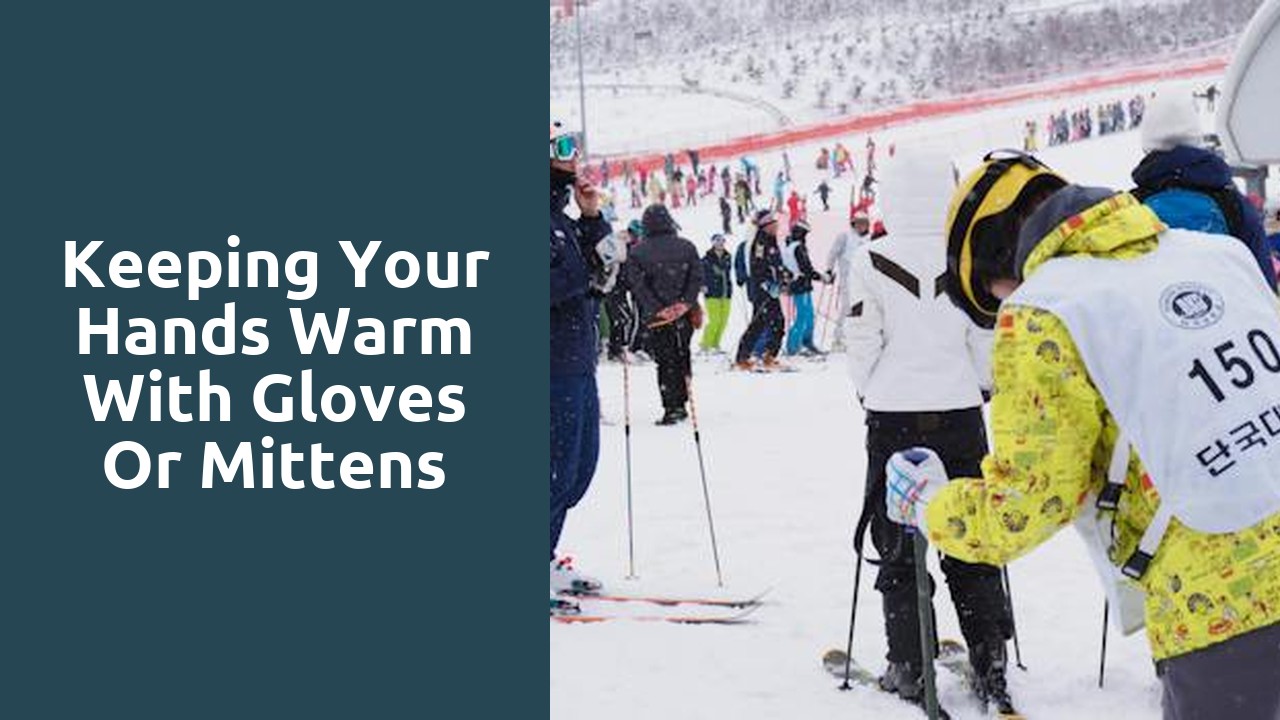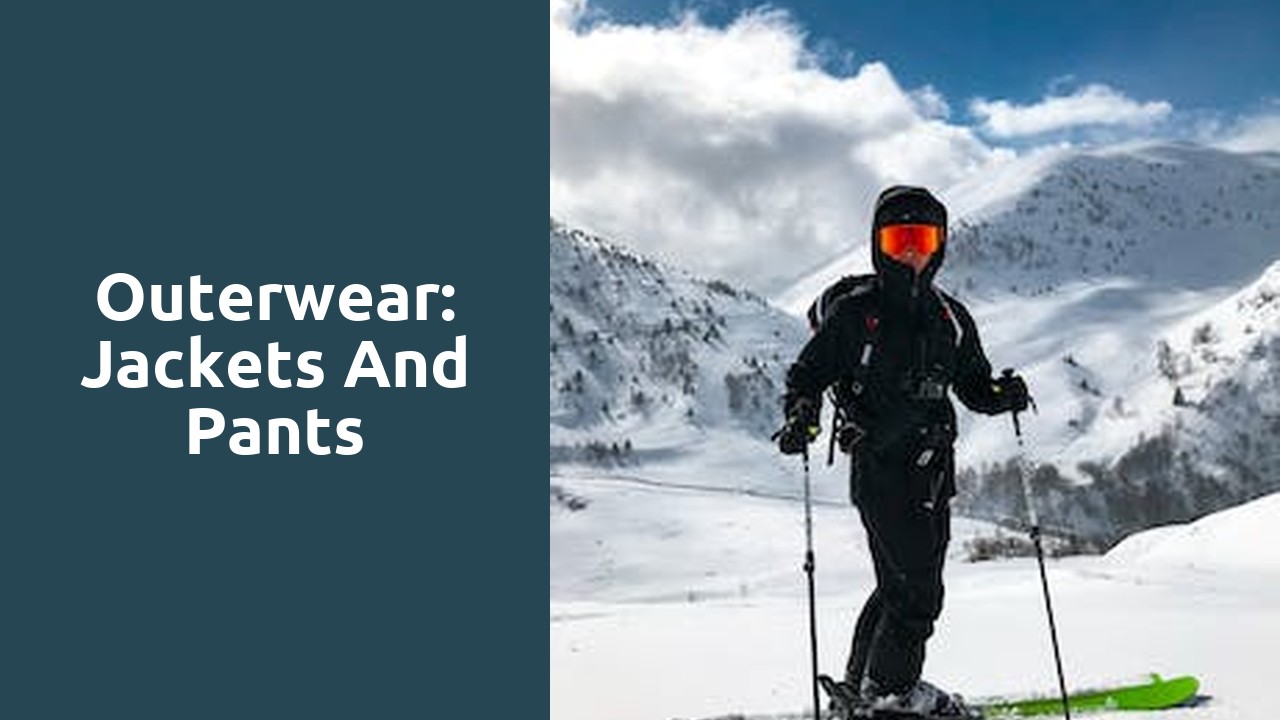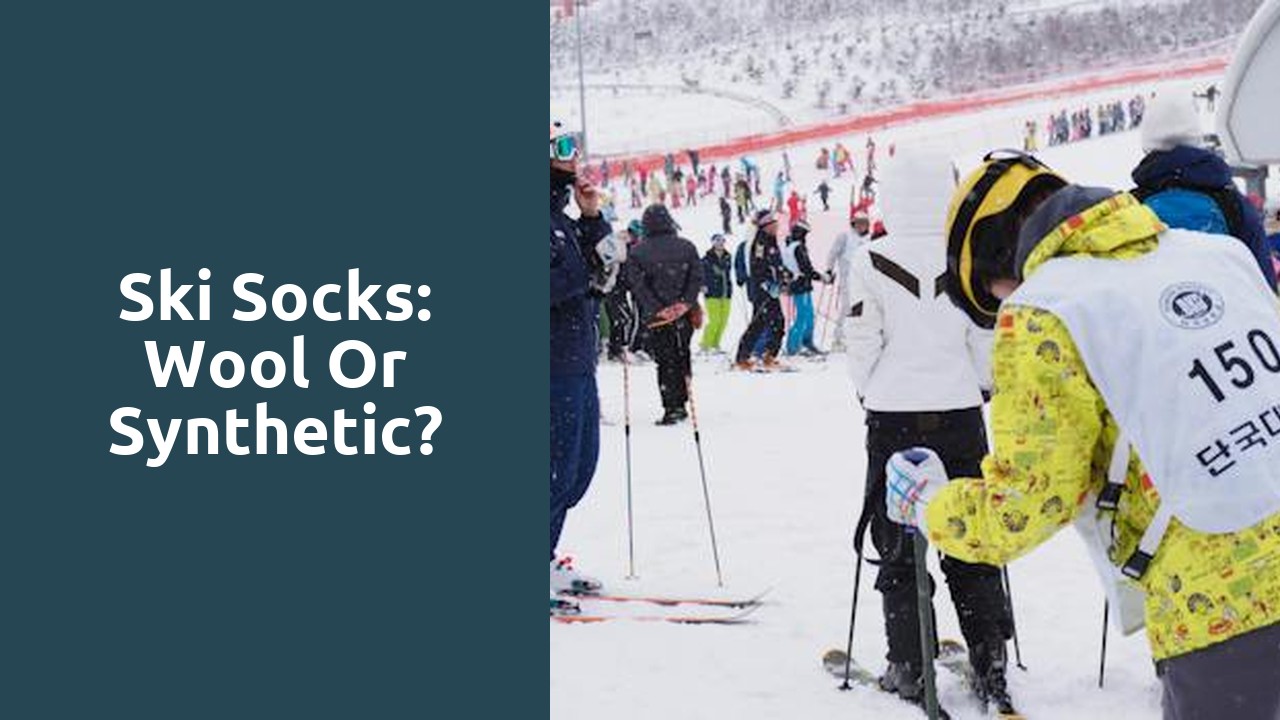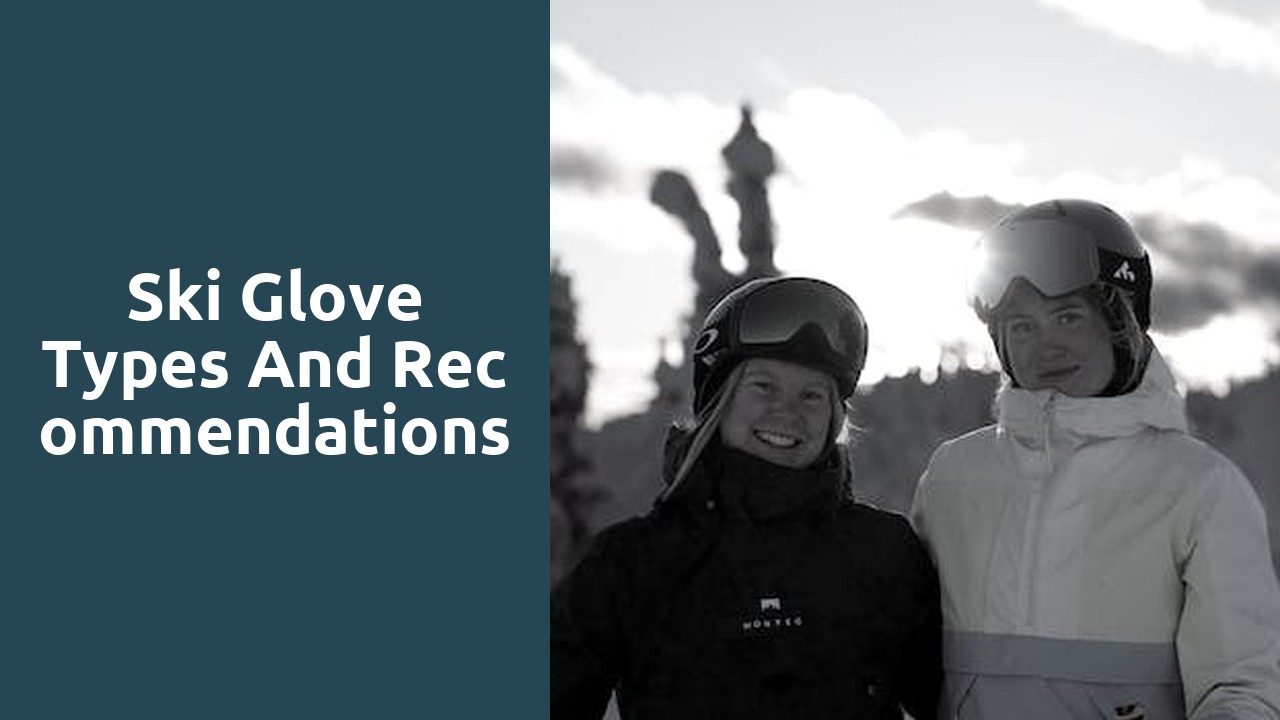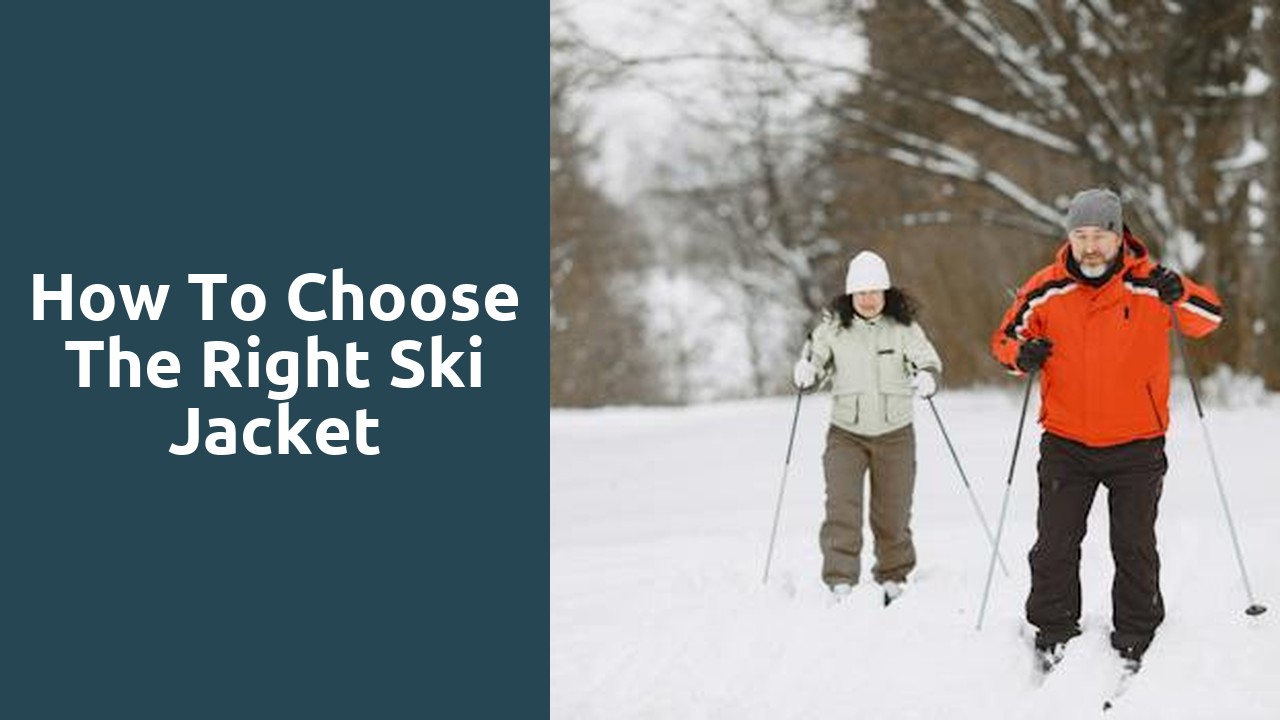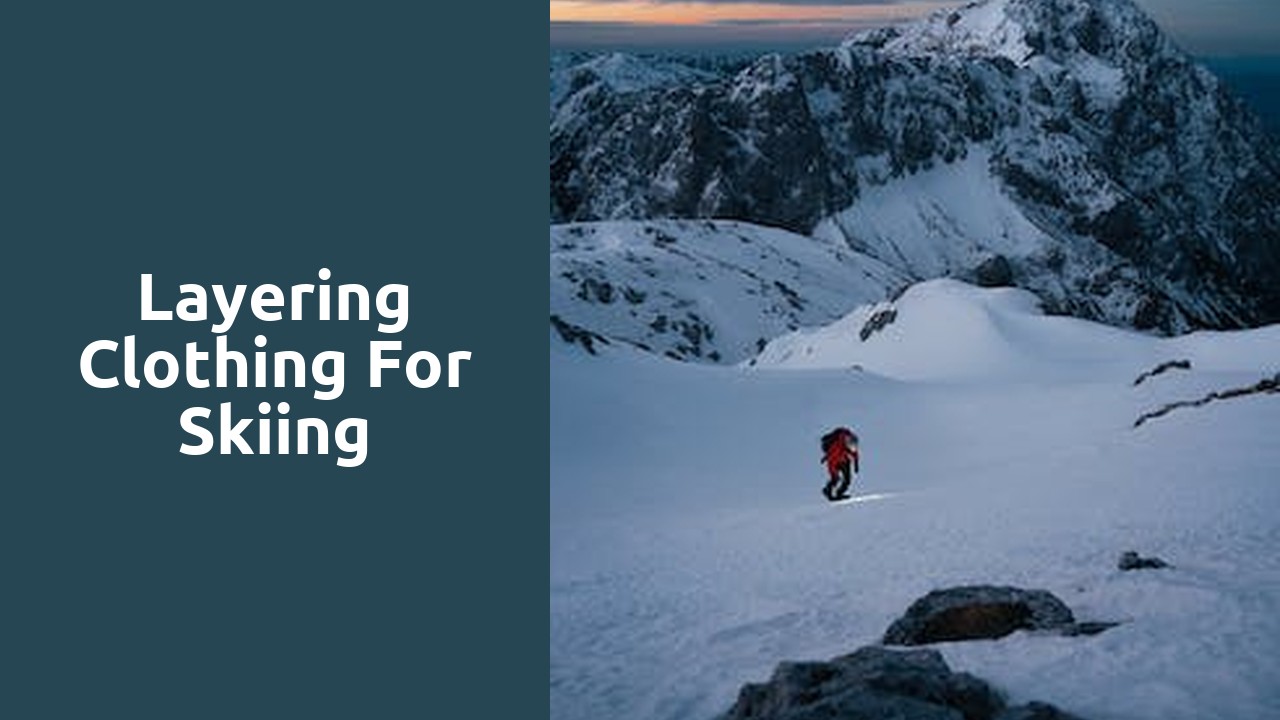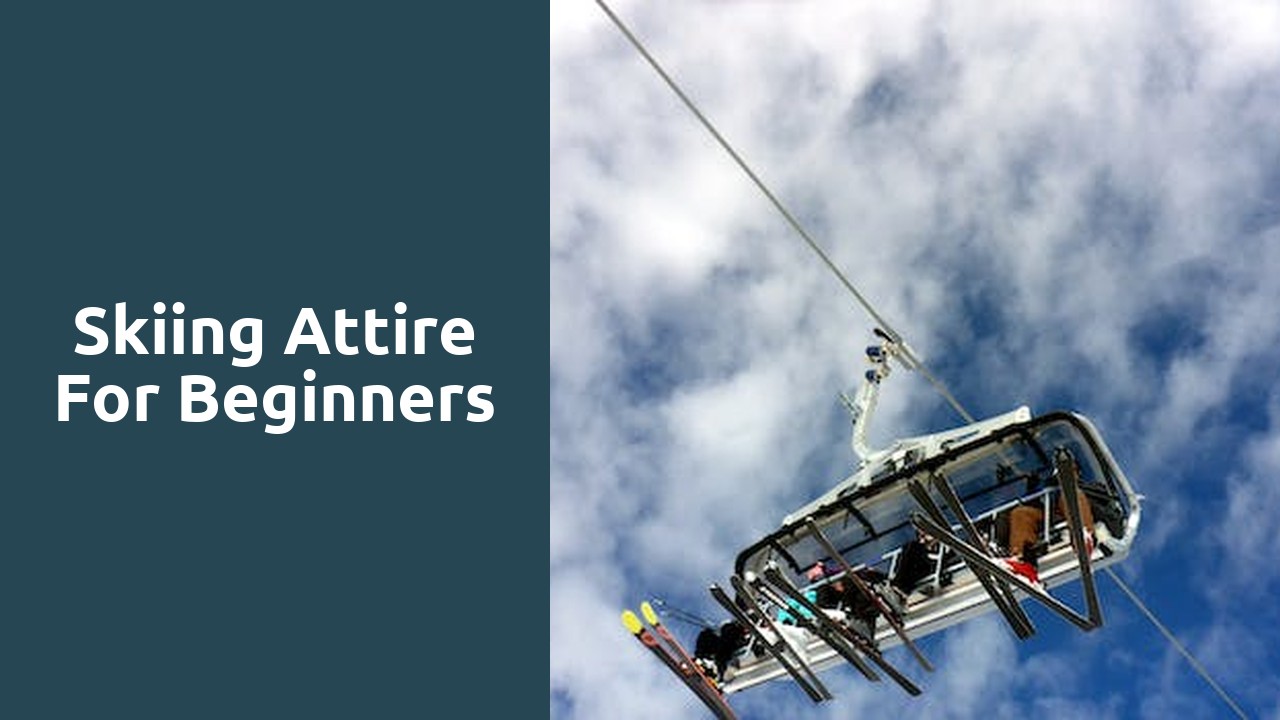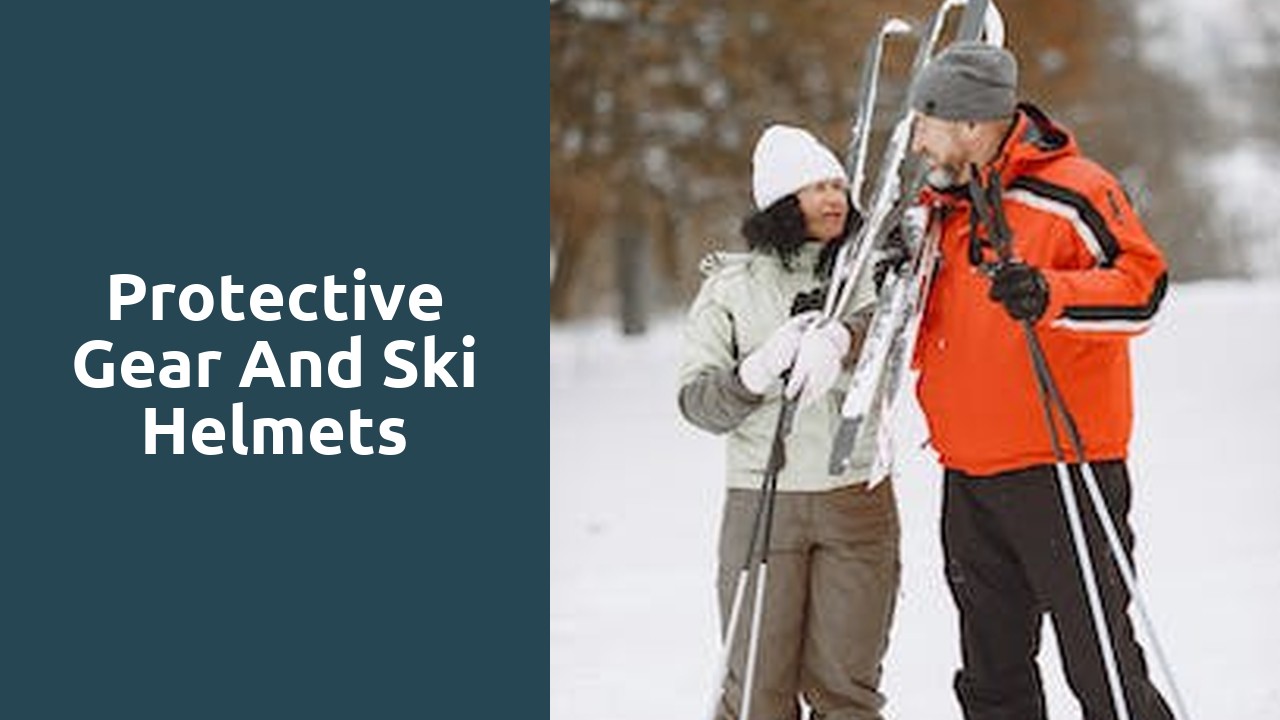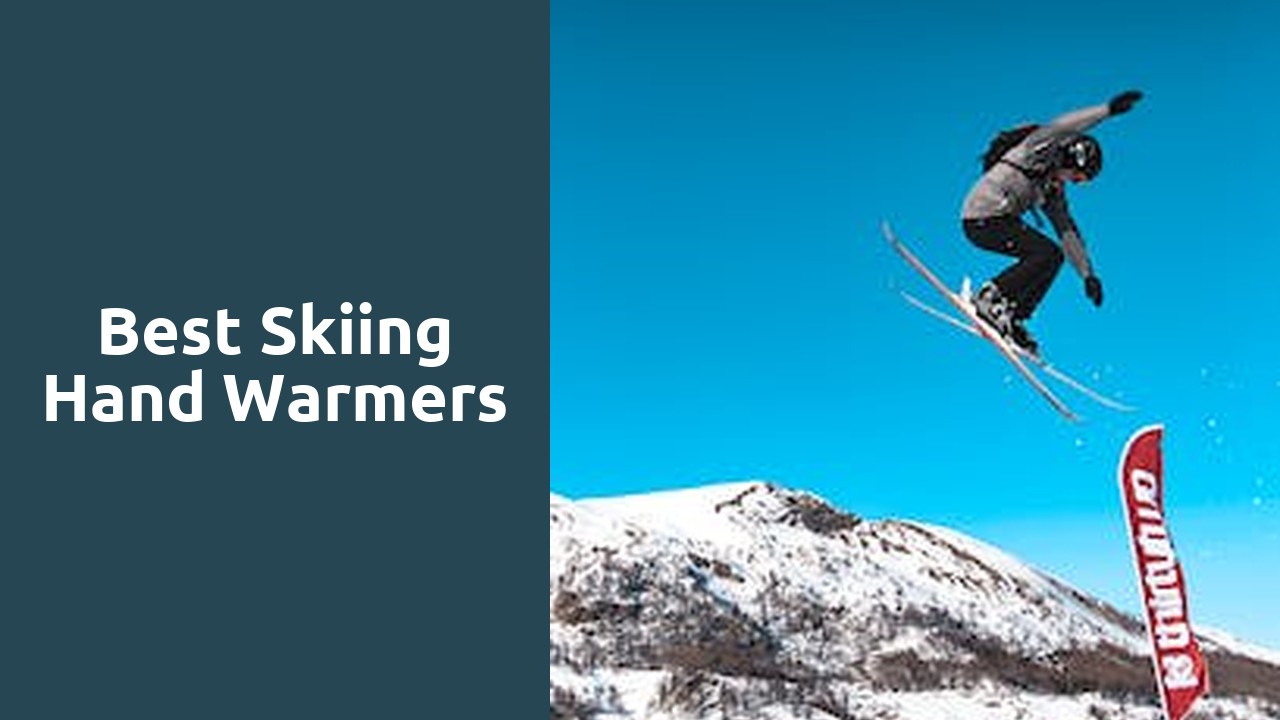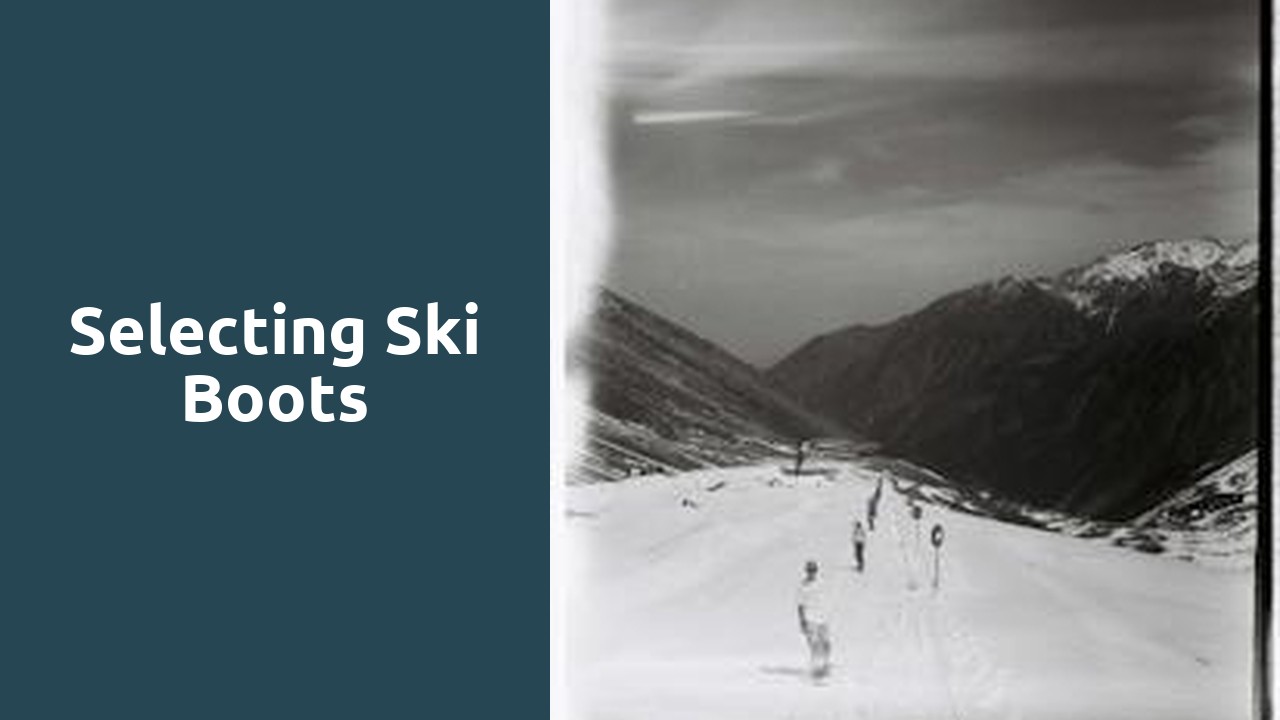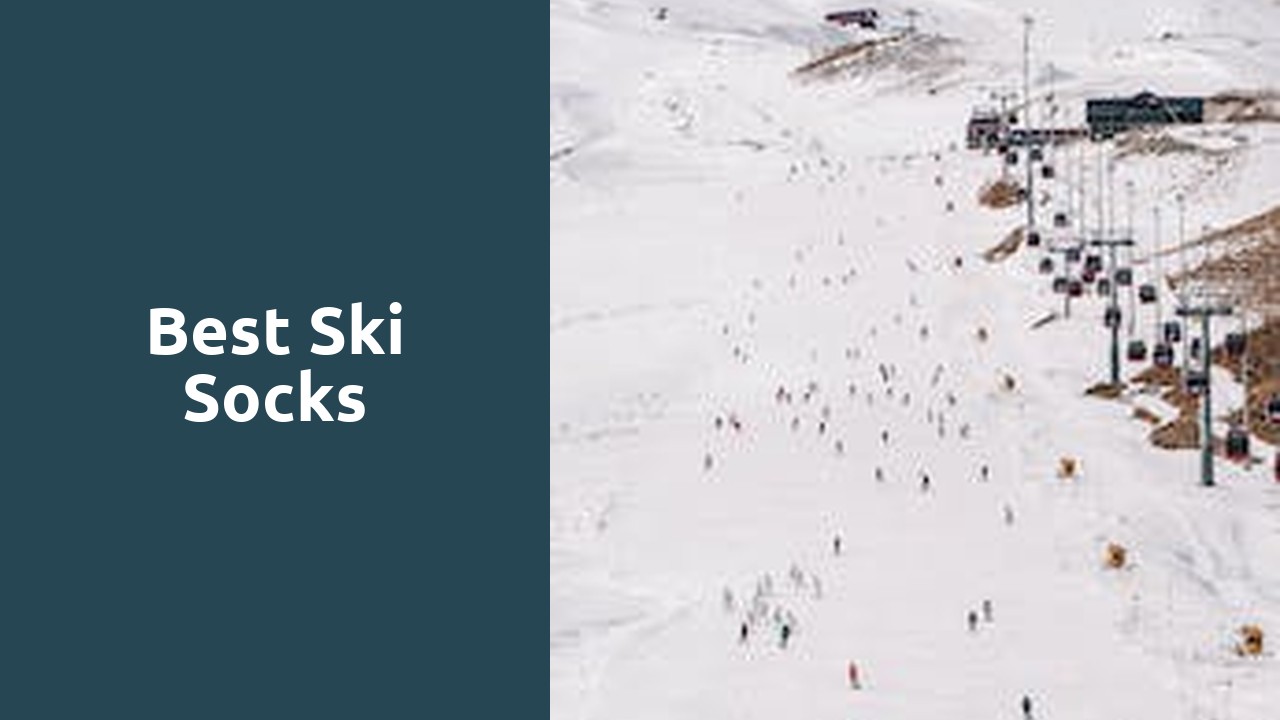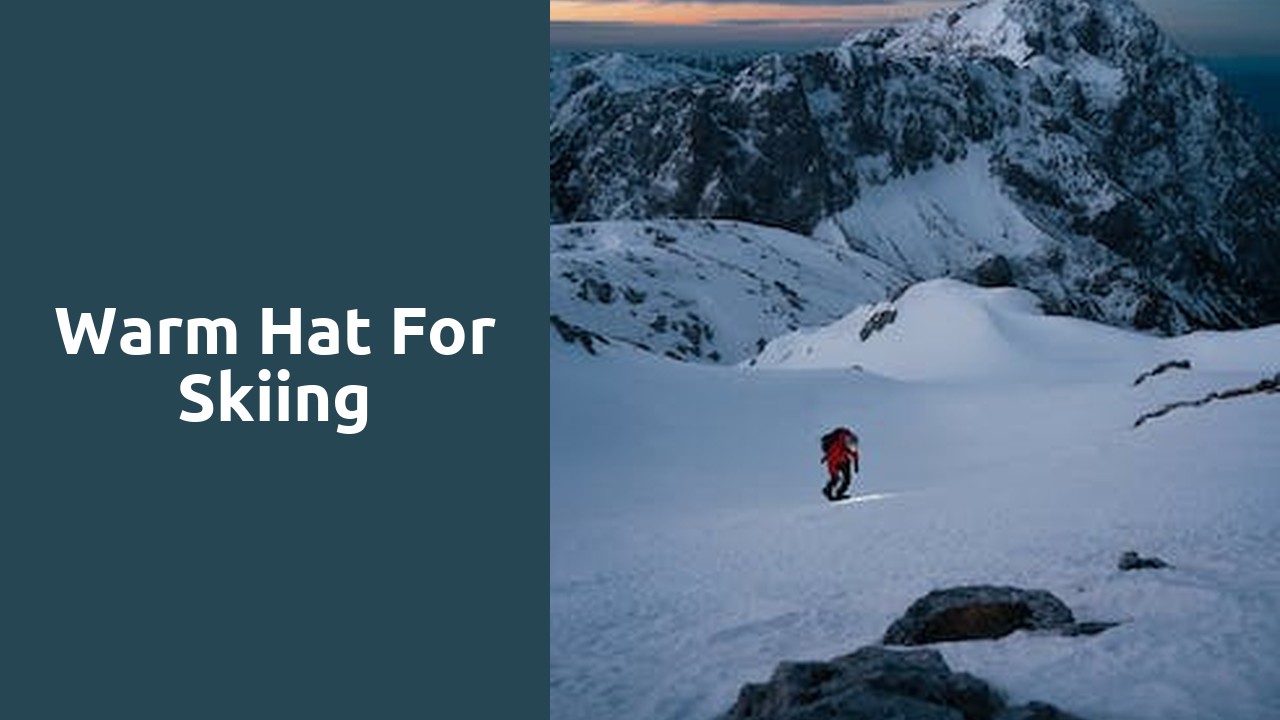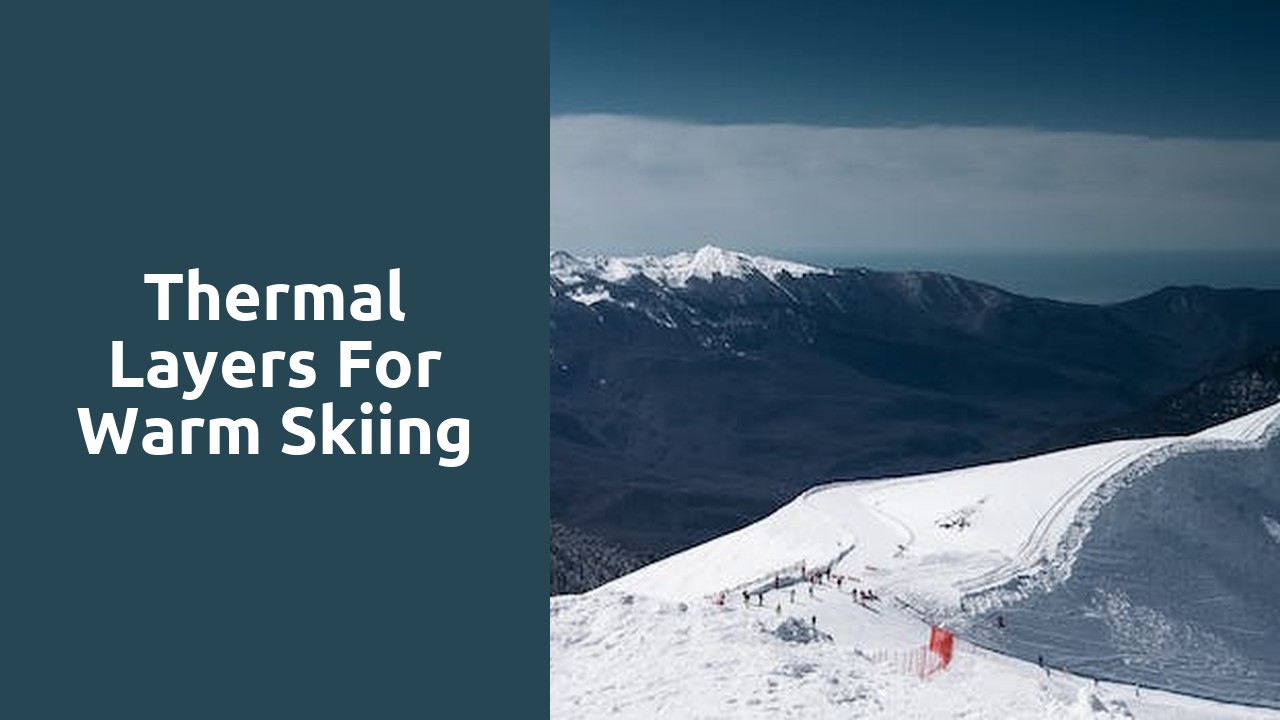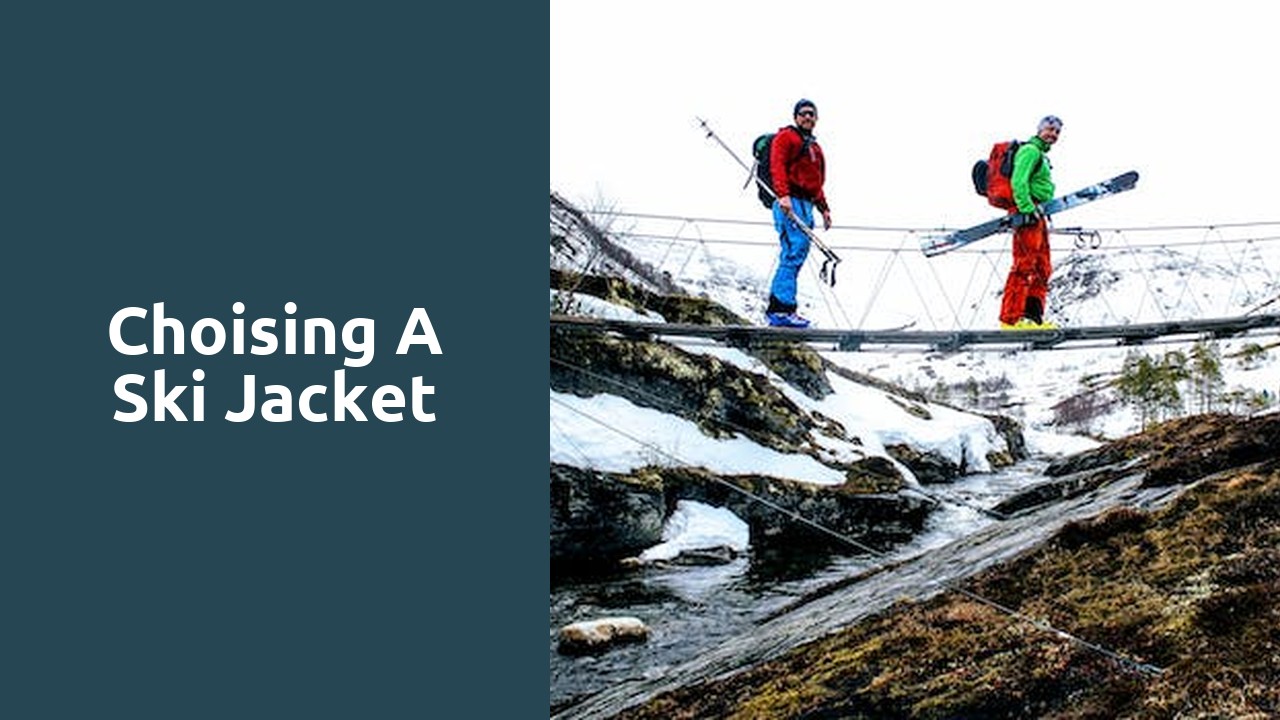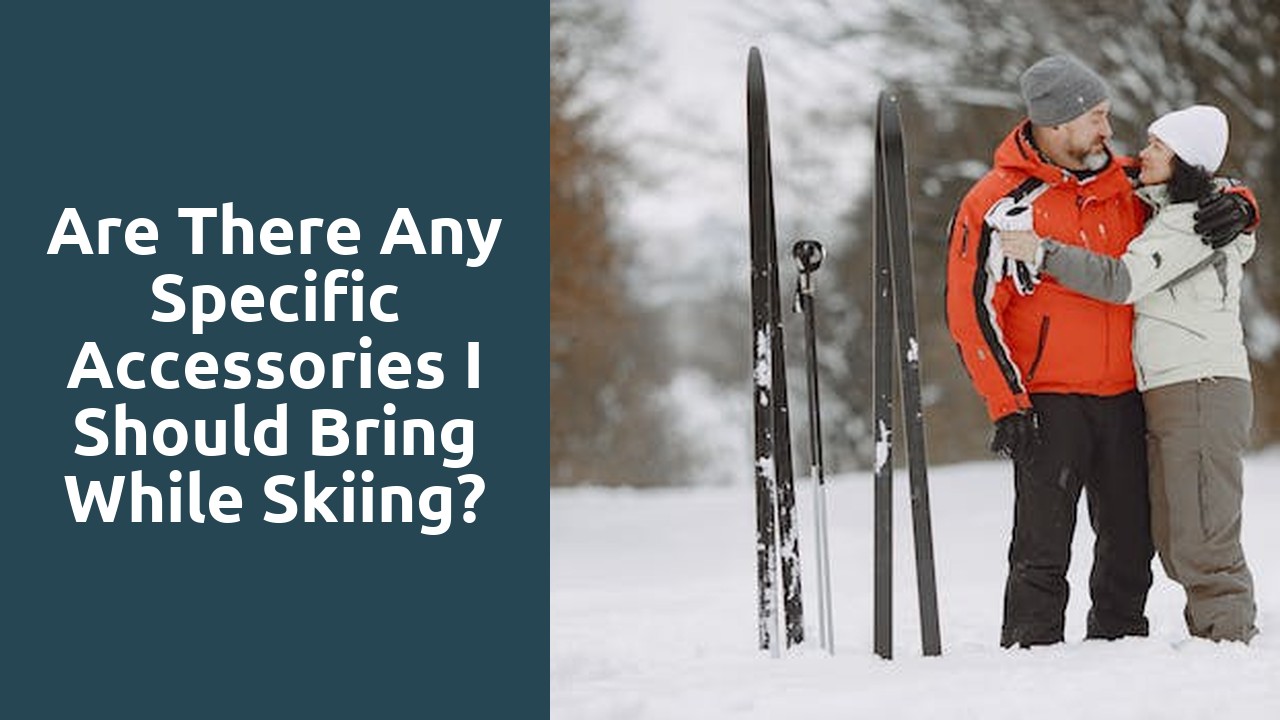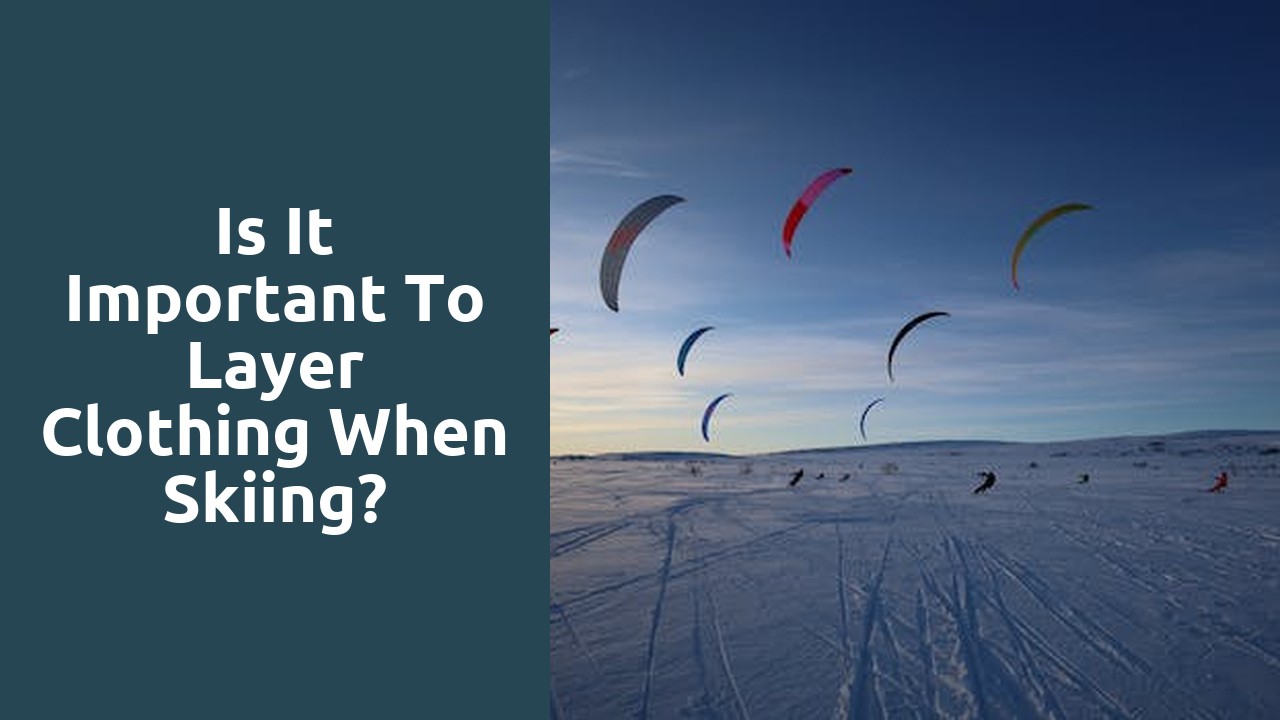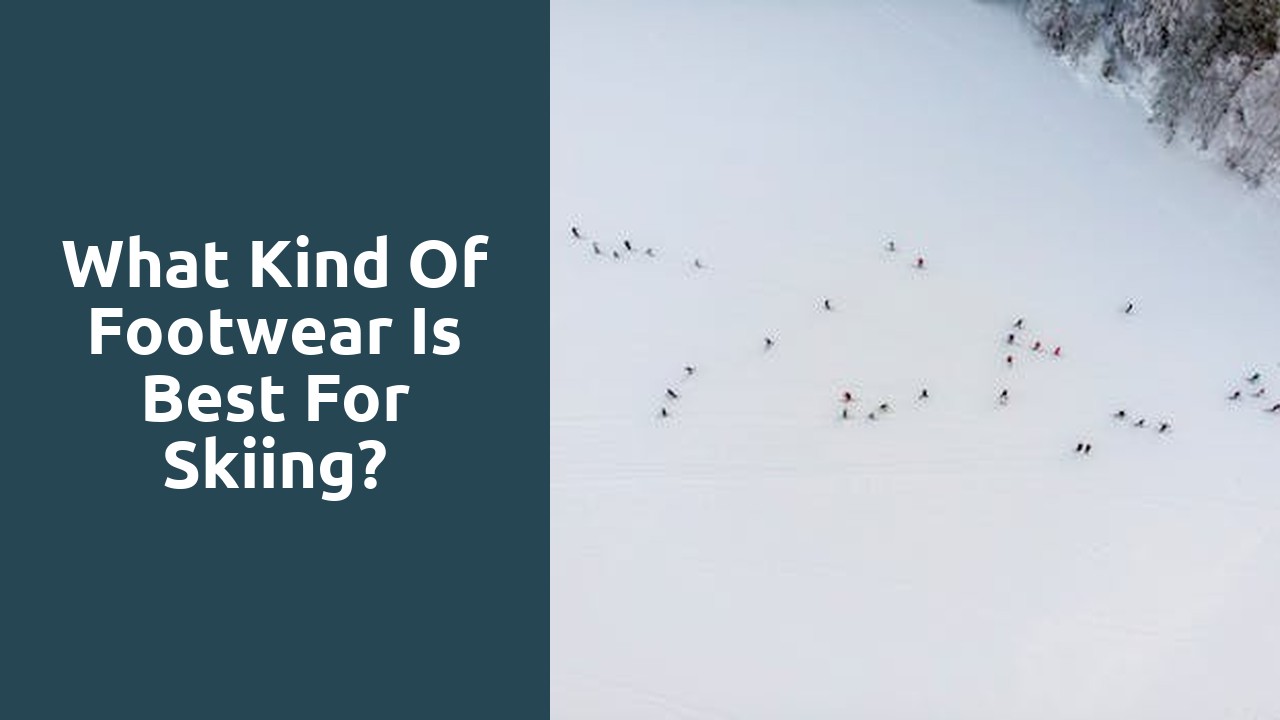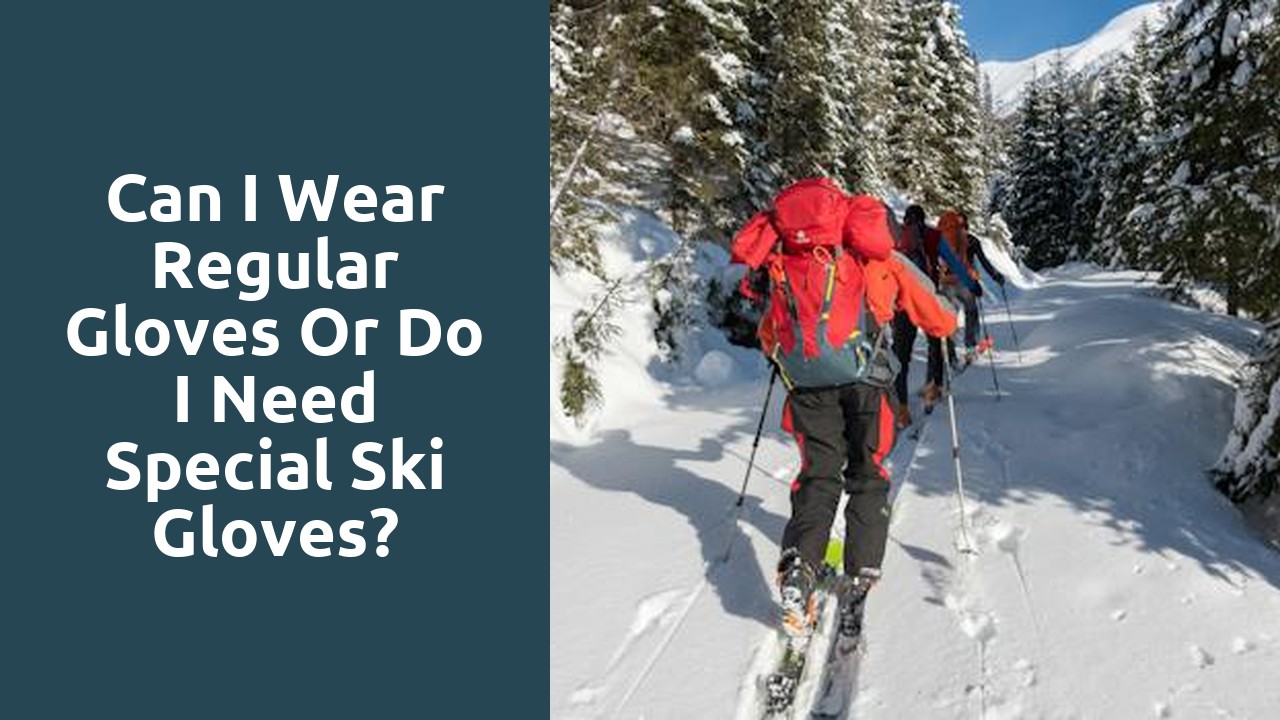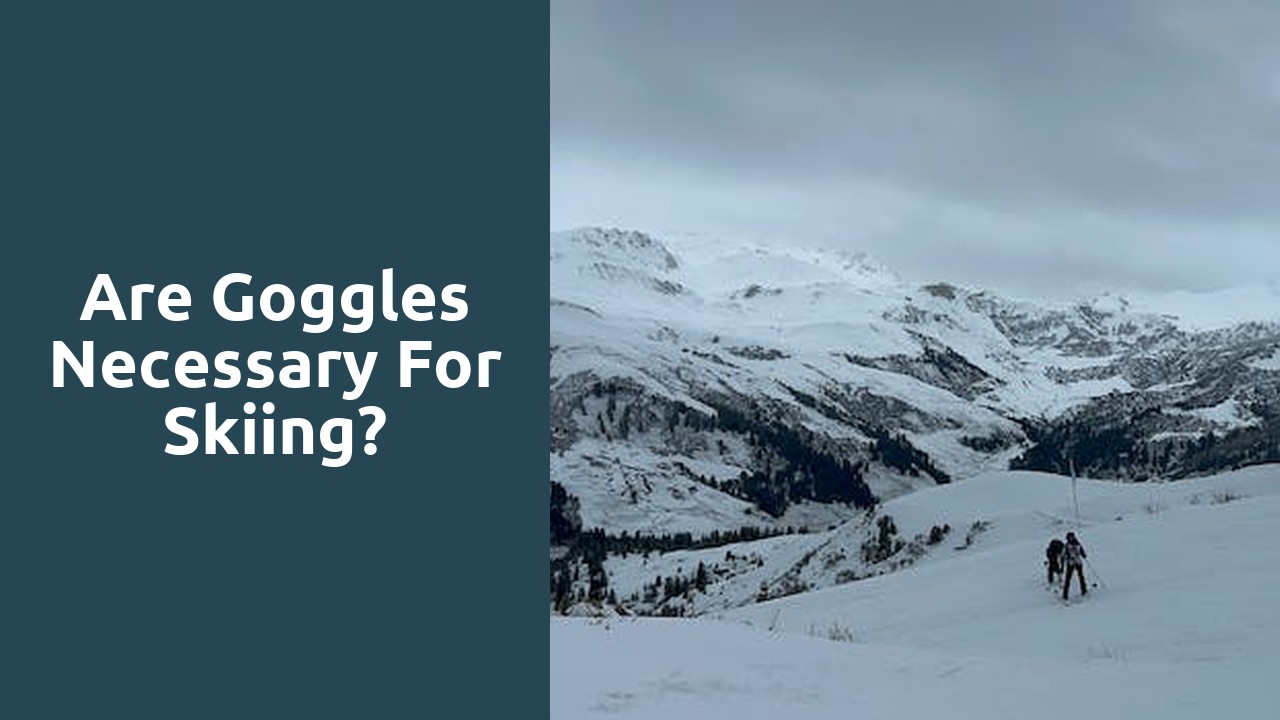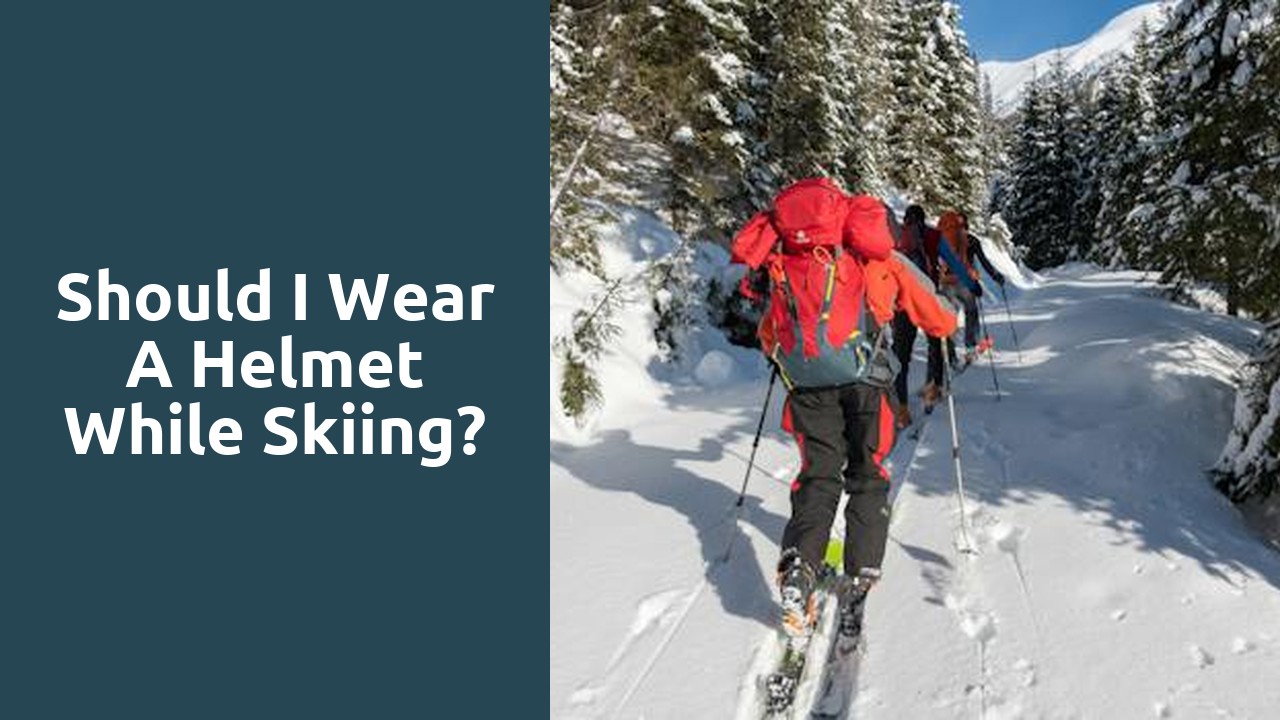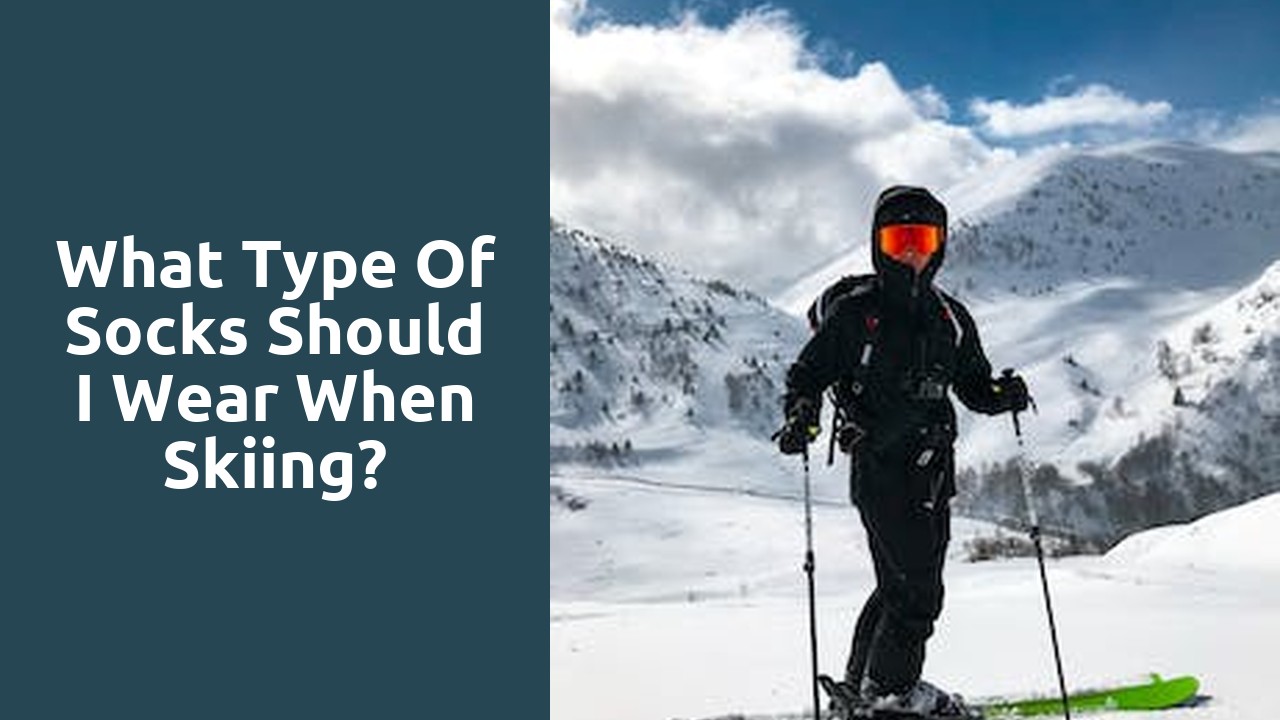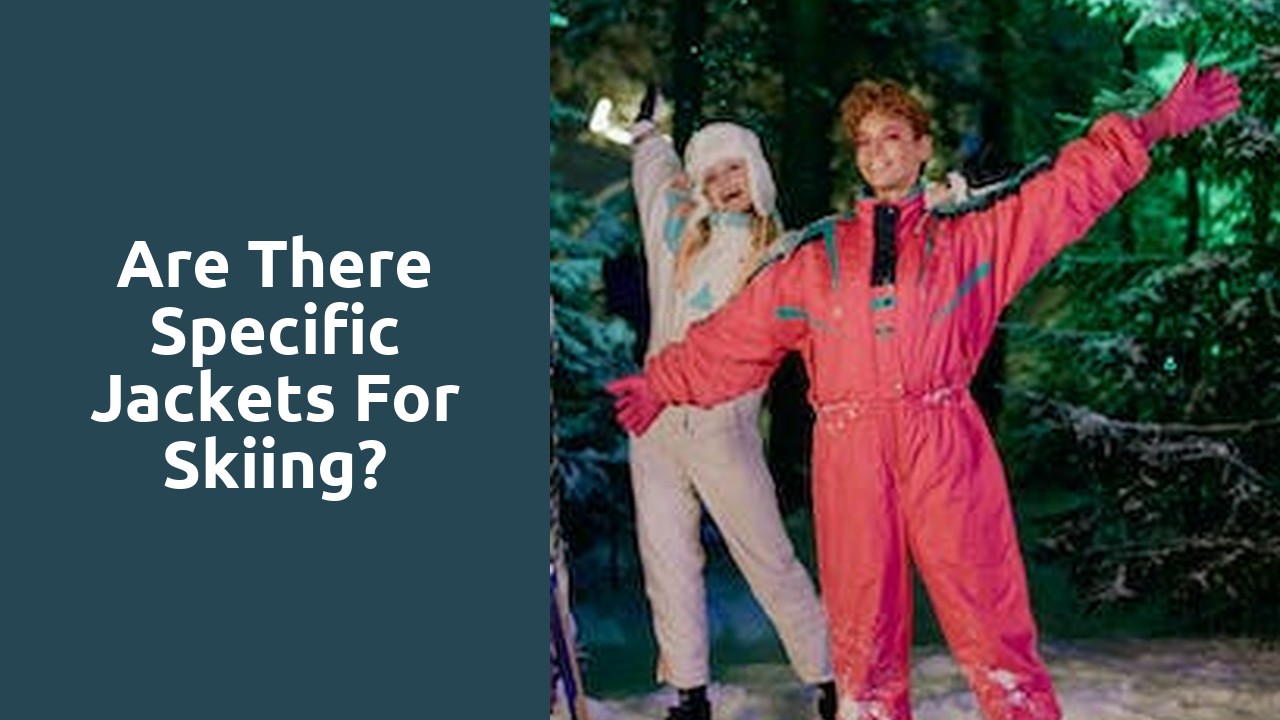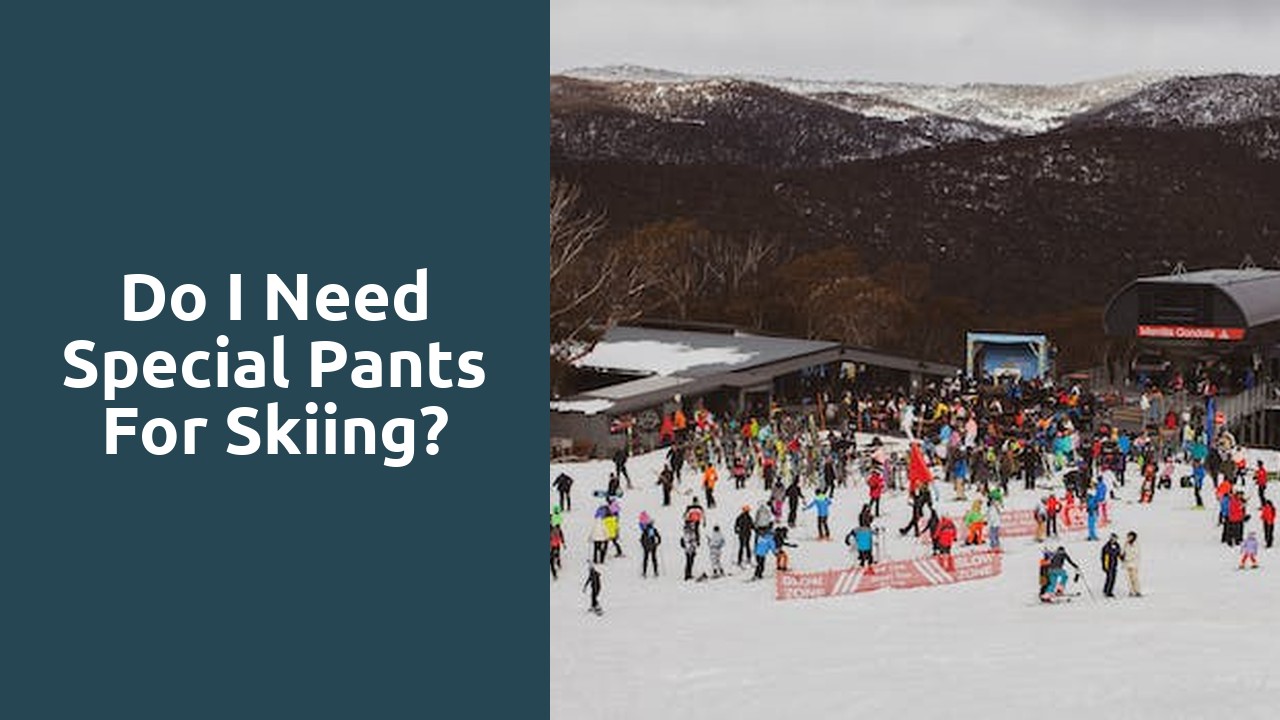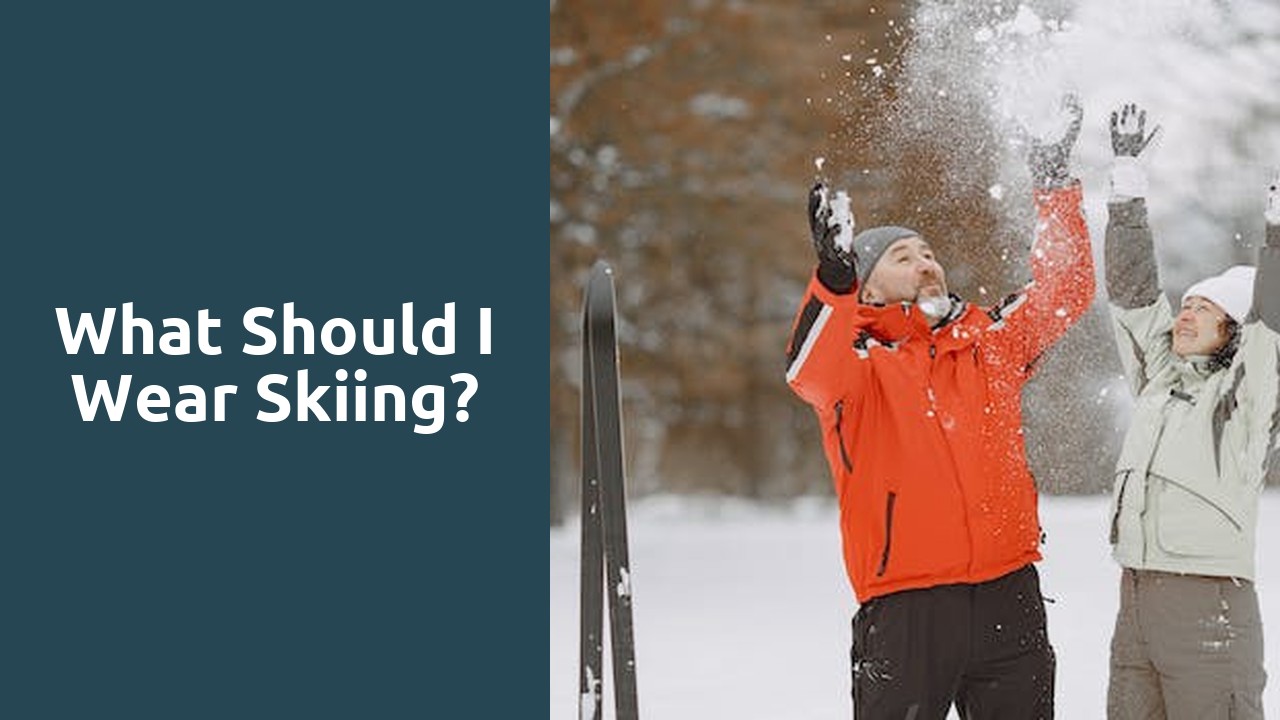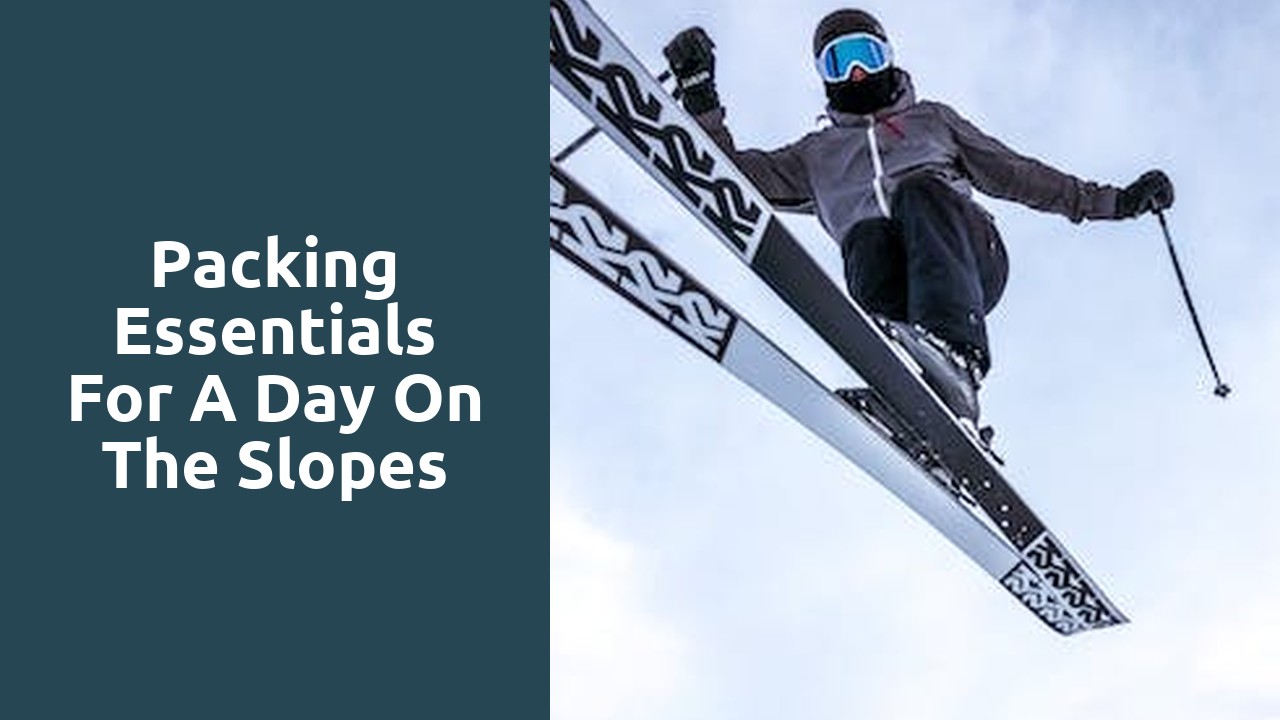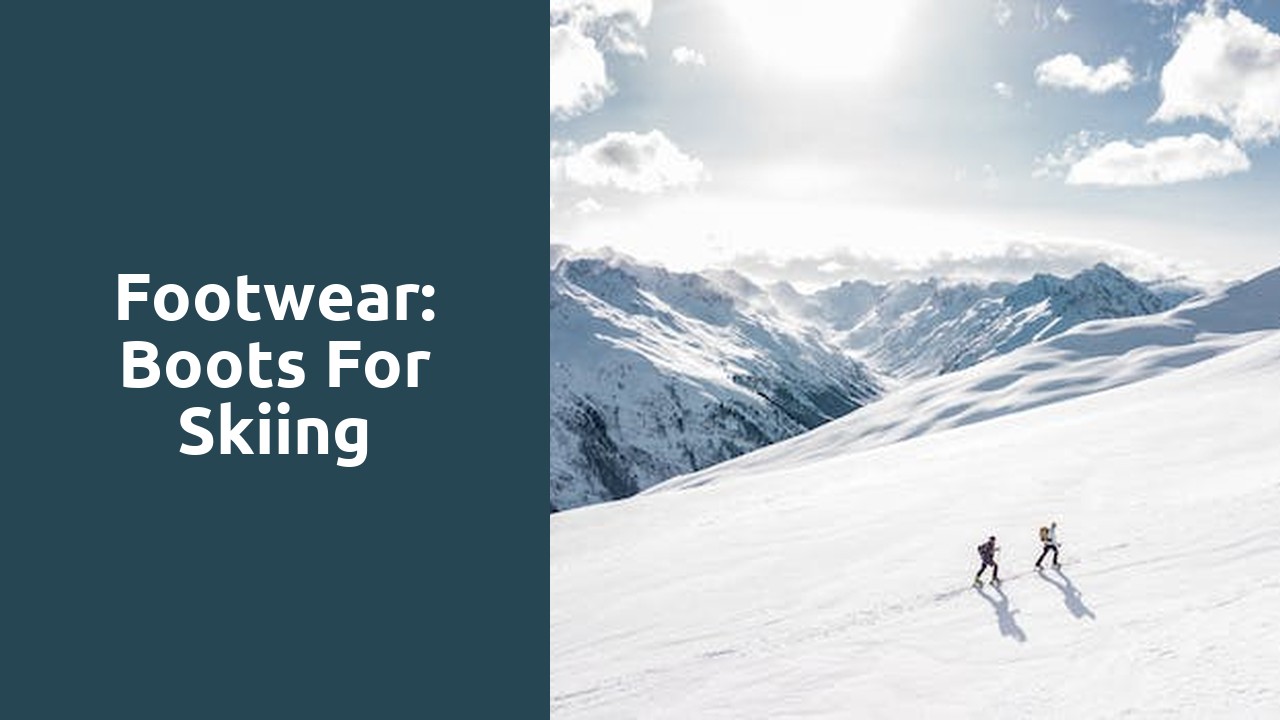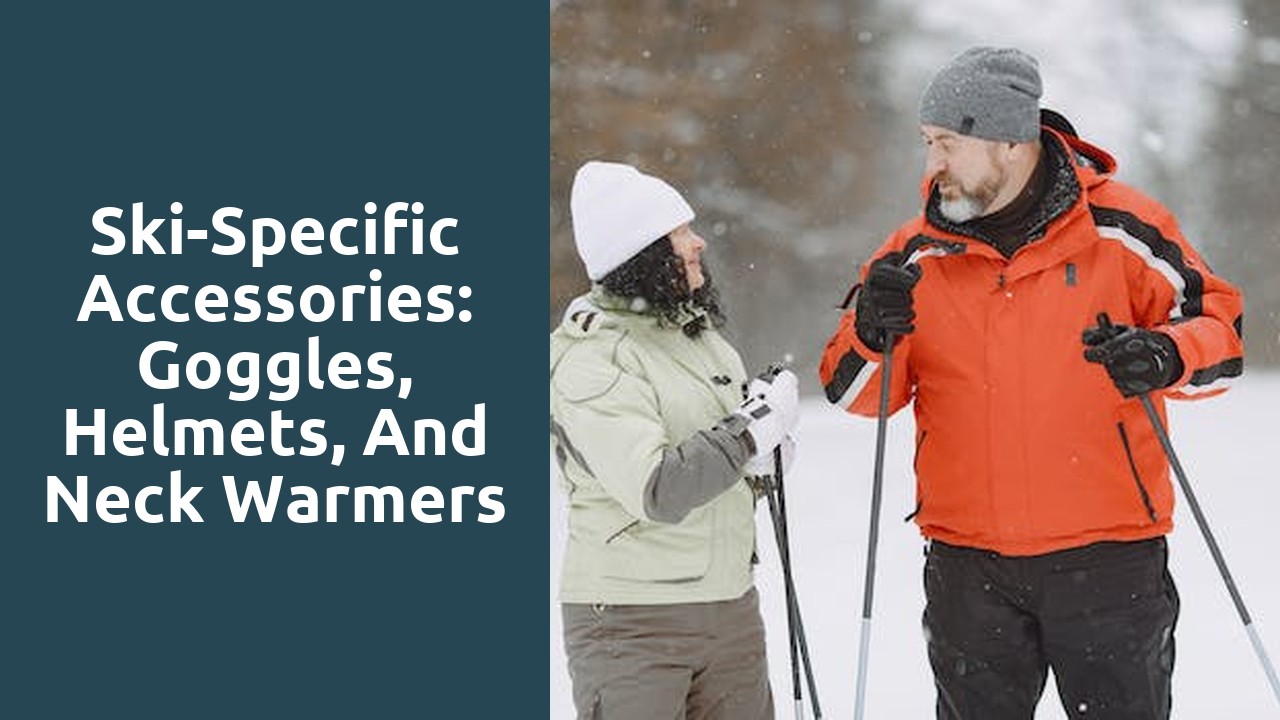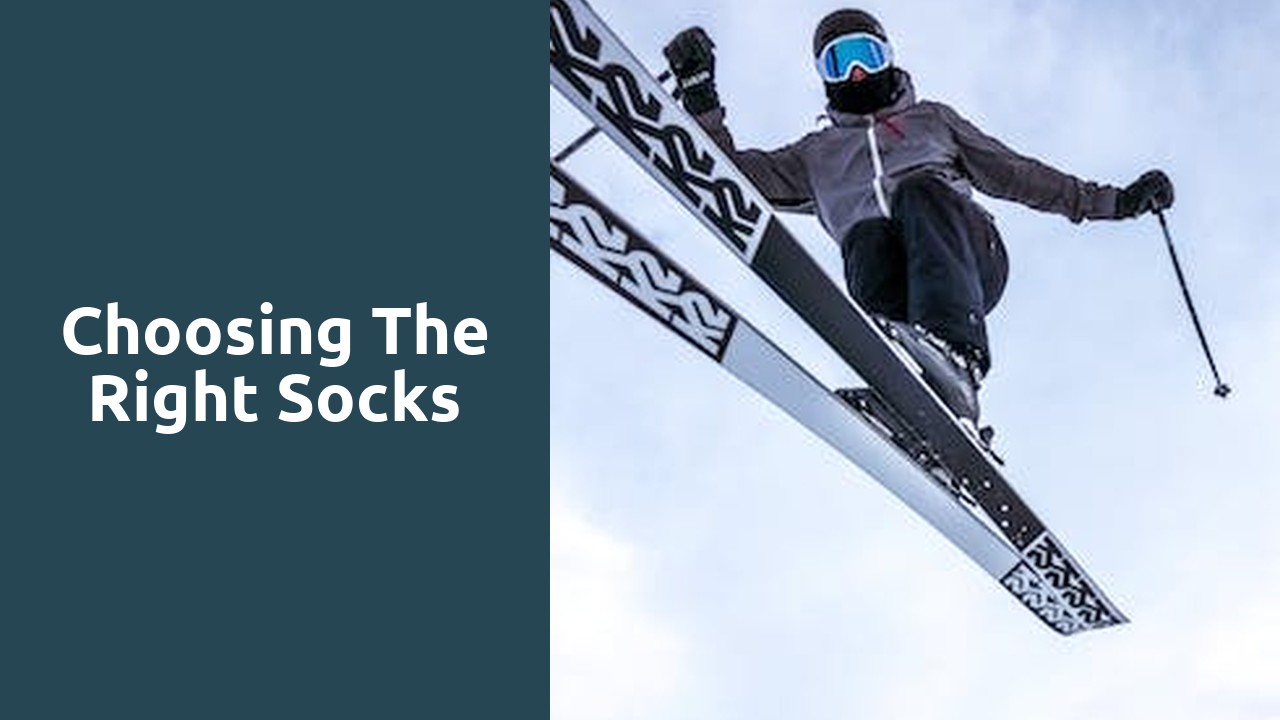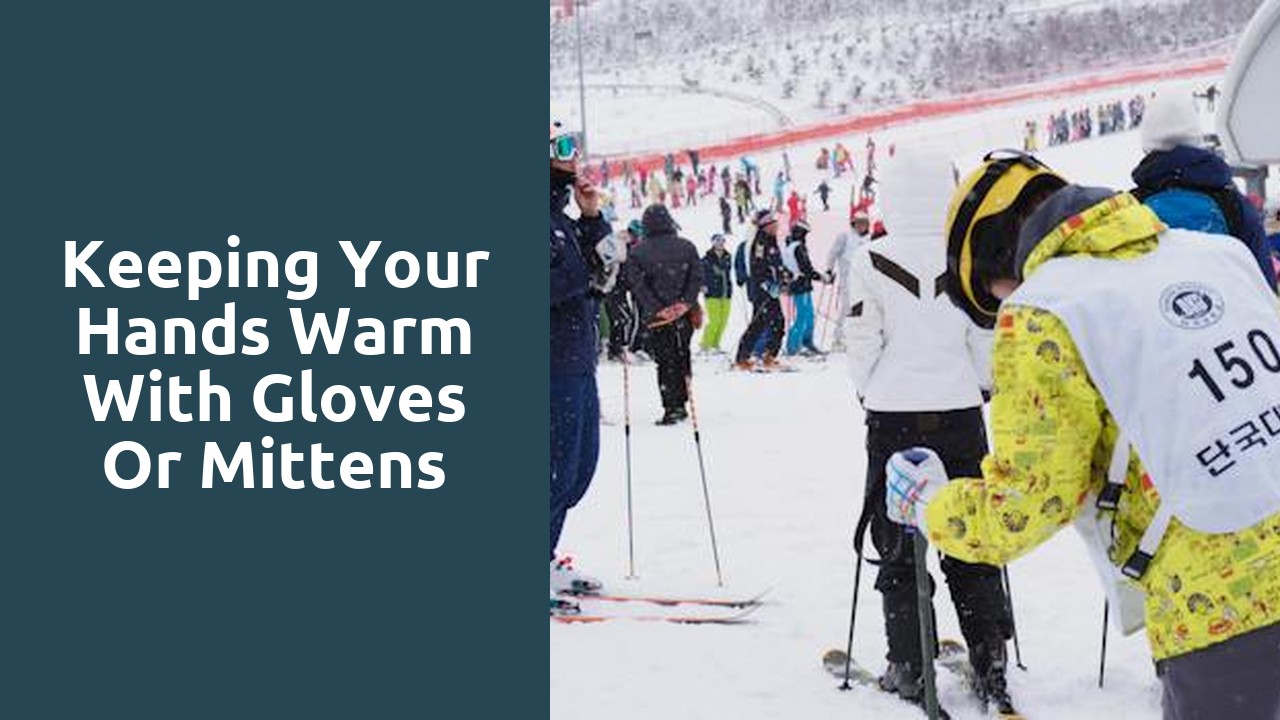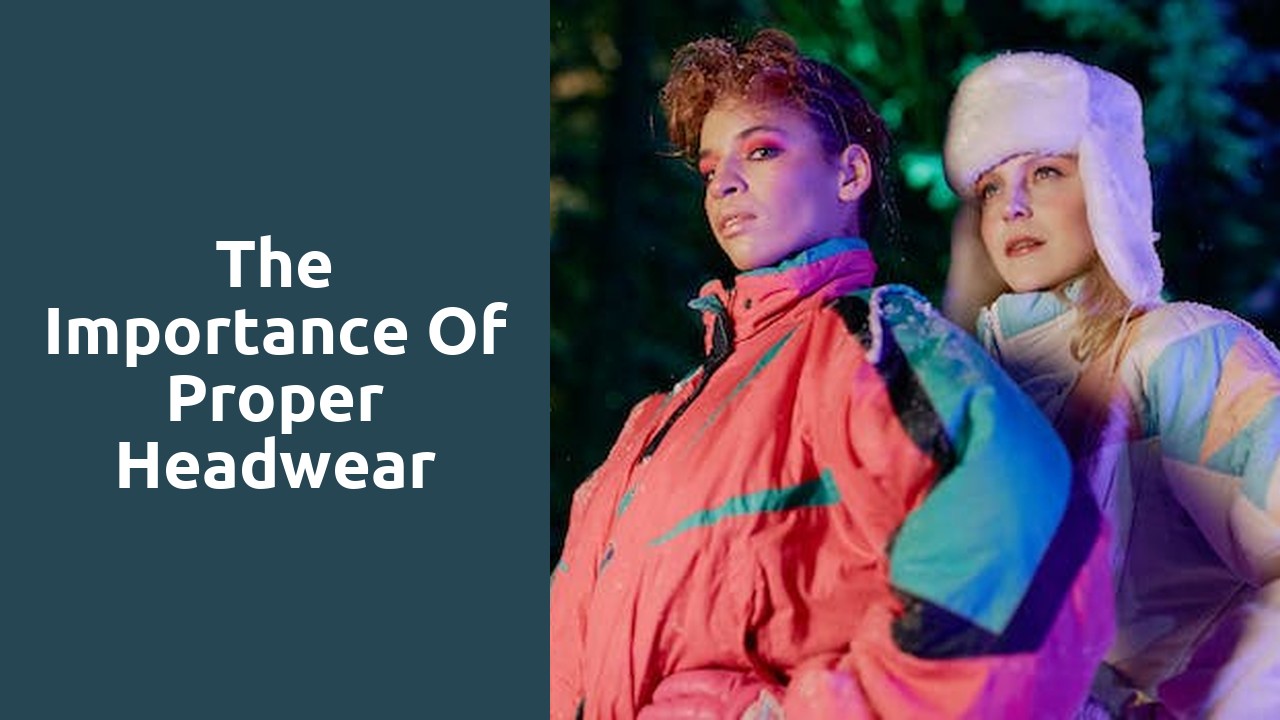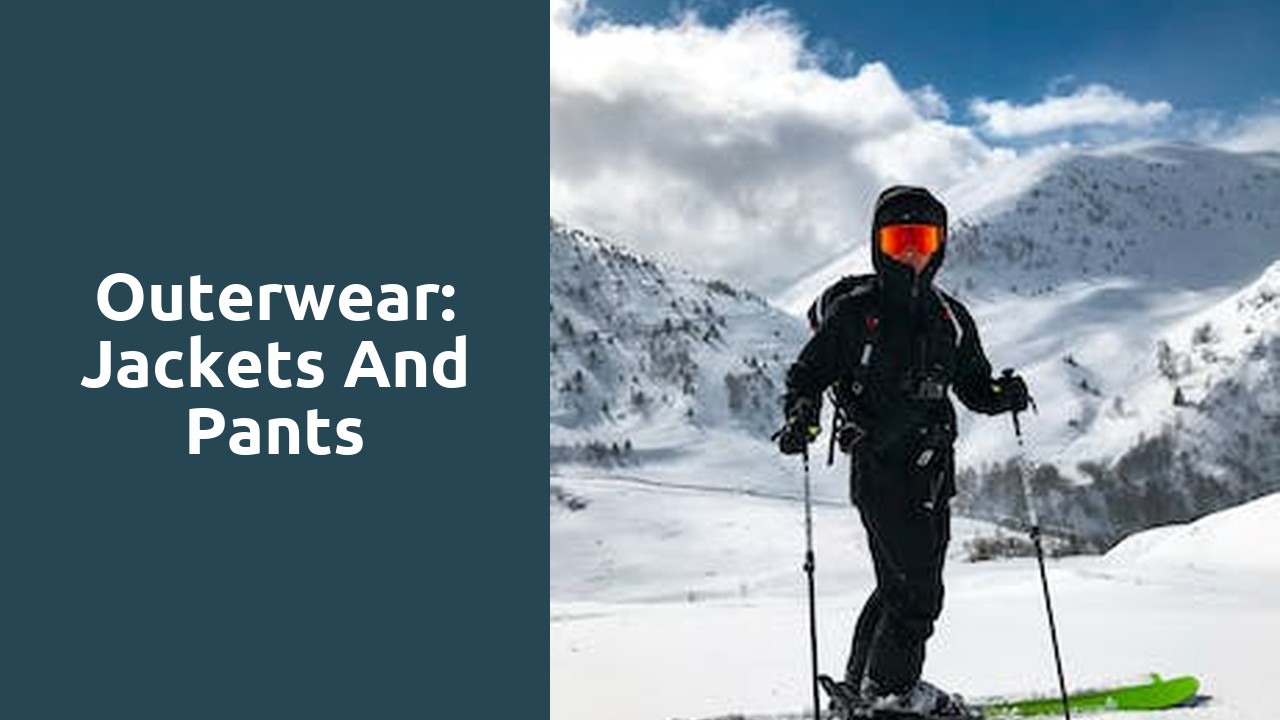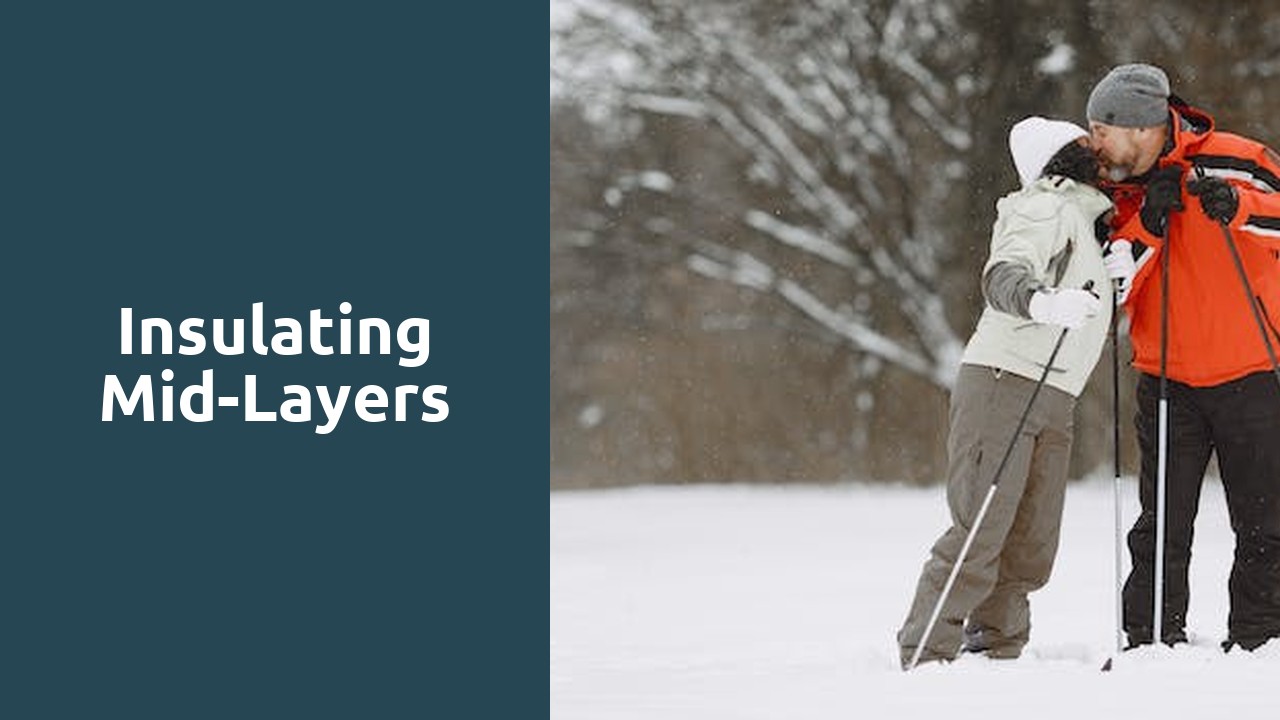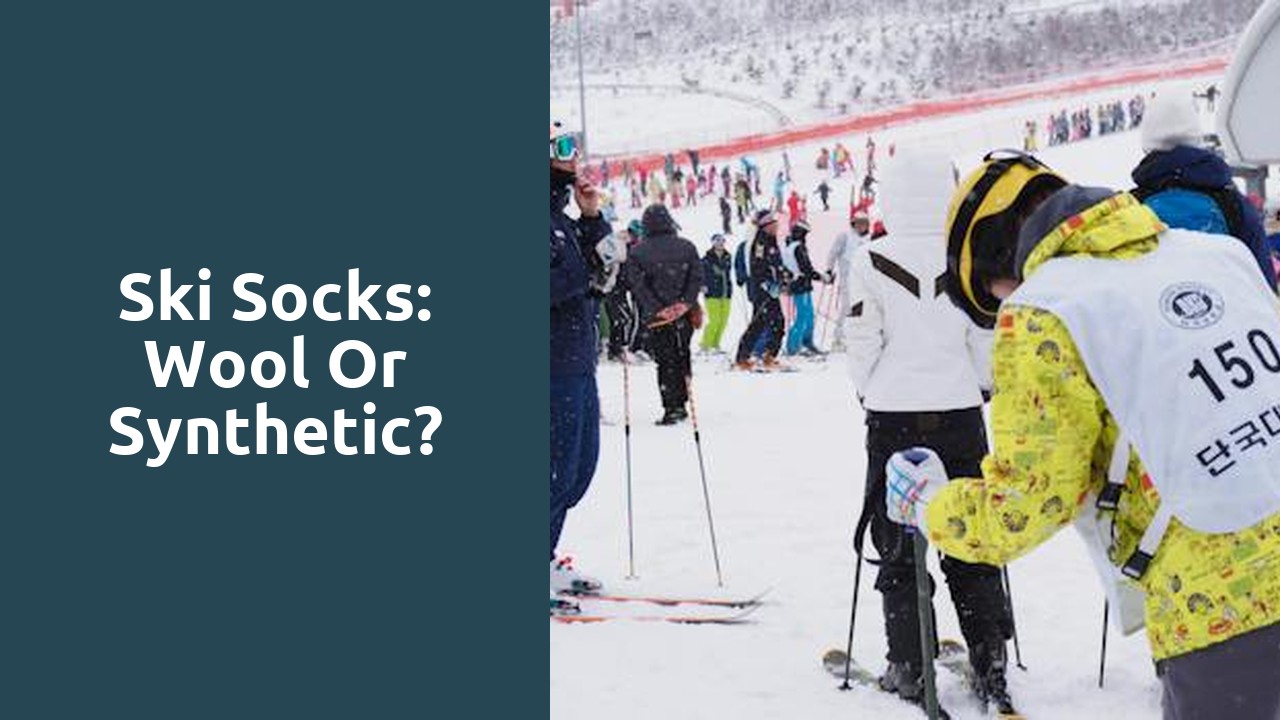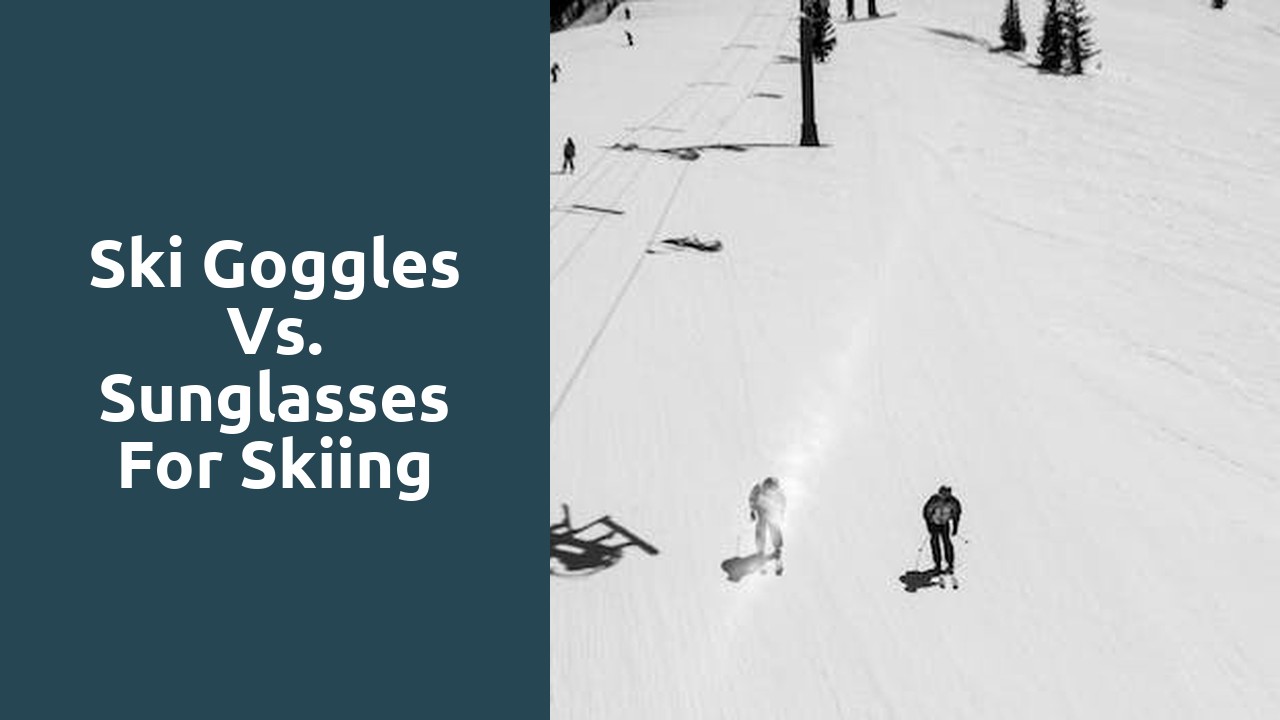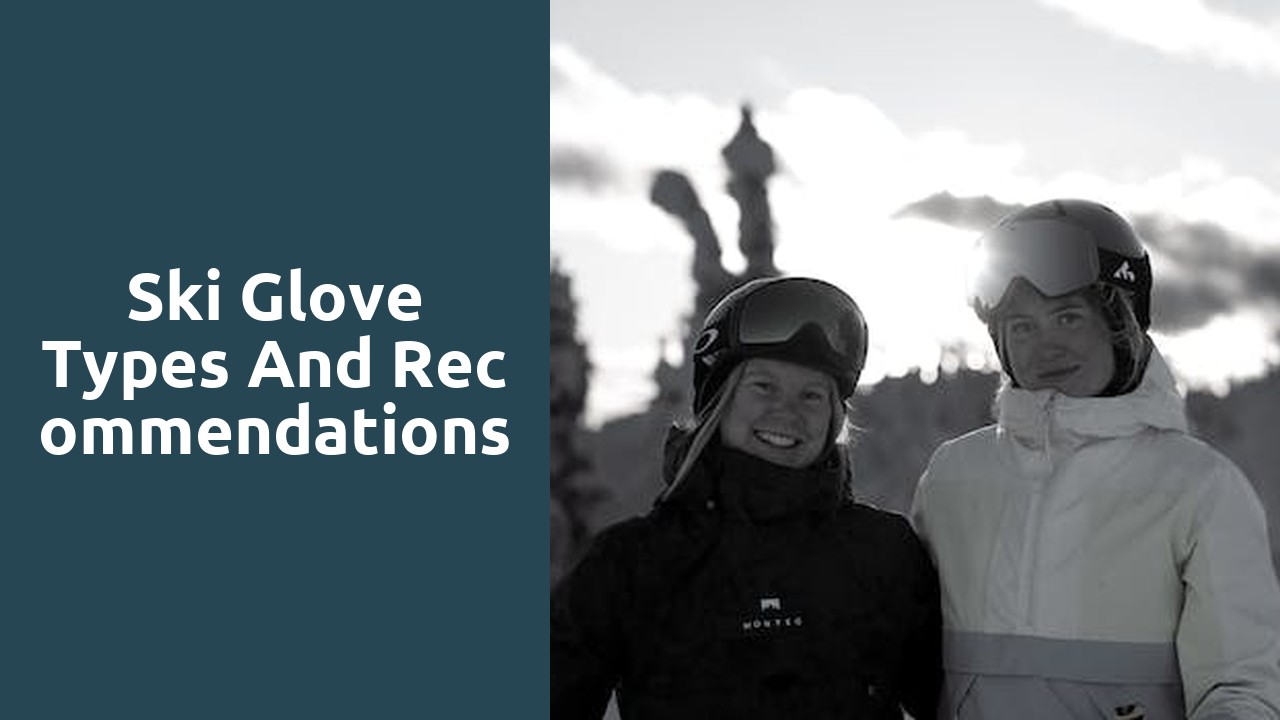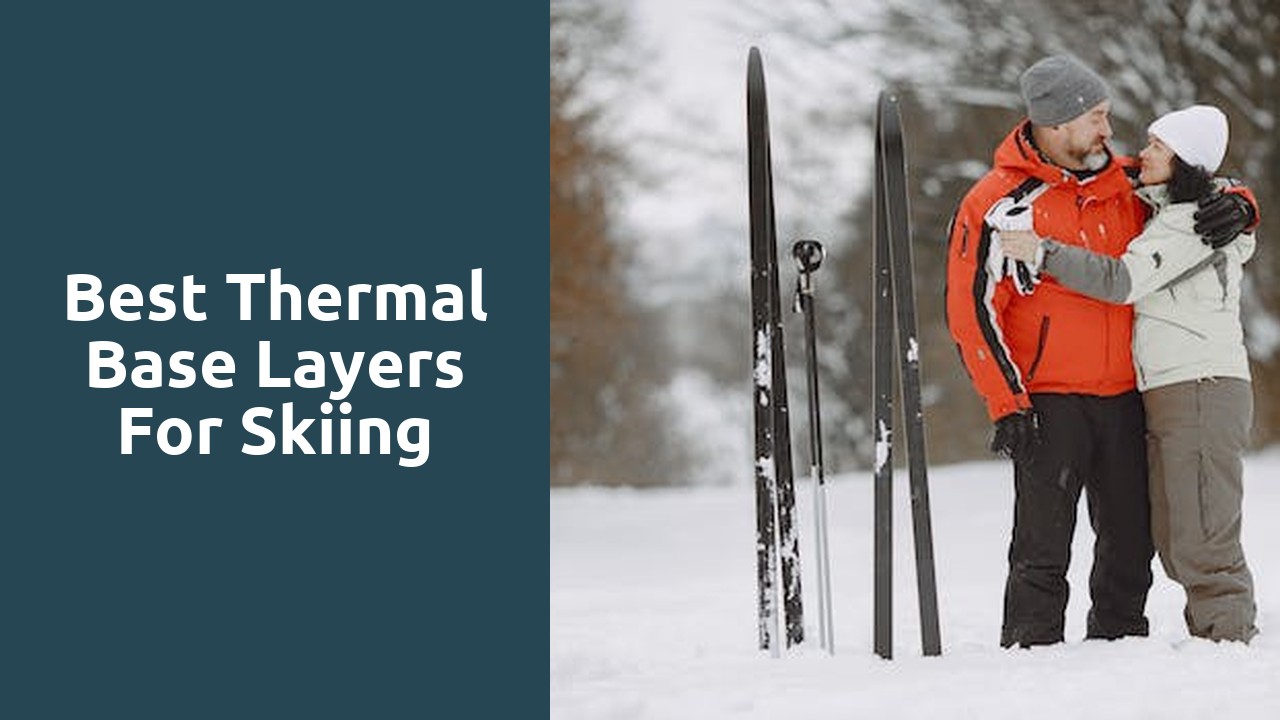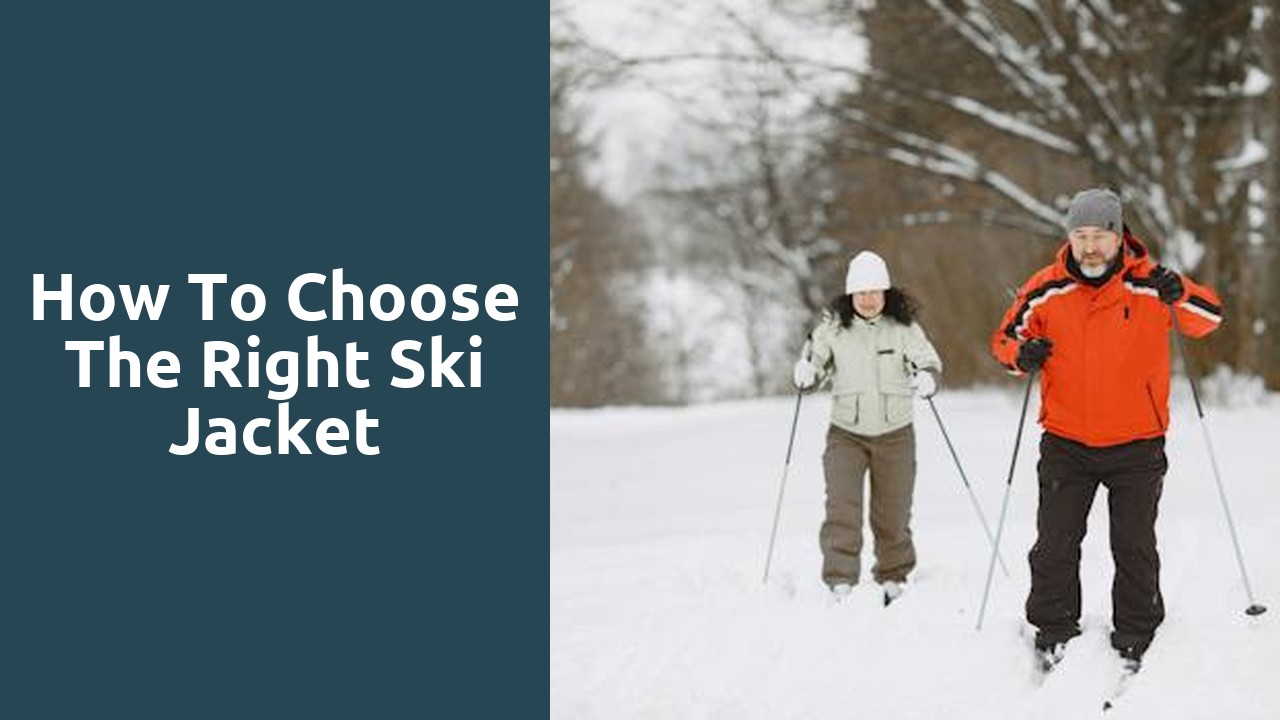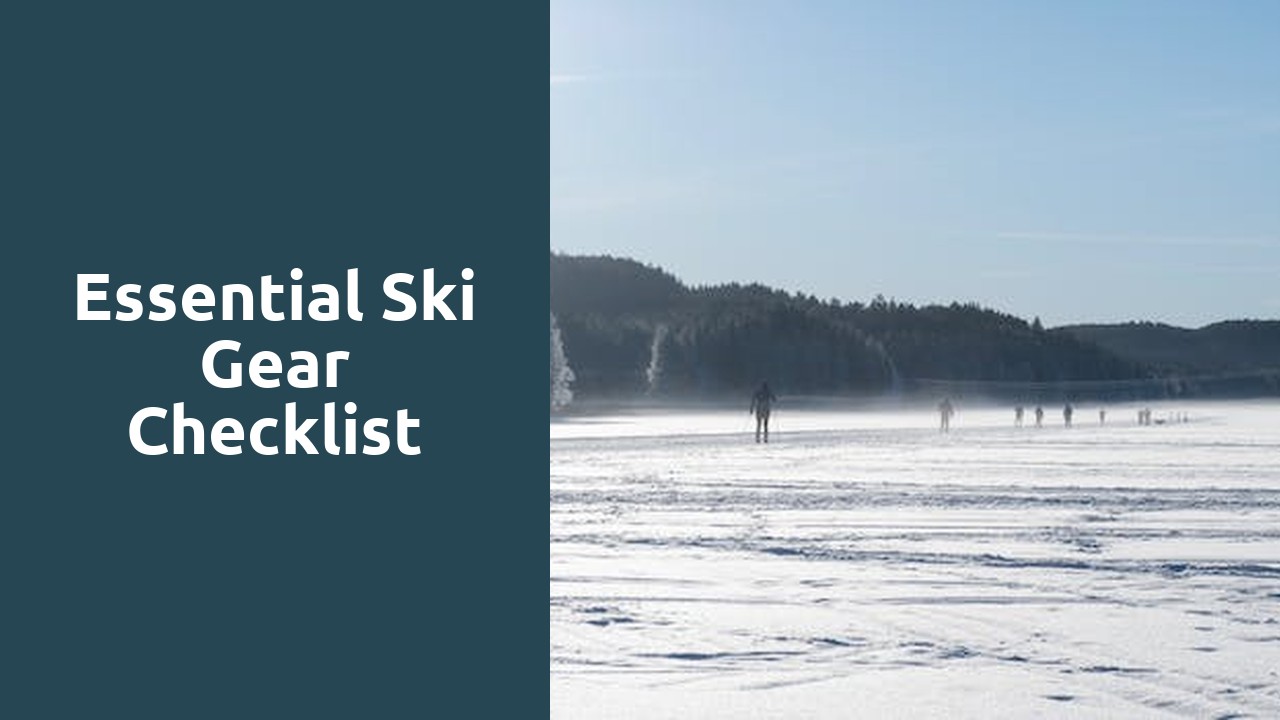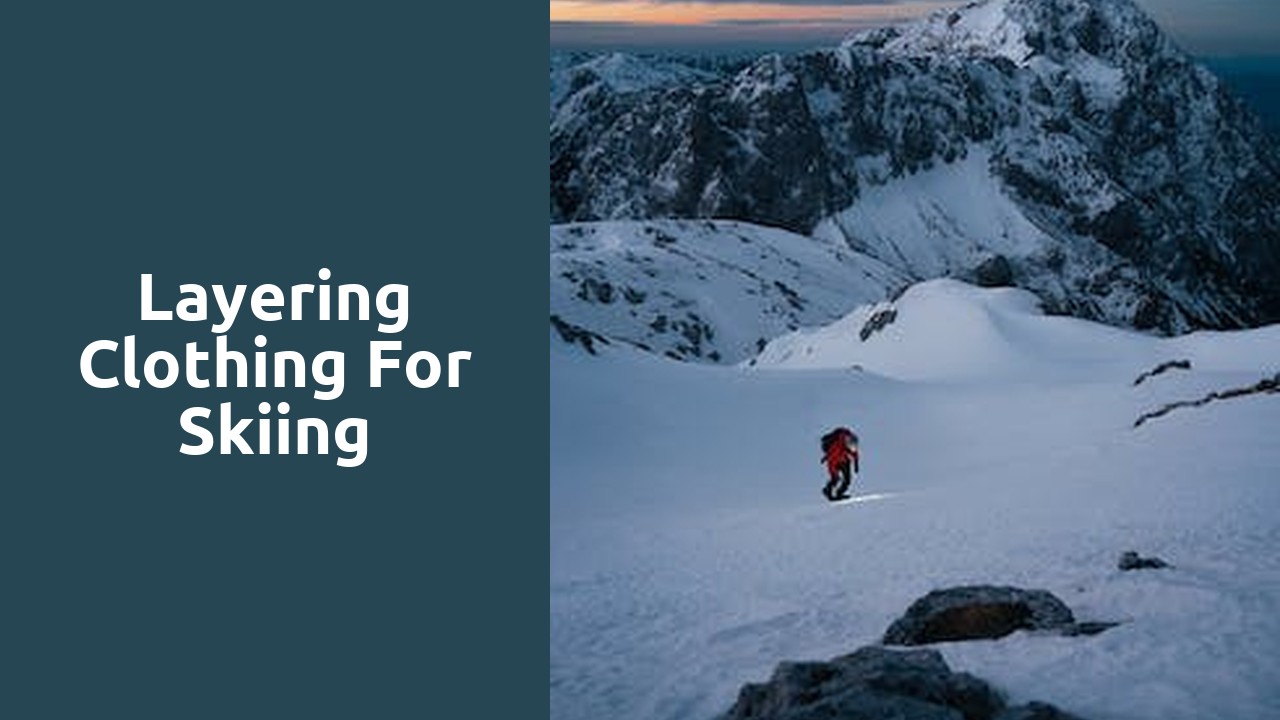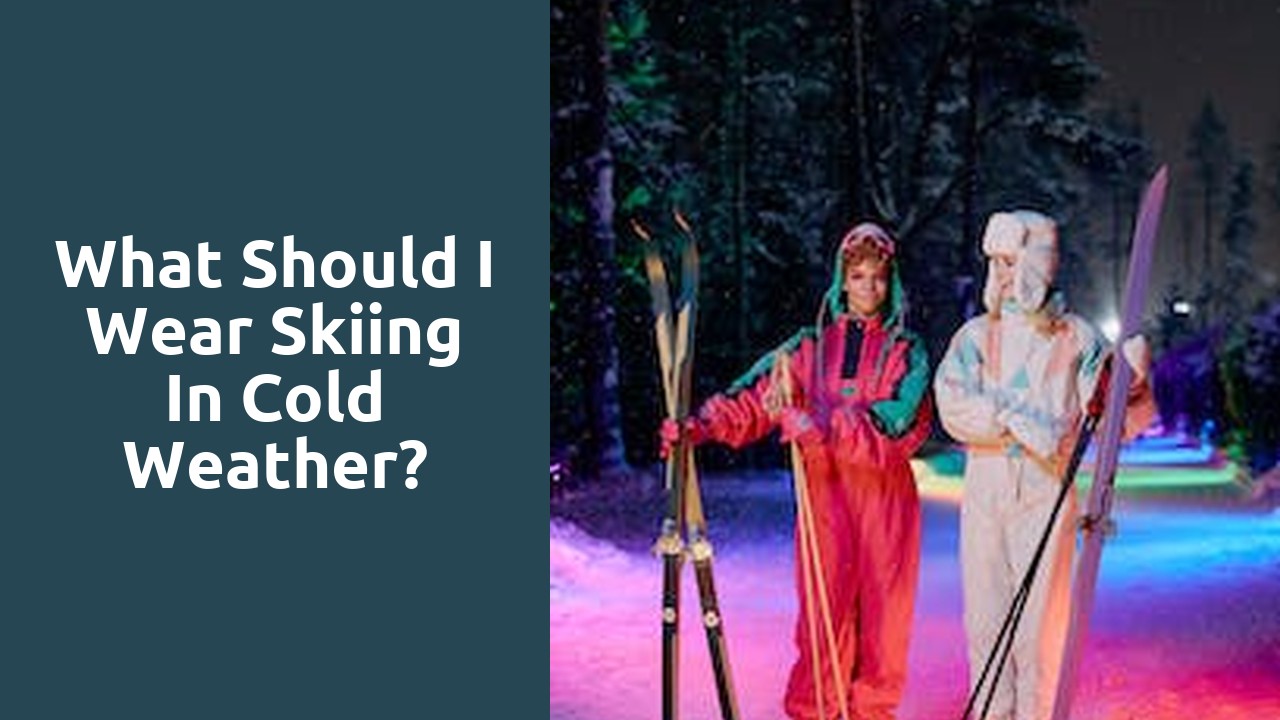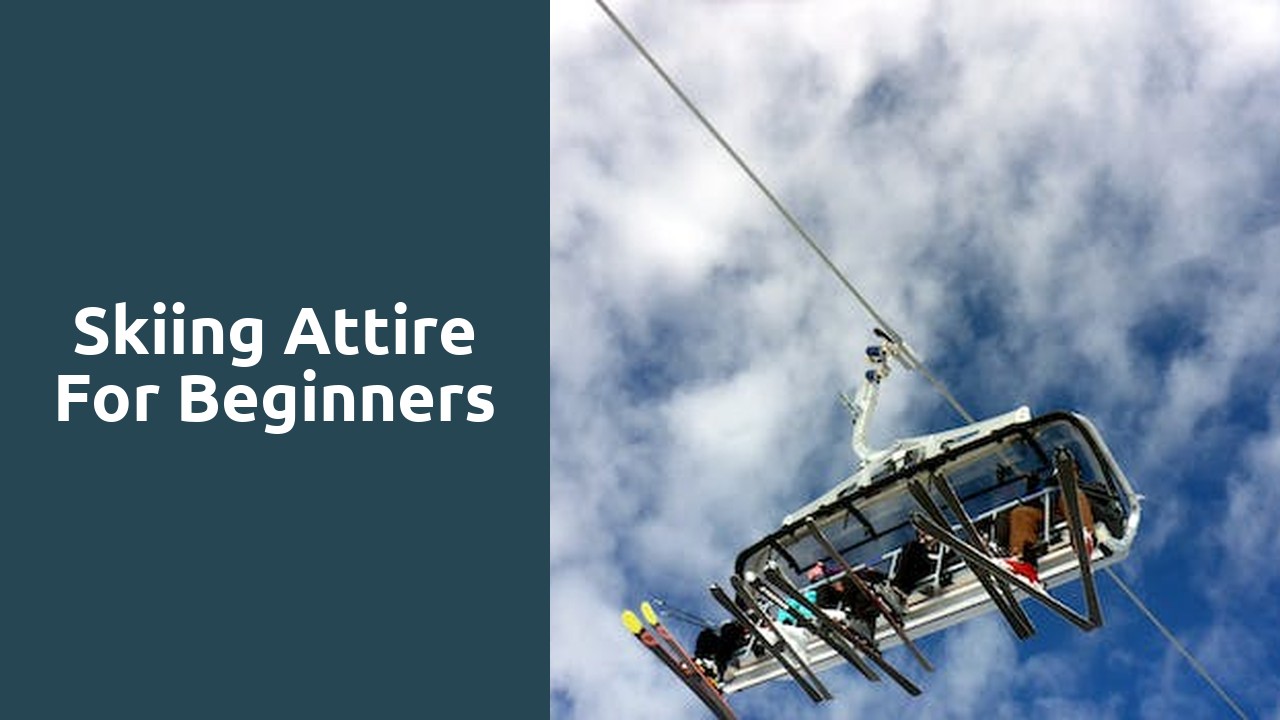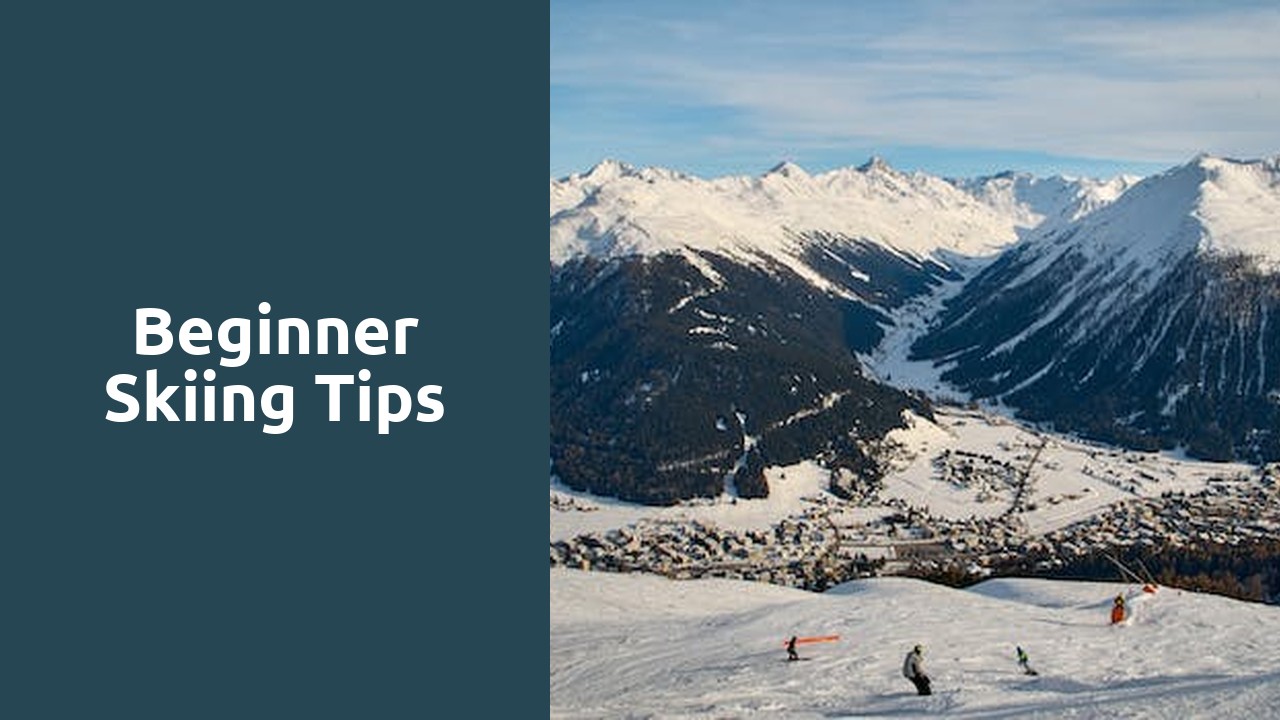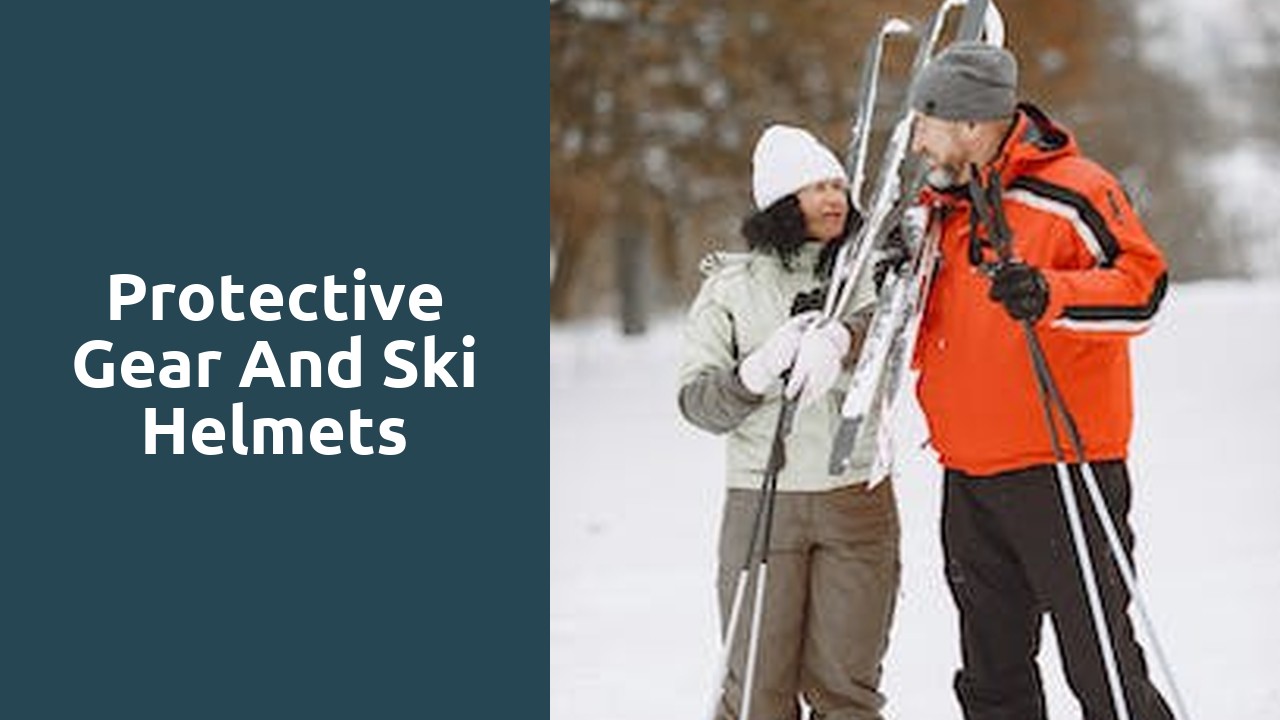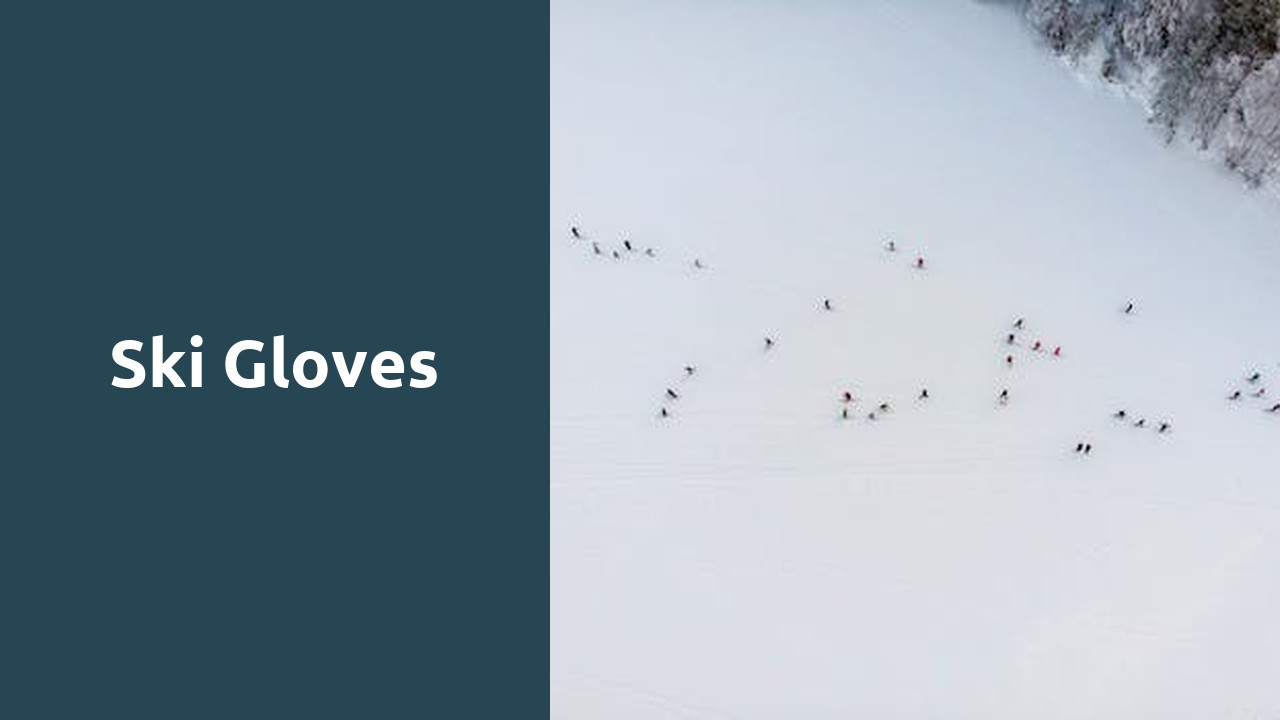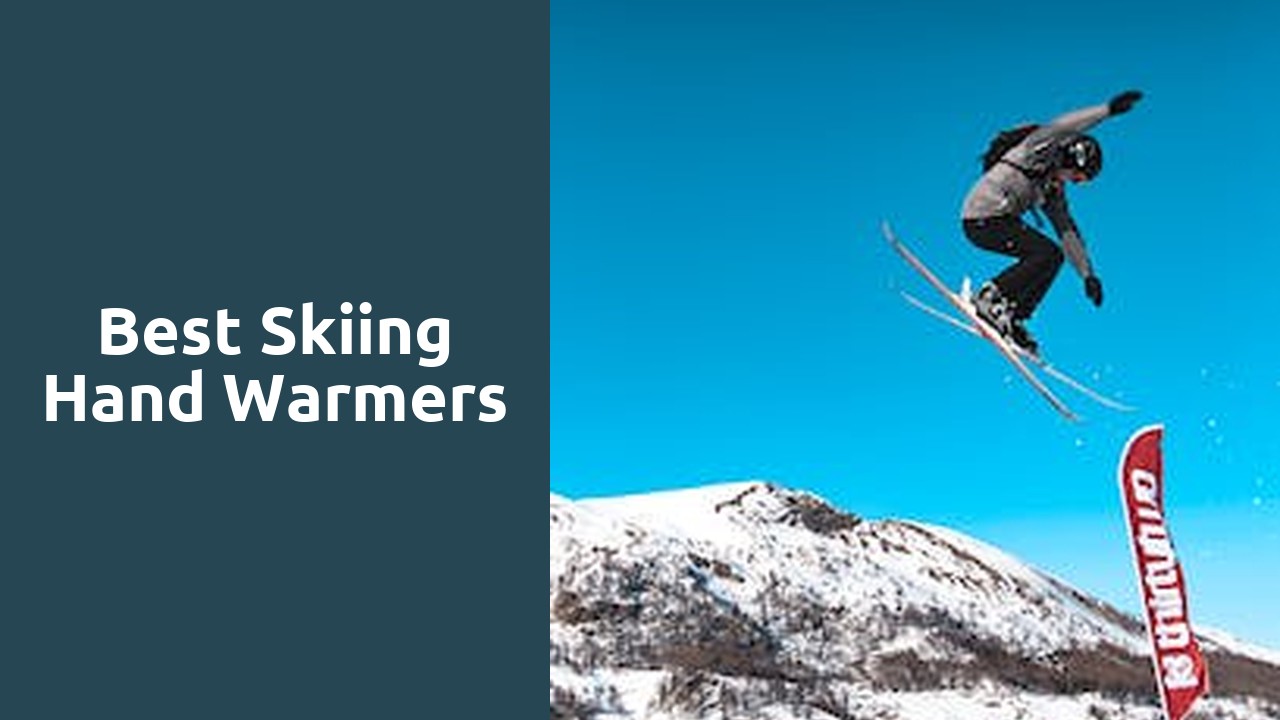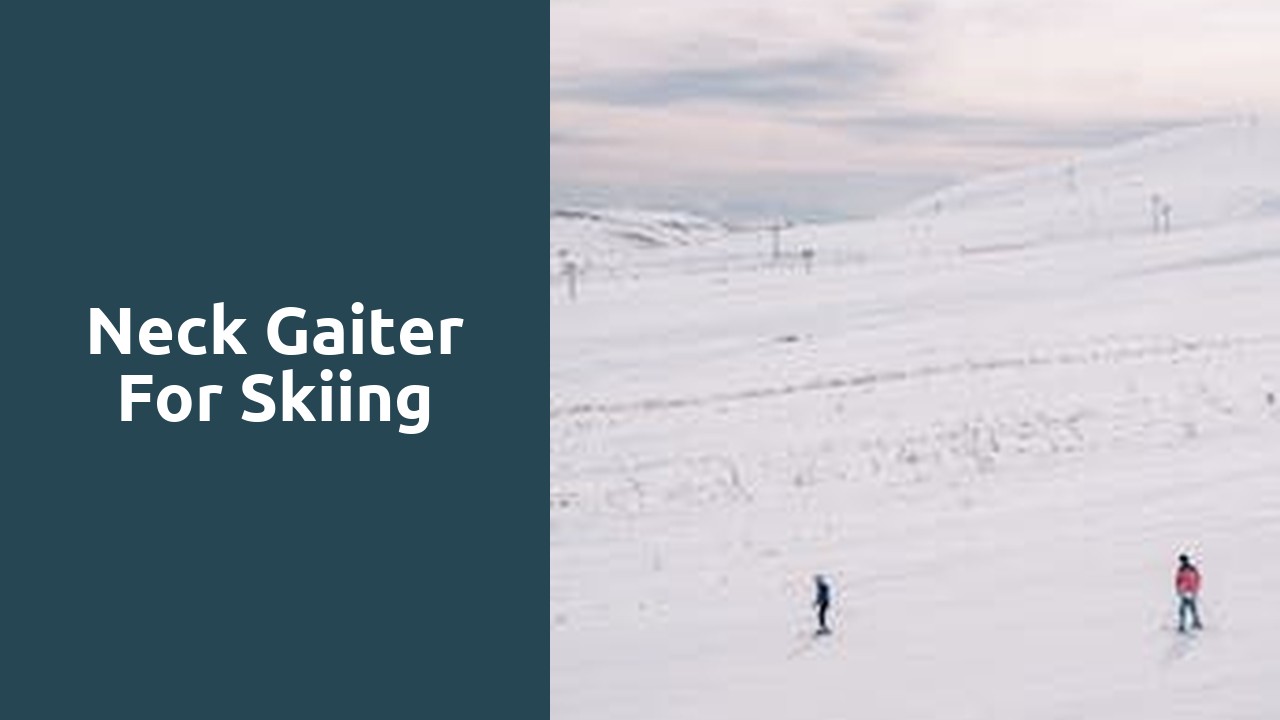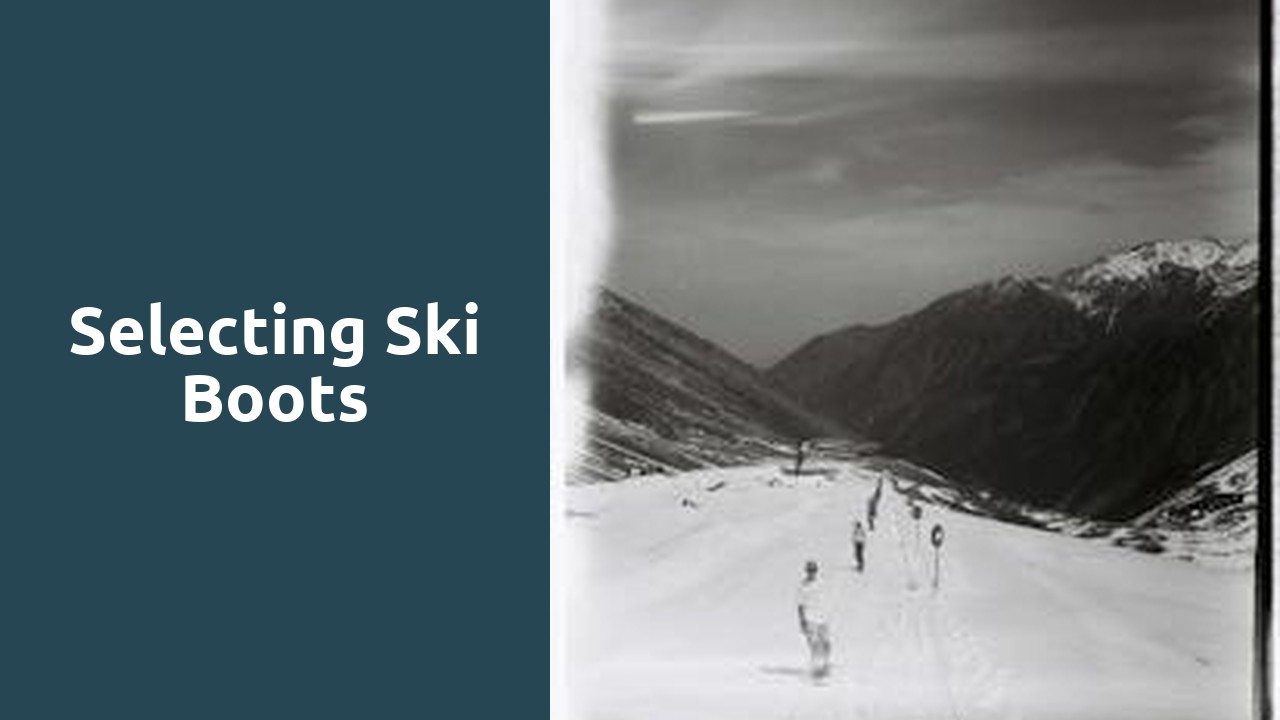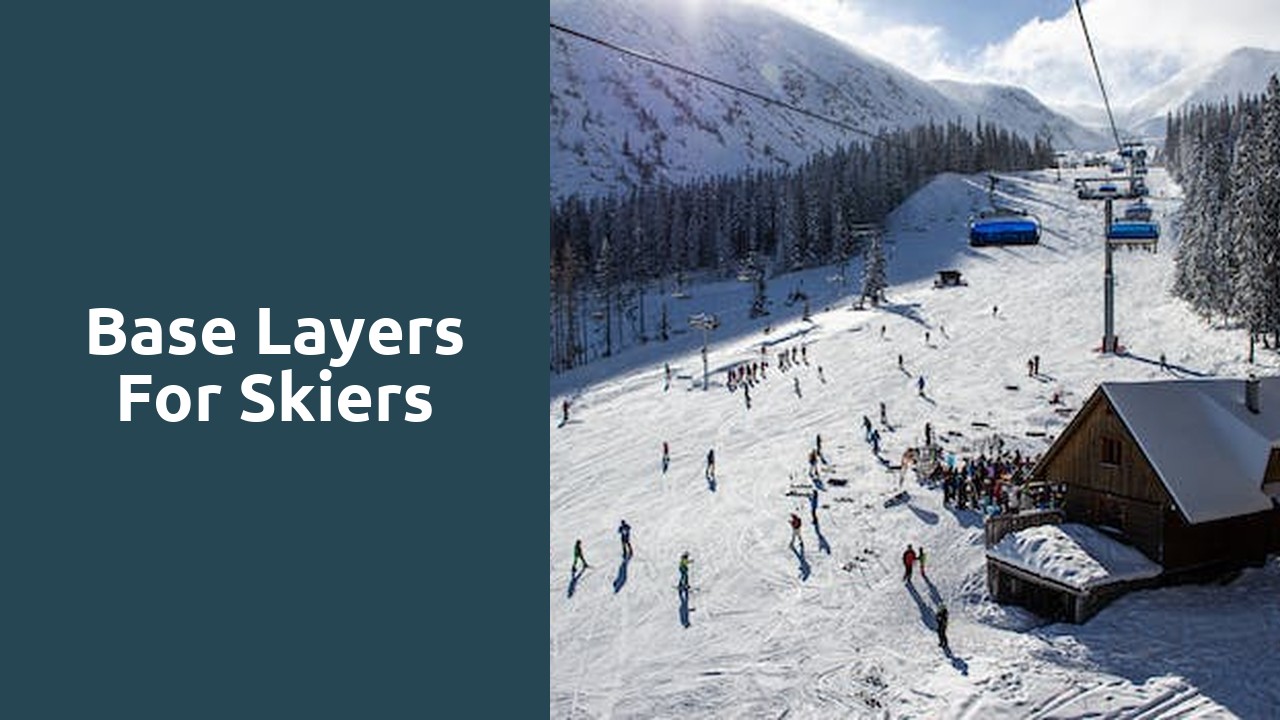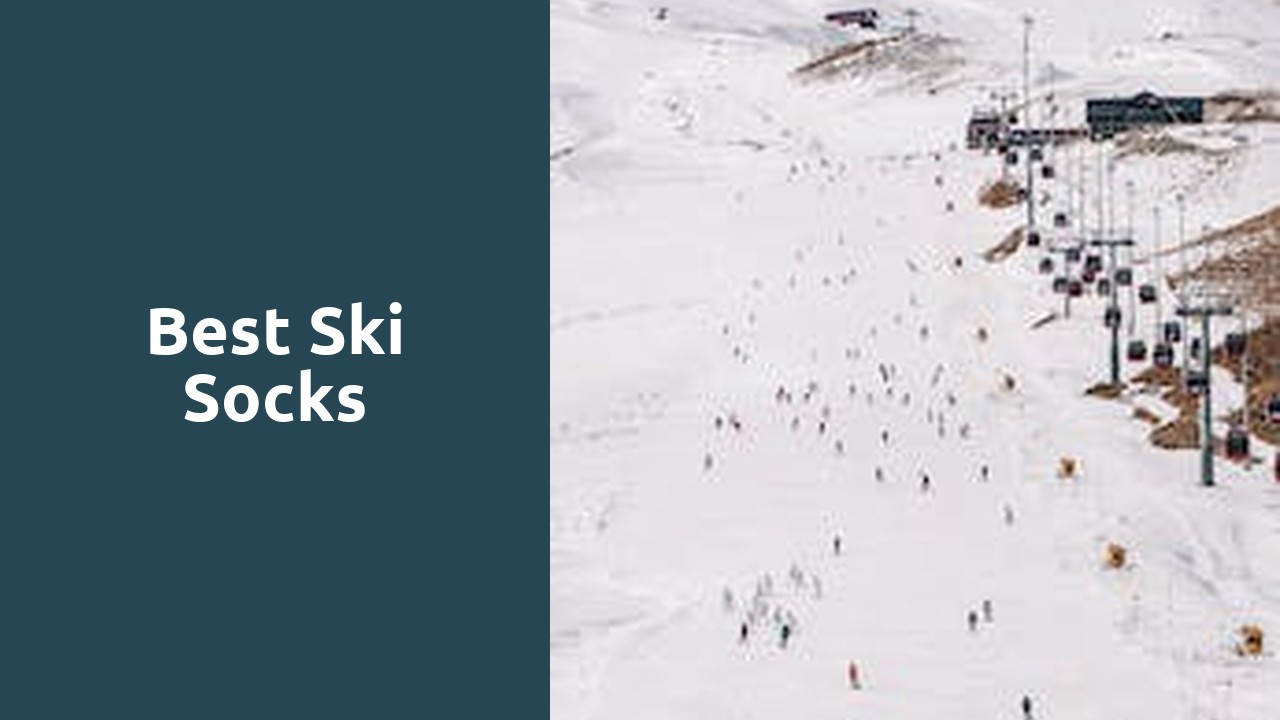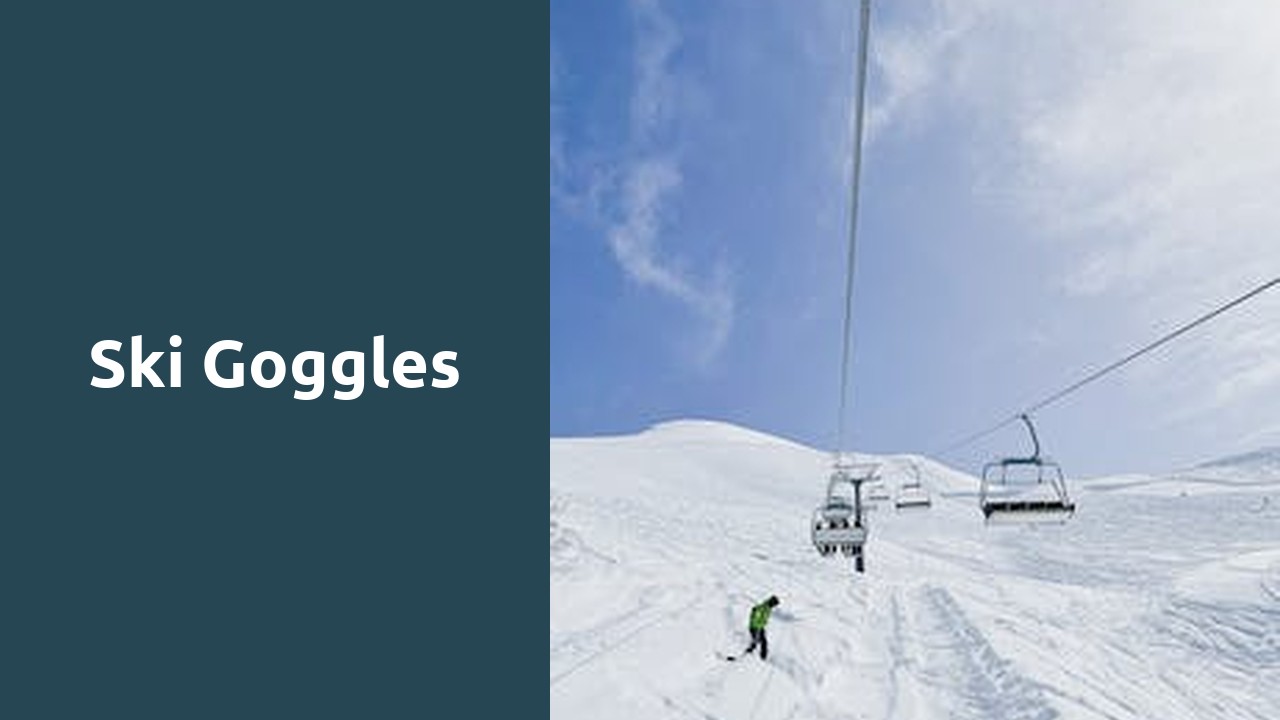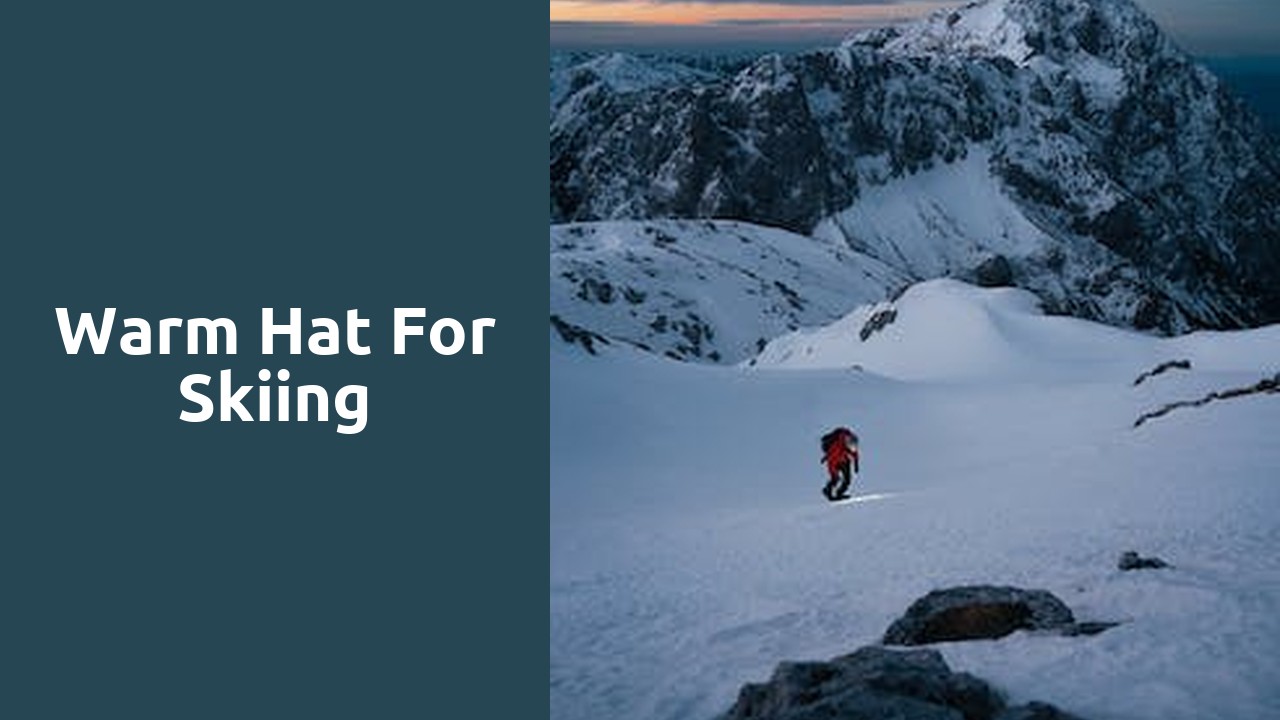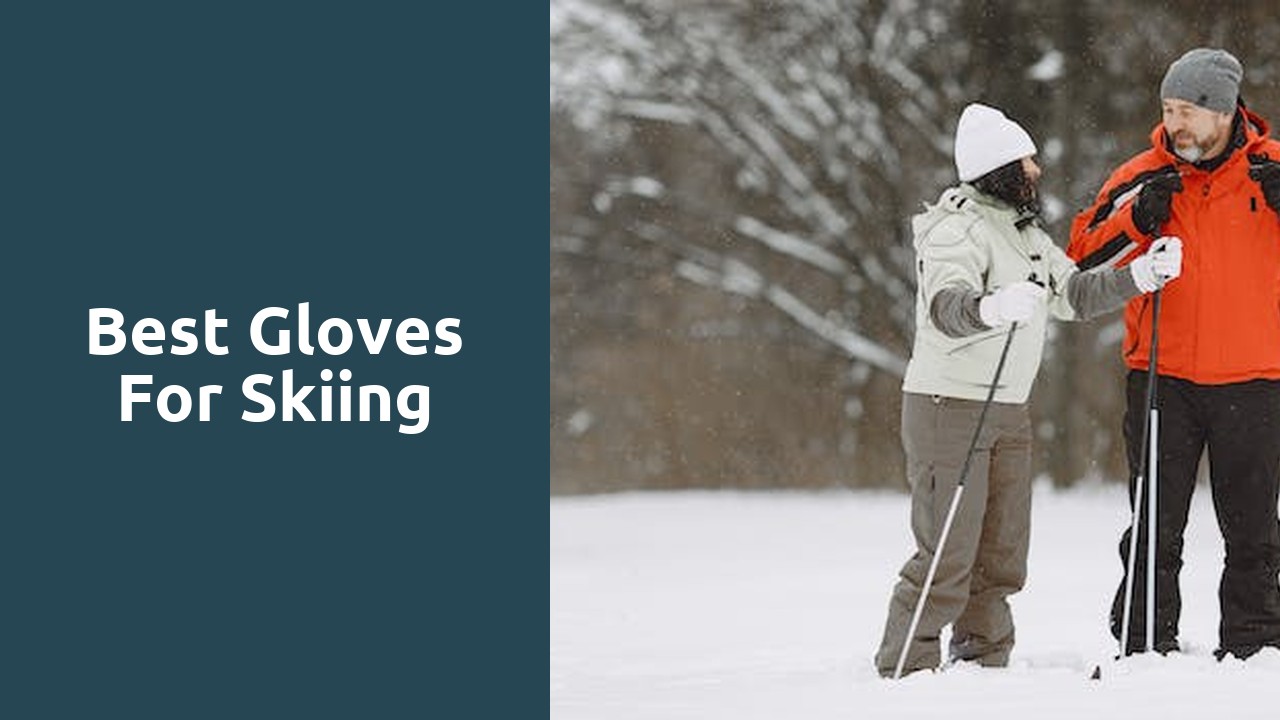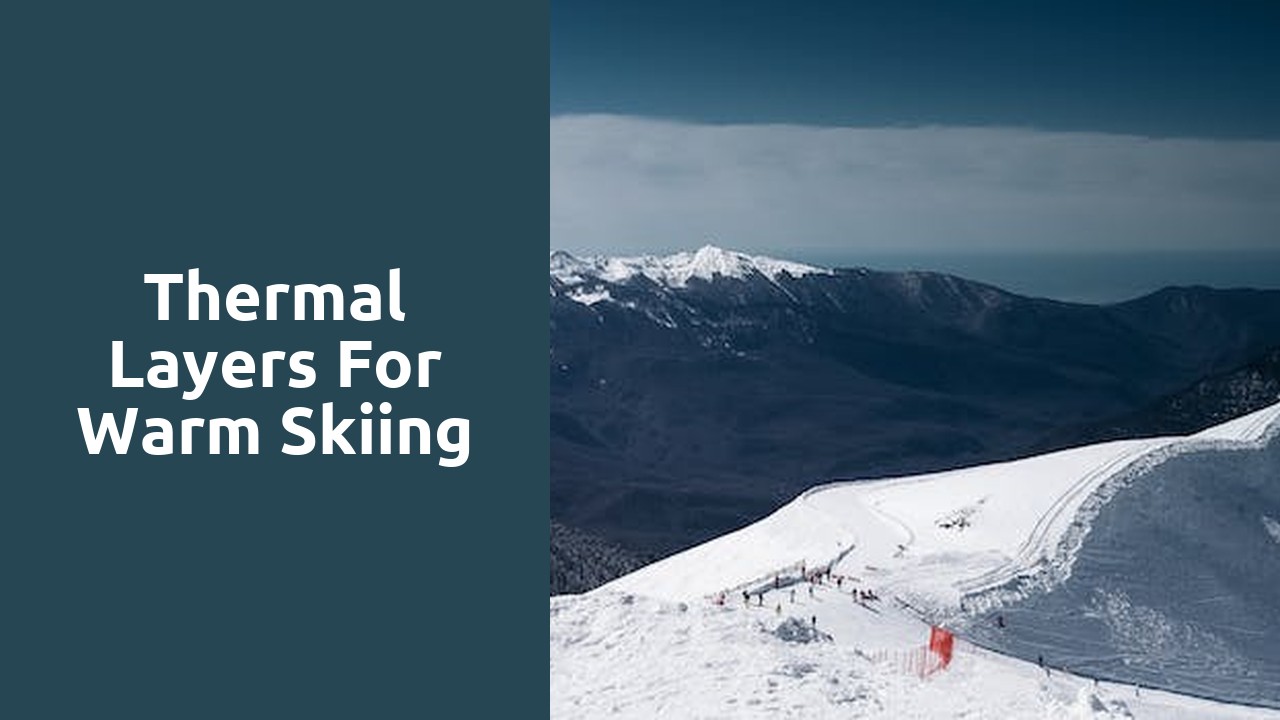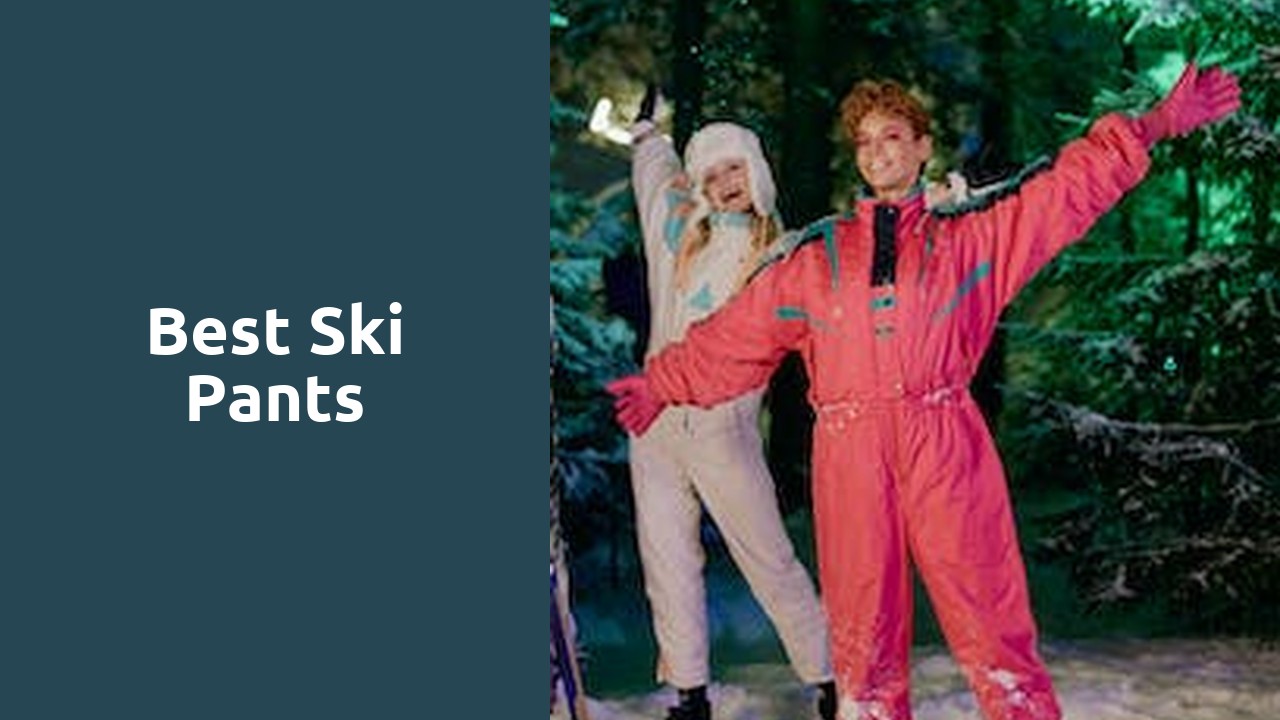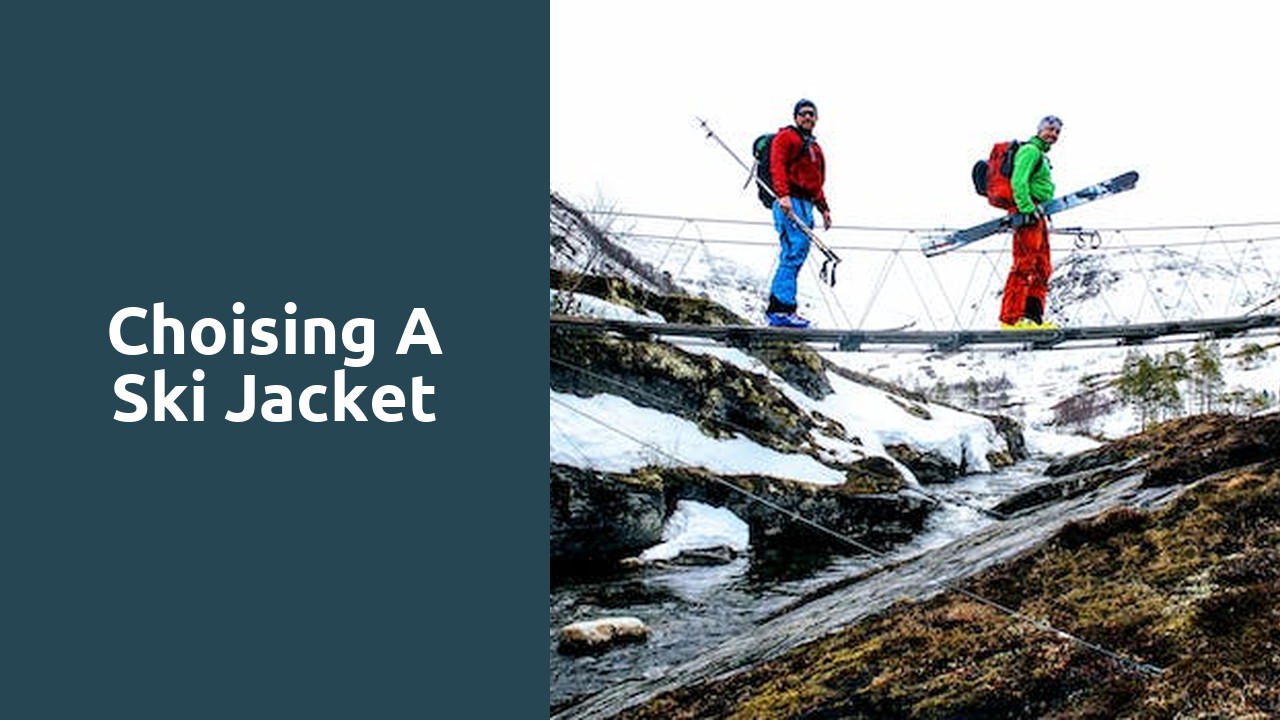What to Wear Skiing: Essential Clothing and Gear for a Winter Adventure
Embarking on a winter ski vacation at a top USA ski resort? The sparkling powder of snow beneath glimmers with an invitation to adventure. But what's stopping you is the biting cold, threatening to seep through synthetic fabrics and skin. Never fear—the ultimate guide to what to wear skiing is here, keeping you nicely snug as you carve your way down the slopes. From high-tech thermal layers to innovative headgear, we'll break down the essential clothing and gear that fuse style, comfort, and functionality for an unforgettable escapade in the frosty playground. Frostbite or a fashion fail—neither will be the story of your winter adventure!
When skiing, it is essential to wear appropriate clothing and gear for comfort and safety. This includes items such as long underwear, a ski or snowboard jacket, ski or snowboard pants, gloves or mittens, a helmet, goggles, and a neck gaiter or balaclava. Layering is key to staying warm on the slopes, and it is recommended to choose waterproof or water-resistant materials for jackets, pants, gloves, and mittens. Additionally, wearing sunscreen is important to protect exposed skin from intense sunlight and snow glare.
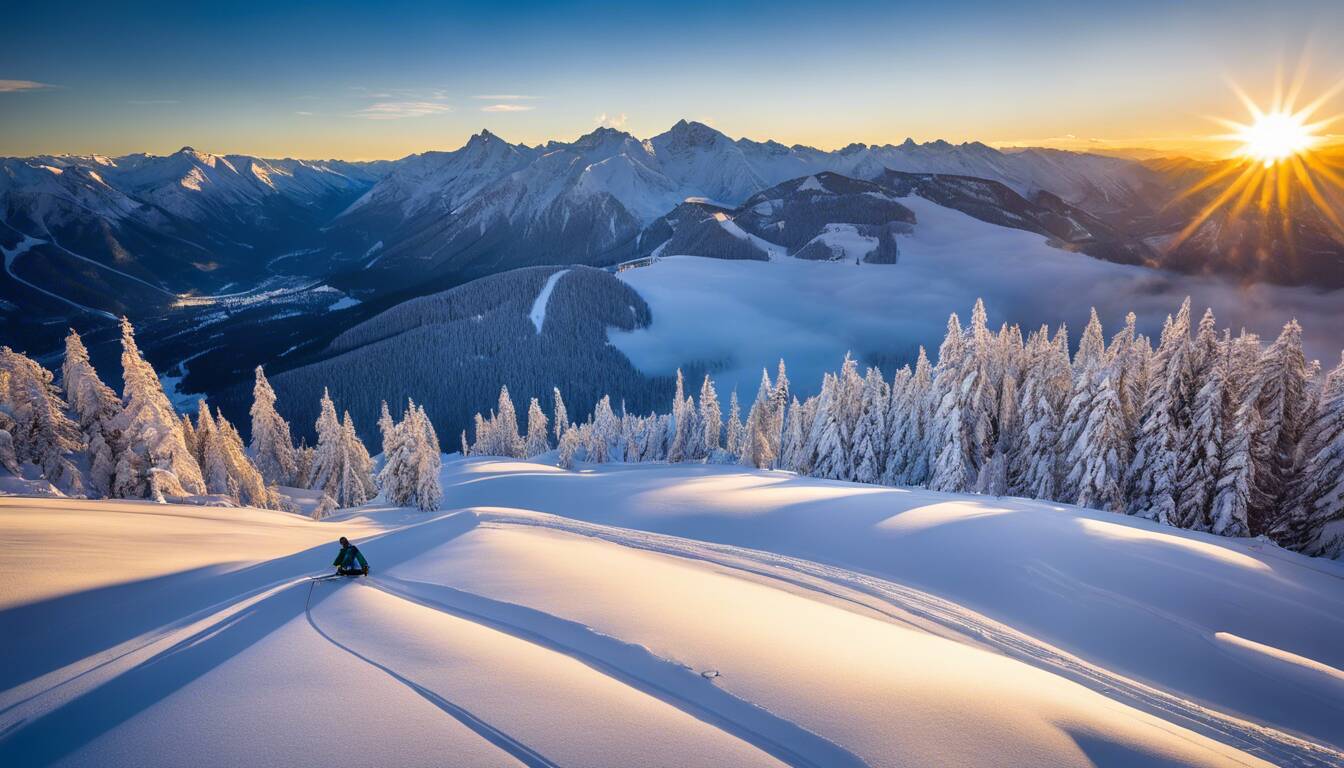
Making the Right Layers for Skiing
When it comes to skiing, wearing the right layers is crucial in ensuring both comfort and performance on the slopes. With constantly changing weather conditions and varying levels of physical activity, layering allows for versatility and adaptability throughout your winter adventure.
The layering system consists of three main components: the base layer, mid layer, and outer layer. Each layer serves a specific purpose in keeping you warm, dry, and protected from the elements.
- The right layering system is essential for a comfortable and effective skiing experience. It consists of a base layer, mid layer, and outer layer, each with its own purpose in providing warmth, dryness, and protection from the weather. By properly layering your clothing, you can adapt to changing weather conditions and physical activity levels while enjoying your winter adventure on the slopes.
Base Layer Essentials
Starting with the base layer, it is the foundation of your skiing attire. This layer sits directly against your skin and its primary function is to regulate body temperature by wicking away moisture and providing insulation. It should be made of moisture-wicking materials such as merino wool or synthetic fabrics like polyester or polypropylene.
Merino wool, known for its softness and natural ability to regulate body temperature, is an excellent choice for base layers. It is also odor-resistant, which can be advantageous during long days on the slopes. Synthetic fabrics like polyester or polypropylene are lightweight, quick-drying, and more affordable options.
Regardless of the material, your base layer should fit snugly without being too restrictive. A proper fit ensures effective moisture management while allowing for freedom of movement.
Think of your base layer as a second skin that helps regulate your body temperature and keeps you dry throughout your skiing adventures.
Remember that layering is key to staying comfortable on the slopes. Use lightweight or midweight long underwear depending on the temperature and personal preference.
Along with a long sleeve top or thermal shirt, don't forget about your lower half. Opt for comfortable leggings or long underwear that offer enough warmth without restricting movement. Avoid cotton as it retains moisture instead of wicking it away.
Choosing the right base layer is essential for maintaining warmth and comfort while skiing. It provides thermal insulation, regulates body temperature, and keeps moisture away from your skin.
Now that we've covered the importance of base layers in skiing attire, let's move on to understanding the significance of mid and outer layers.
Mid and Outer Layer Selection
When it comes to dressing for a skiing adventure, selecting the appropriate mid and outer layers is crucial for staying comfortable in varying temperatures and weather conditions. The key is to focus on layering, which allows you to adapt your clothing as needed to regulate body temperature.
Starting with the base layer, opt for comfortable fabrics that wick away sweat and provide some warmth. Merino wool or synthetic materials like polyester are excellent choices. These layers should include long underwear, leggings, socks, and a long-sleeve shirt.
Moving on to the mid-layer, this provides extra insulation during colder periods or inactive times on the slopes. Consider adding a zippered wool or fleece jacket or thick leggings to retain heat. While cotton can be acceptable for this layer since it's over the base and under the shell, other materials like fleece or synthetic blends are more effective at trapping warmth.
Lastly, the outer layer acts as your defense against wind, rain, and snow. It is crucial to select a waterproof and breathable shell that keeps you dry while allowing excess moisture to escape. Fabrics like Gore-Tex are often recommended for their durability and weather-resistance. Softshell jackets can work in consistently cold temperatures below 20°F but opting for a fully waterproof shell is advisable.
Imagine being on the slopes in chilly weather with flurries of snow falling around you. A proper mid-layer will keep you warm while skiing down the mountain, while a reliable outer shell will protect you from getting wet in case of unexpected snowfall.
Choosing Your Skiing Ensemble: Jackets and Pants
When it comes to choosing your skiing ensemble, jackets and pants play a vital role in keeping you protected from the elements while providing comfort and mobility on the slopes.
For skiing or snowboarding jackets, look for options that are waterproof or water-resistant with insulation. These jackets should have convenient pockets for storing essentials like your phone, wallet, or ski pass. Specialized features such as lift pass sleeves, powder skirts to keep snow from entering, and adjustable hoods can enhance your overall experience.
Similarly, ski or snowboard pants should be waterproof or water-resistant with insulation to keep you warm and dry. Look for features like vents to regulate temperature and prevent snow from getting into your boots. Some pants also offer reinforced inner ankles for durability. Consider whether you prefer bibs or standard pants depending on your personal preference and comfort.
Now that we have explored the importance of mid and outer layer selection as well as choosing the right jackets and pants, let's delve further into additional factors to consider when putting together the perfect skiing outfit.
Material Considerations
When preparing for a skiing adventure, considering the right materials for your clothing and gear is crucial to ensure comfort and protection in wintry conditions. Waterproof and synthetic materials are highly recommended for jackets, pants, gloves, and mittens as they provide insulation even in damp conditions. These materials help keep you warm by preventing moisture from seeping through while still allowing perspiration to escape, ensuring breathability and comfort throughout your day on the slopes. Fabrics like wool and Gore-Tex are ideal choices for their durability, warmth, and ability to withstand the elements. On the other hand, it's important to avoid using cotton, as it tends to absorb moisture and loses its insulating properties when wet.
Essential Skiing Accessories
While clothing is imperative for a skiing adventure, having the right accessories can make all the difference in terms of comfort, safety, and performance on the slopes. Three key accessories that should not be overlooked are gloves, helmets, and goggles.
Gloves play a vital role in keeping your hands warm and protected from the frigid temperatures. Look for gloves that are waterproof or water-resistant with proper insulation. Consider factors such as dexterity, removable liners for versatility, handwarmer pockets for added warmth, thumb wipes or goggle squeegees for convenience, and even touch-screen compatibility if you need to use your smartphone on the slopes.
Helmets are highly recommended for head protection and added warmth. Not only do they protect you from potential injuries during falls or collisions, but they also provide insulation against the cold air. Look for helmets that meet safety standards and offer a comfortable fit. Some helmets even come with features like adjustable vents for climate control.
Goggles are essential for protecting your eyes from wind, snow, and glare. They come in various shapes, sizes, and lens tints to accommodate different light conditions on the mountain. Look for goggles that fit well with your helmet, have anti-fog coatings or ventilation systems to prevent fogging up, and provide clear vision. If it's not actively snowing, you can also opt for sunglasses that offer UV protection.
Picture yourself gliding down the slopes with a clear view of the stunning winter landscape, confident in your gear's ability to keep you warm and protected. Imagine how much more enjoyable and safe your skiing experience would be with the right gloves, helmet, and goggles.
Gloves, Helmets and Goggles
When it comes to gearing up for a skiing adventure, several essential items should not be overlooked: gloves, helmets, and goggles. These three accessories are crucial for both comfort and safety on the slopes.
First and foremost, gloves are a must to protect your hands from freezing temperatures and harsh winds. Look for gloves that are waterproof or water-resistant to keep your hands dry in snowy conditions. Insulation is key to keeping your hands warm, so opt for gloves that provide adequate insulation without sacrificing dexterity. Consider factors like removable liners, handwarmer pockets, thumb wipes, goggle squeegees, and even touch-screen compatibility for added convenience.
Next up is the helmet, which serves as vital protection for your head. Wearing a ski helmet is highly recommended regardless of your skill level. Not only does it provide warmth, but it also offers crucial impact protection in case of accidents or falls. Look for helmets that fit securely and comfortably while also providing ample ventilation to prevent overheating.
Lastly, don't forget about goggles - an essential accessory for protecting your eyes from wind, snow, and glare. Good quality goggles will not only enhance visibility on the slopes but also keep your eyes safe from harmful UV rays. Look for goggles with anti-fogging technology and a wide field of vision. Make sure they fit well with your helmet and provide adequate padding around the frame for maximum comfort.
Remember, investing in high-quality gloves, helmets, and goggles can make all the difference in ensuring a comfortable and safe skiing experience.
Adapting to Changing Weather Conditions
One of the challenges of skiing is dealing with unpredictable weather conditions. Mother Nature likes to throw curveballs at us when we least expect it! That's why it's important to be prepared and adaptable when it comes to dressing appropriately on the slopes.
Layering is the key to staying comfortable in changing weather conditions. By wearing multiple layers, you can easily add or remove clothing to adapt to temperature fluctuations throughout the day. Start with a moisture-wicking base layer made of lightweight or midweight materials like merino wool or synthetic fabrics. This will help regulate your body temperature and keep you dry.
For the middle layer, opt for a light fleece or wool top that provides insulation while allowing for breathability. This layer should be easily removable if it gets too warm. Consider carrying an extra mid-layer in your backpack in case the weather takes a sudden turn.
On top, wear a waterproof or water-resistant ski or snowboard jacket that not only protects you from snow and wind but also has convenient pockets to store essentials like lift passes, handwarmers, or snacks. Look for features like 3-in-1 designs, specialized hoods, specialized pockets, and zippered vents for additional adaptability.
Similarly, choose ski or snowboard pants that are waterproof or water-resistant with insulation and features like snow gaiters and reinforced inner ankles. These pants should have enough room to allow for additional layers underneath on colder days.
By layering appropriately and choosing gear with adaptability in mind, you can easily adjust your clothing to match changing weather conditions on the slopes and ensure optimum comfort throughout your skiing adventure.
